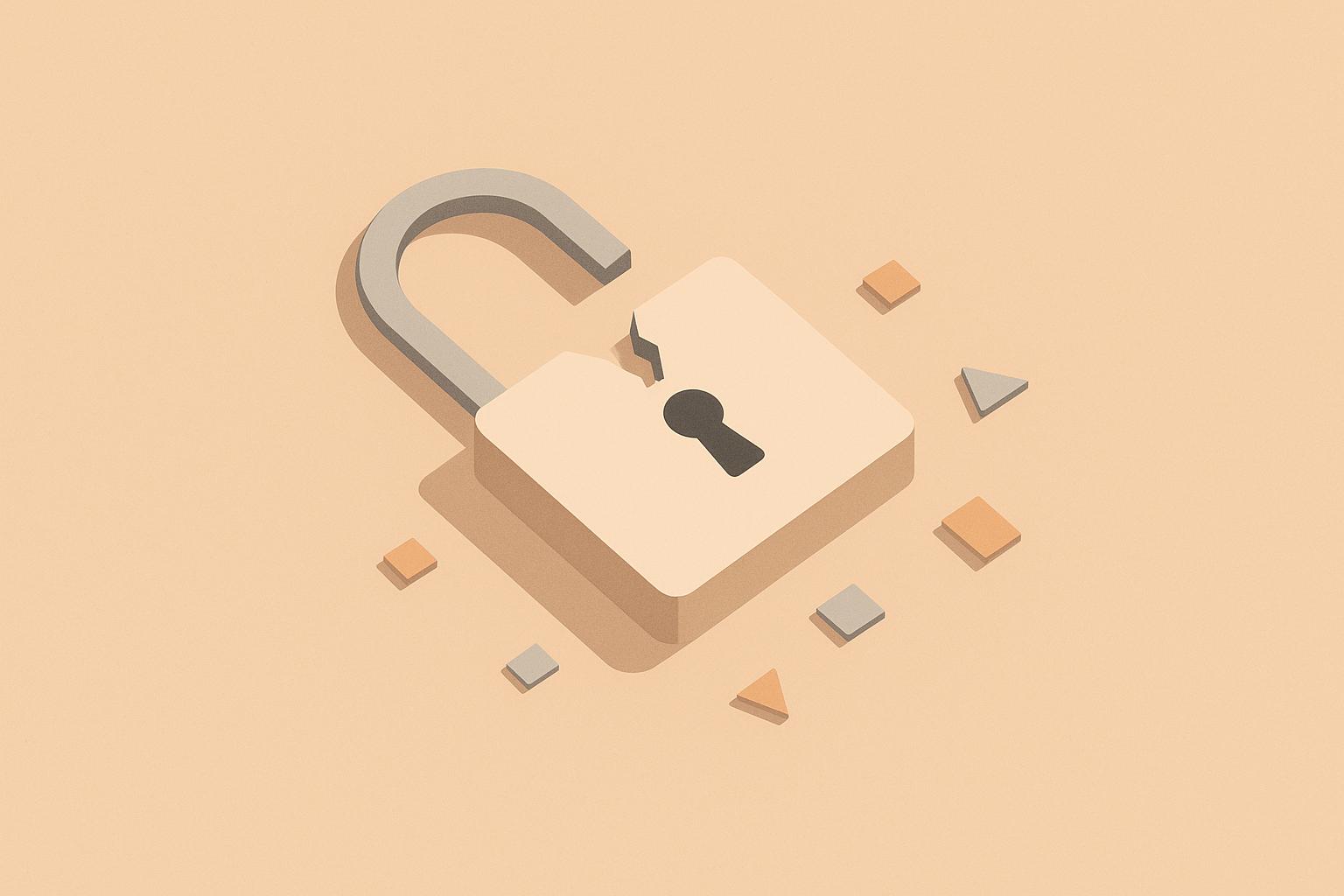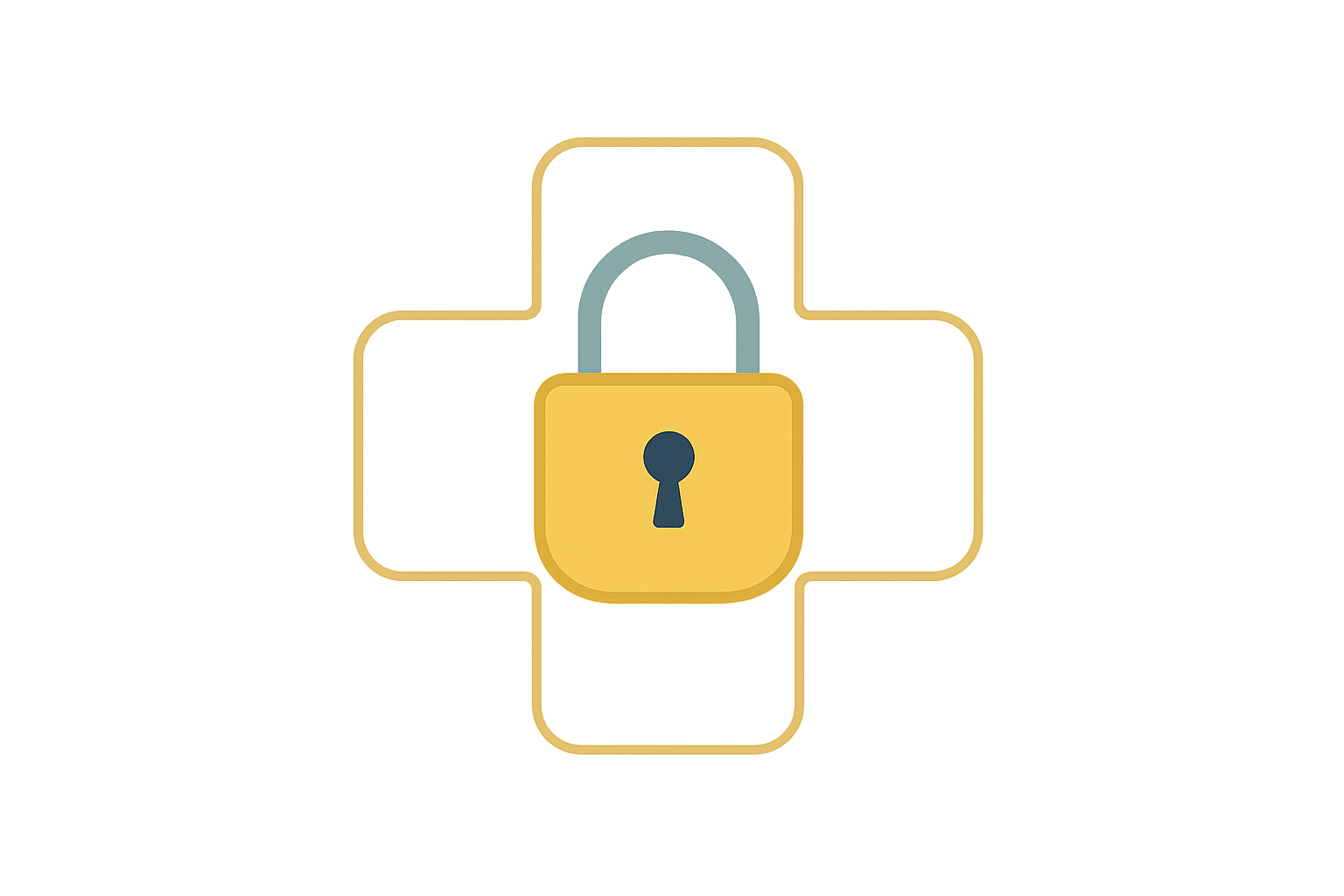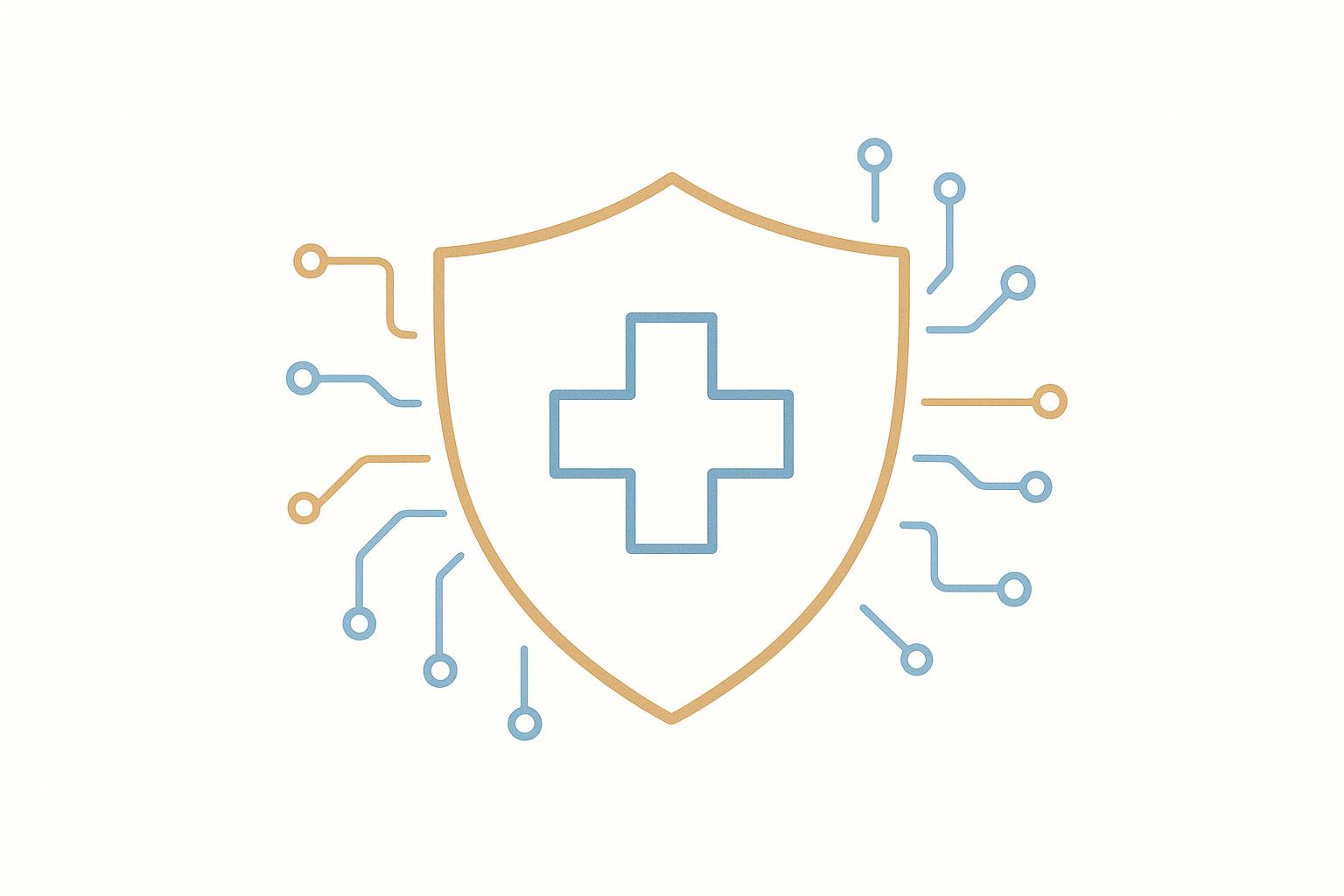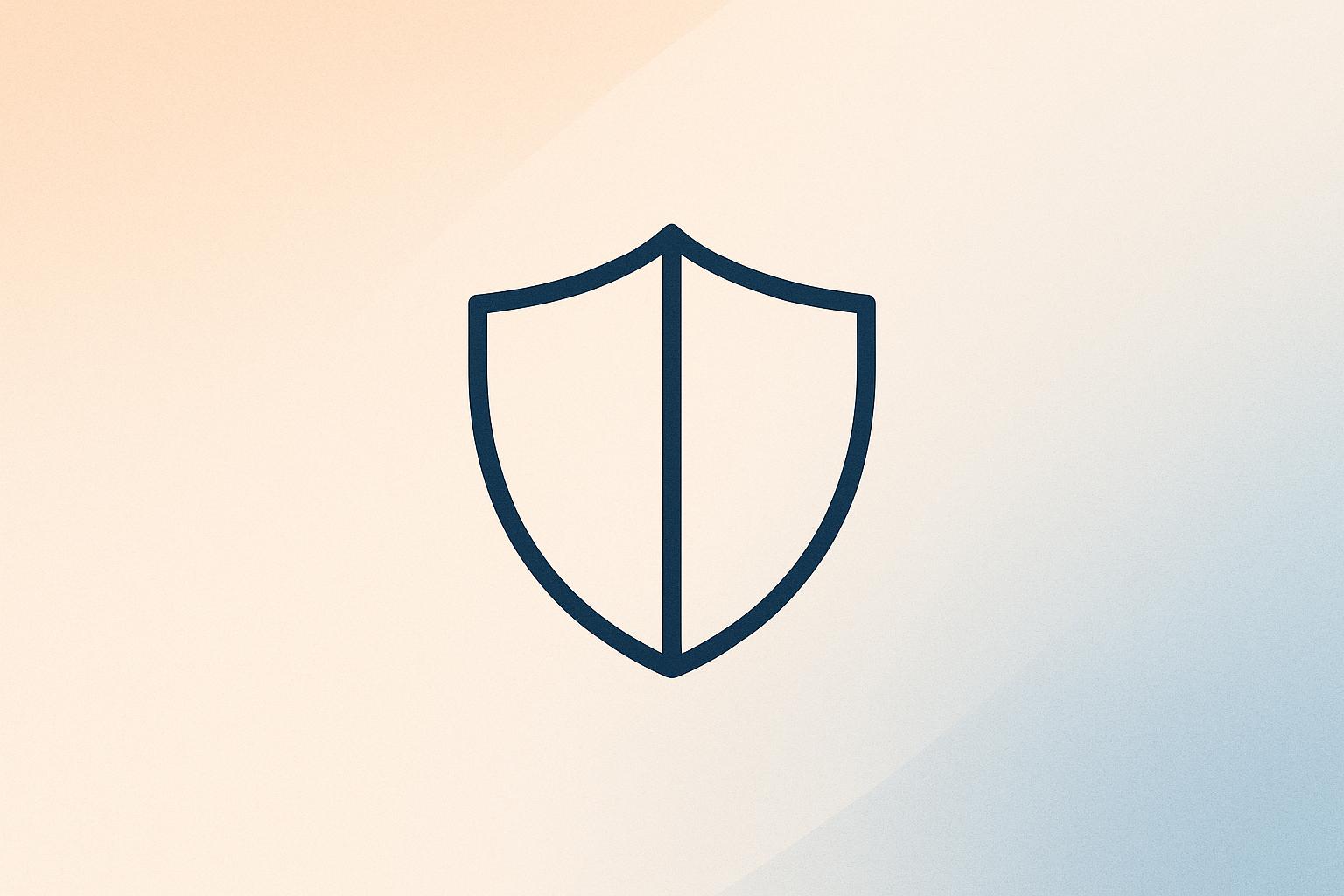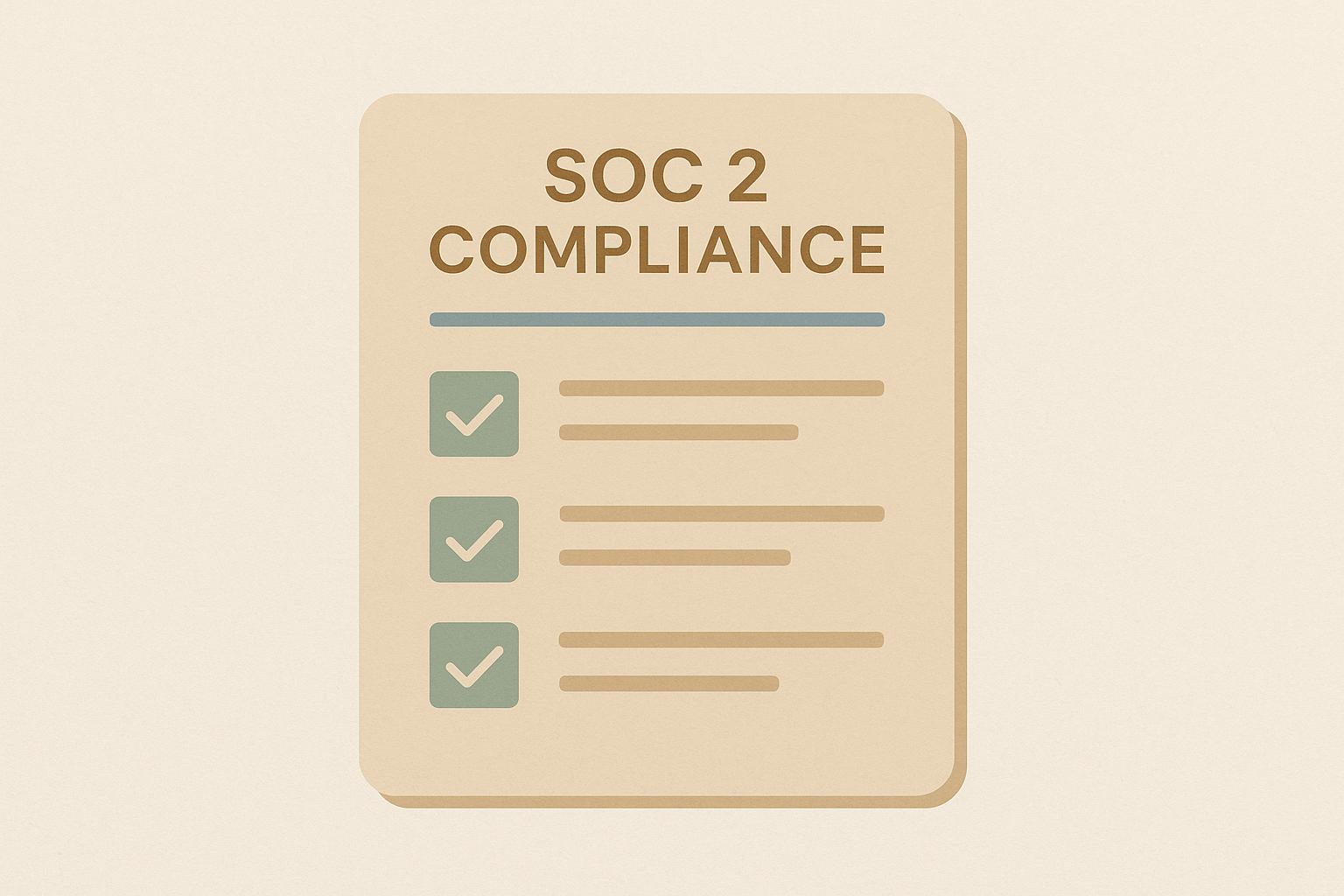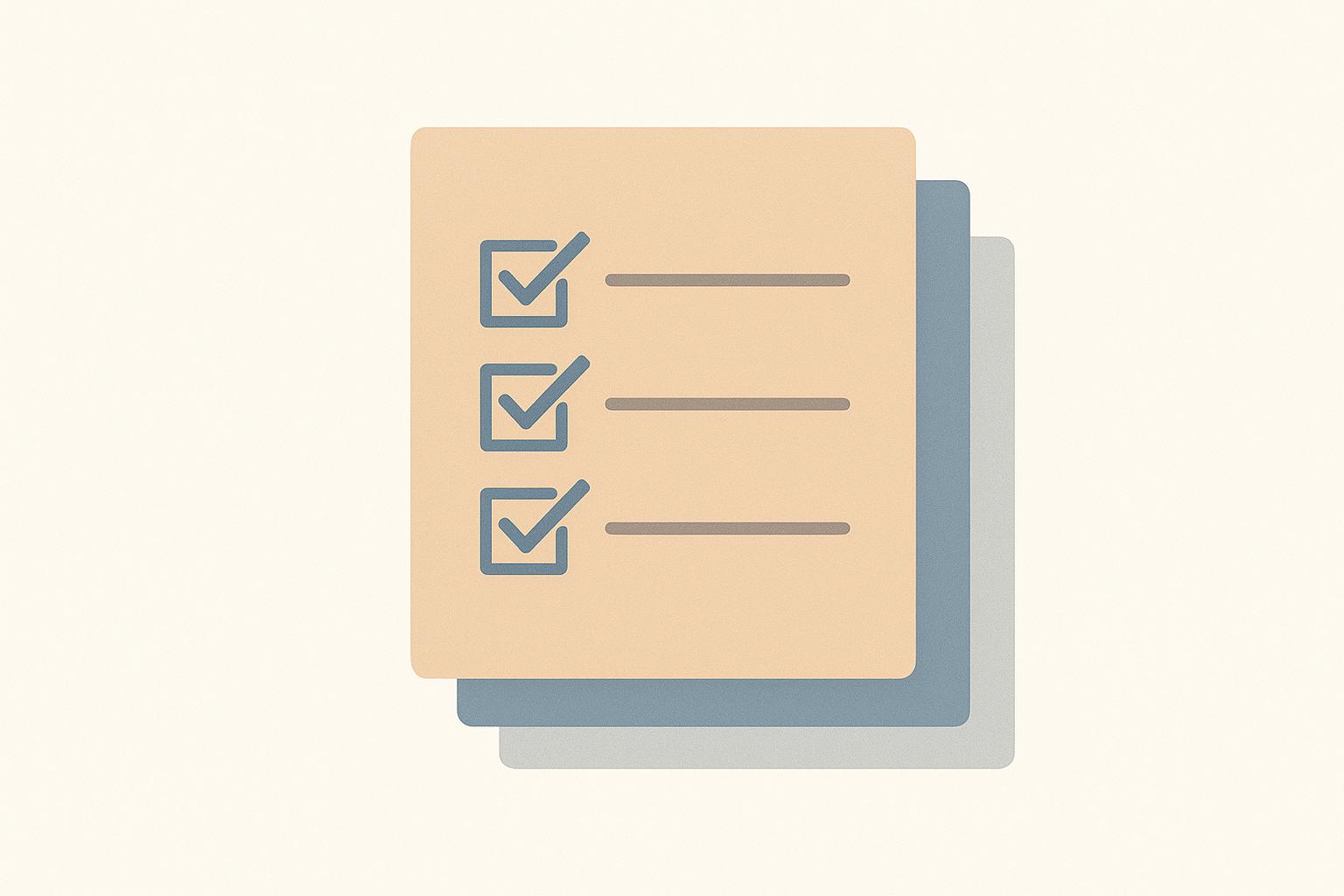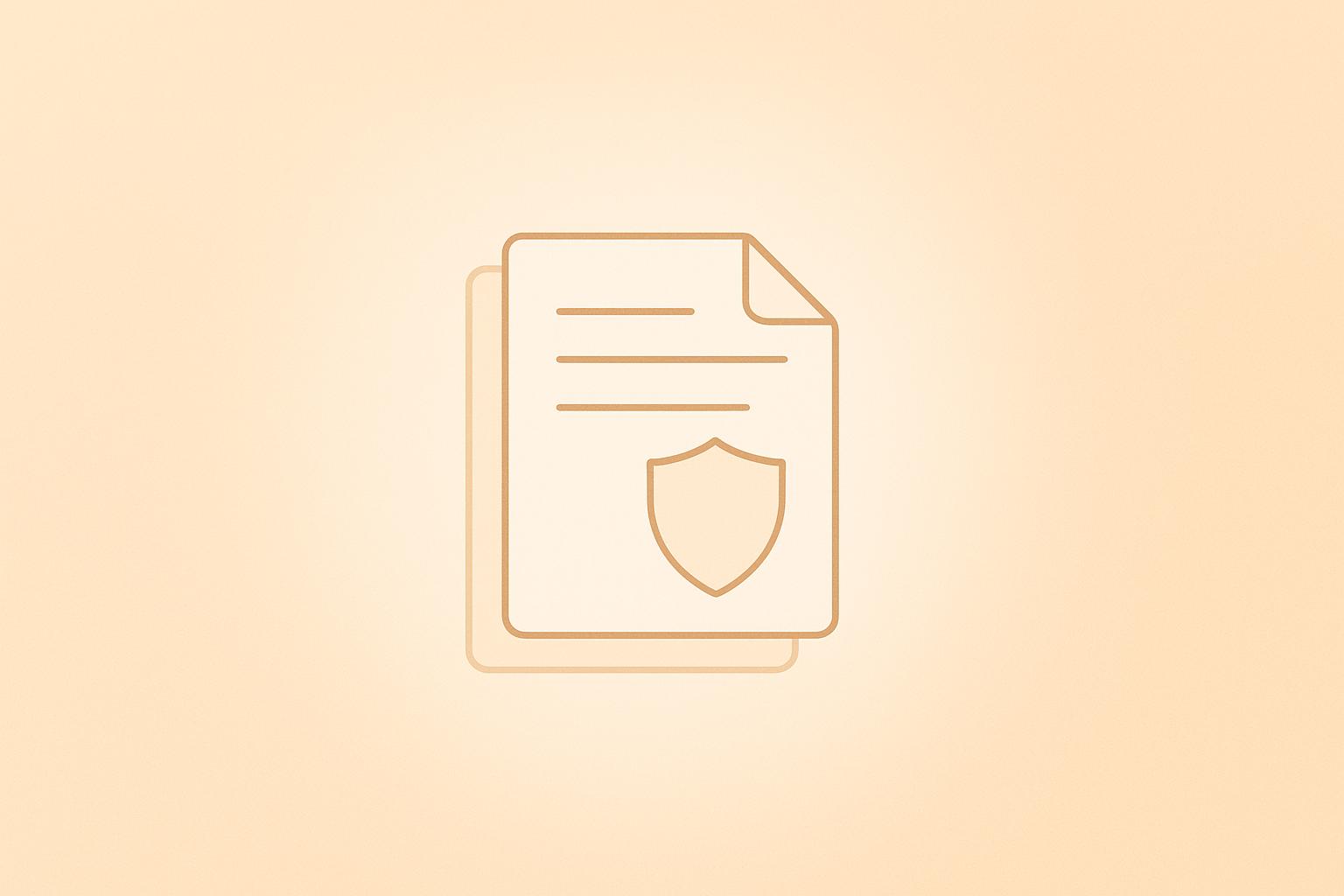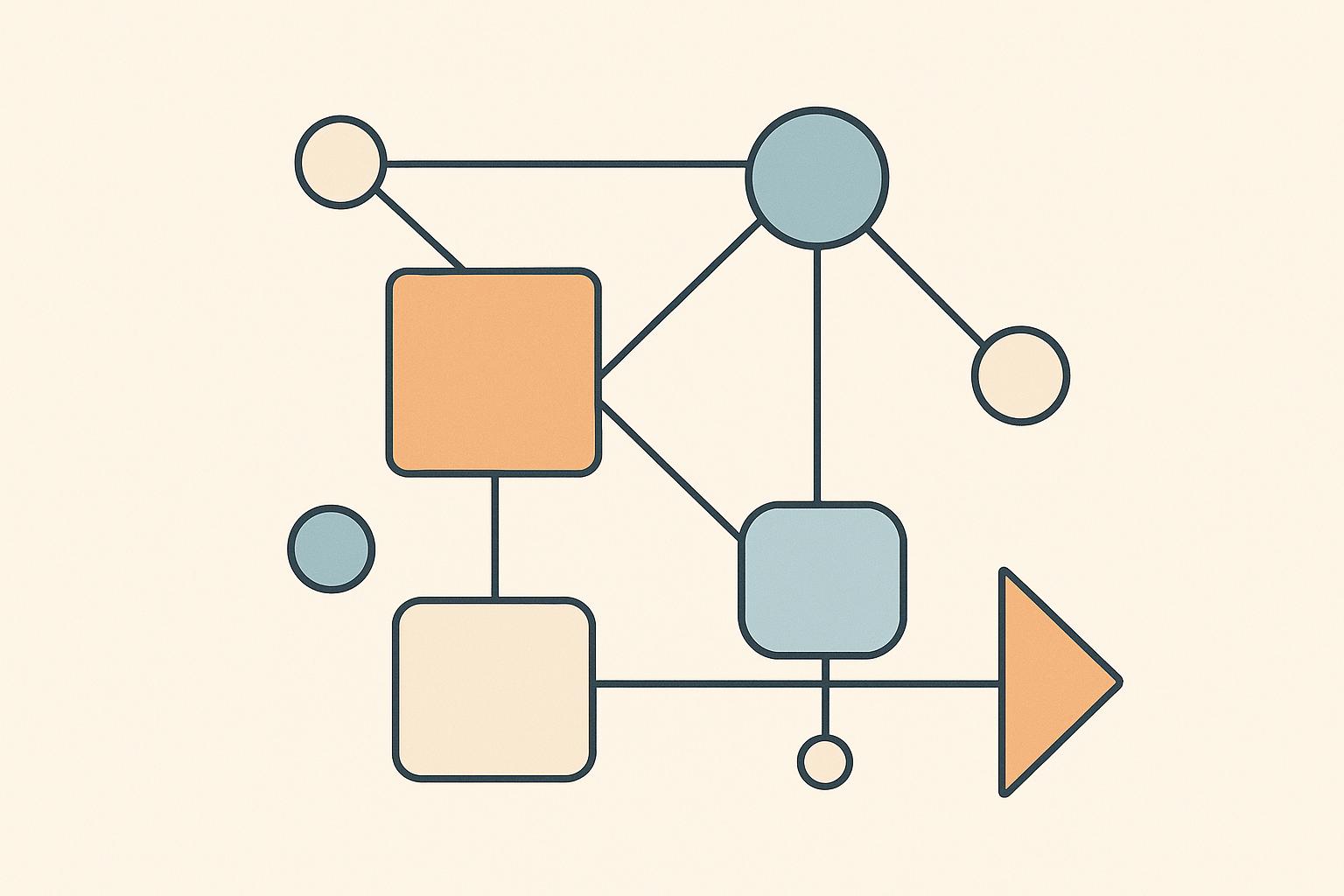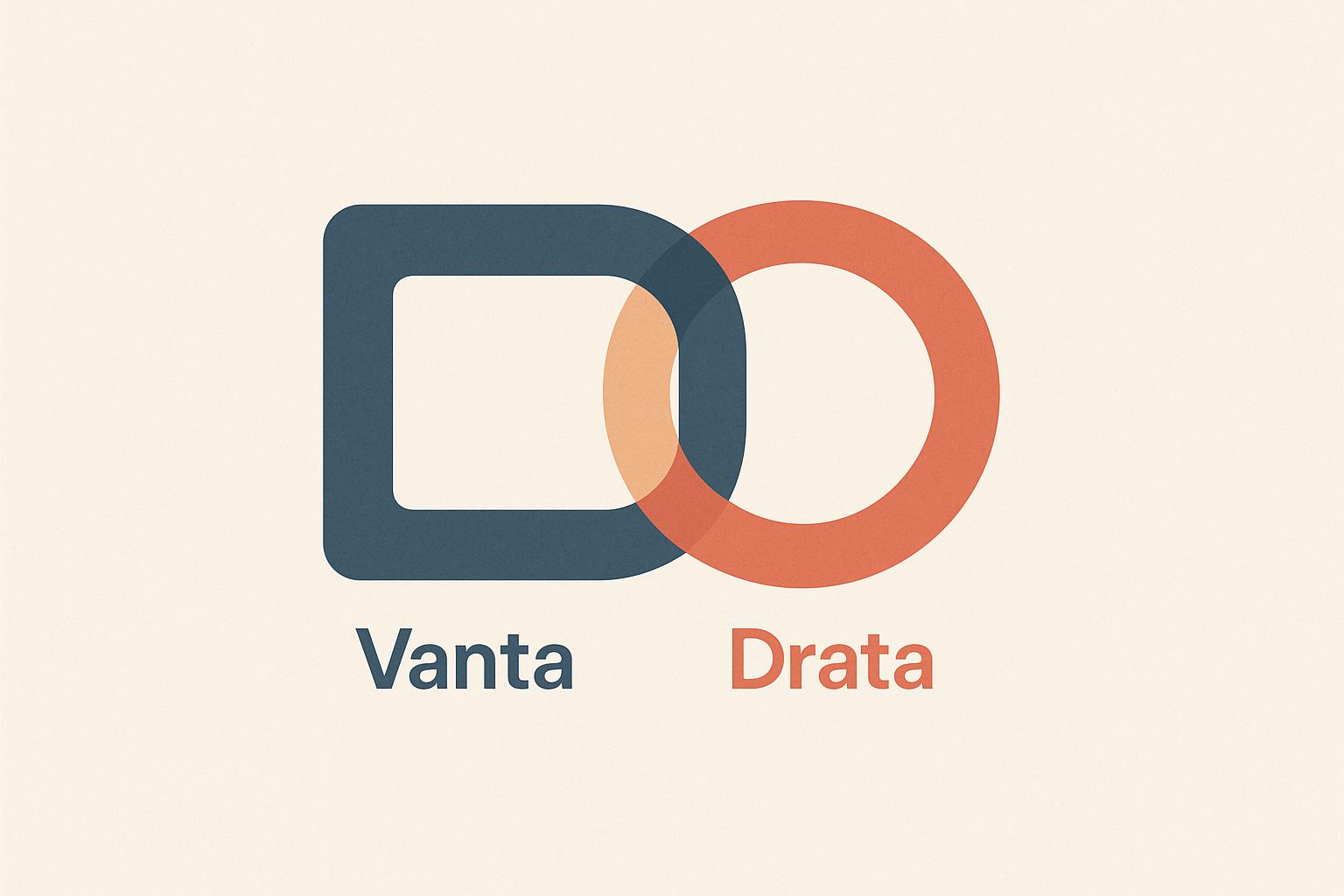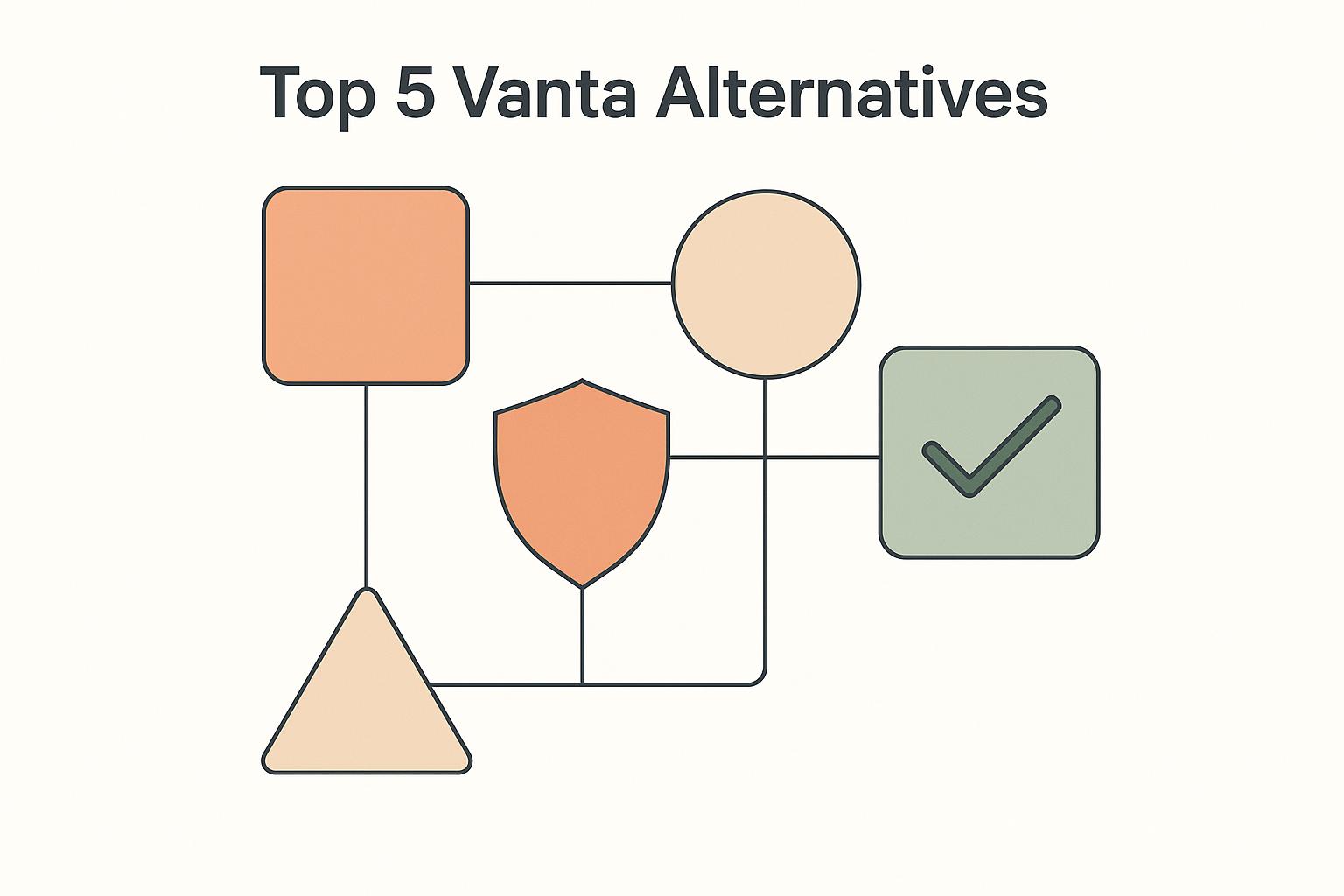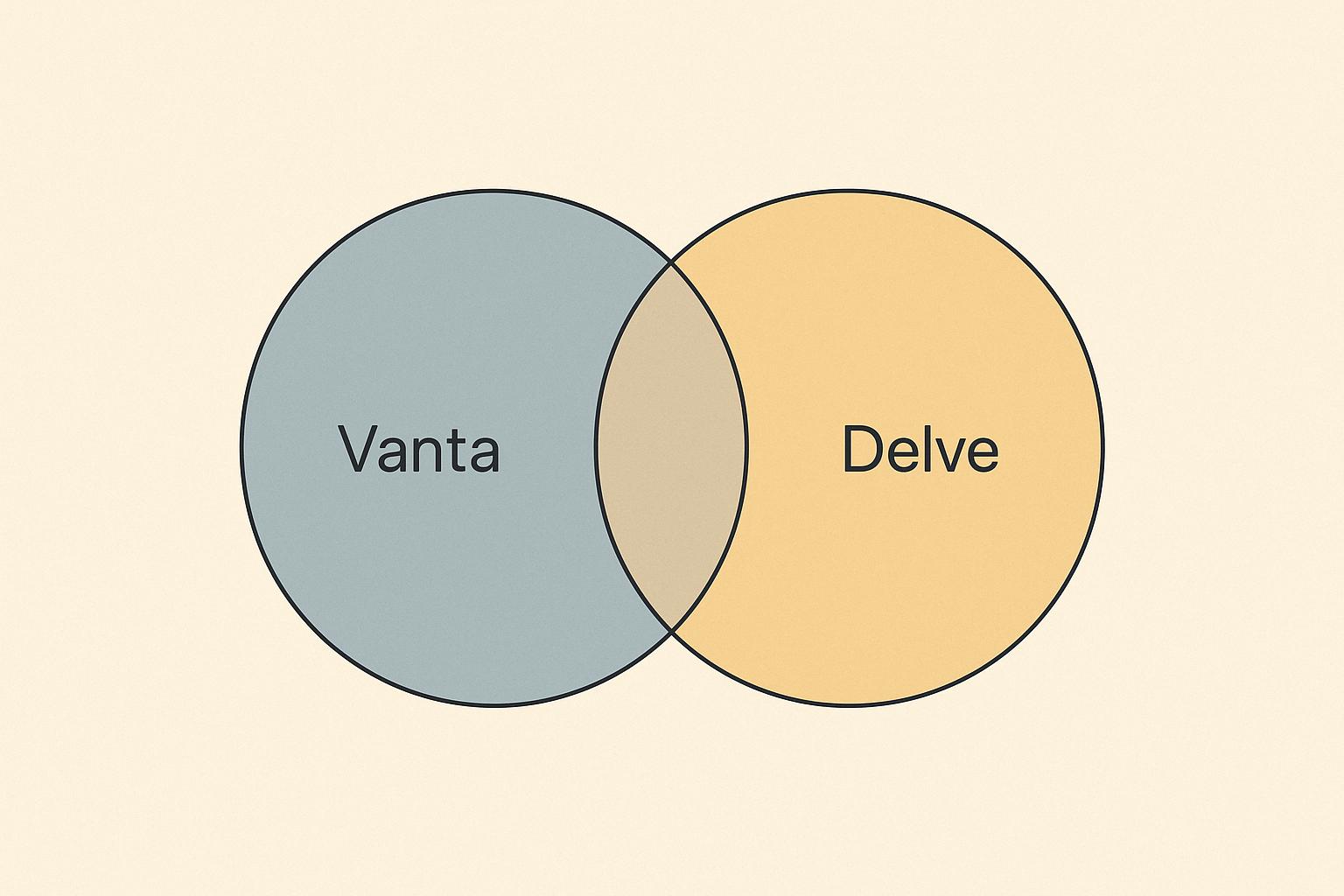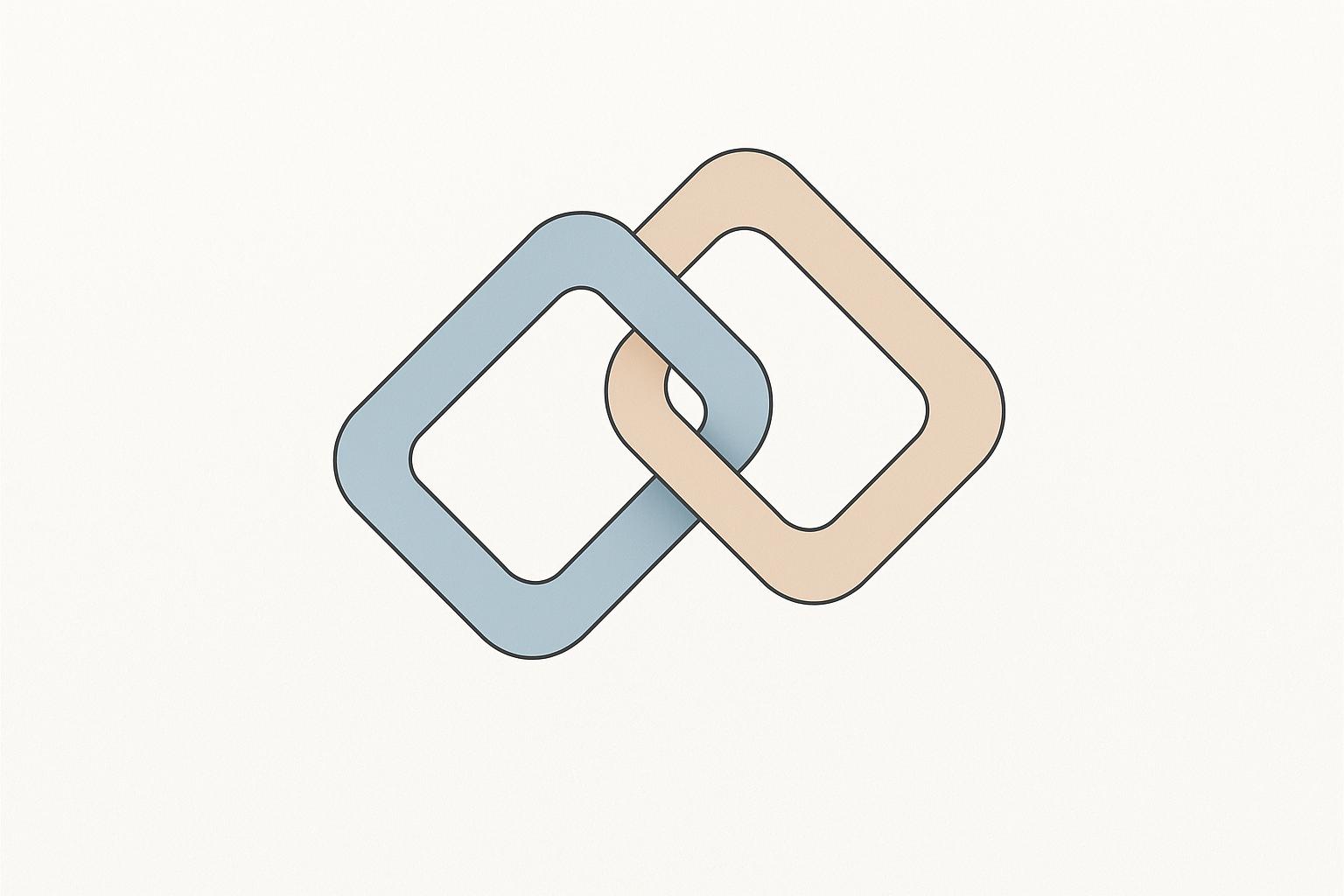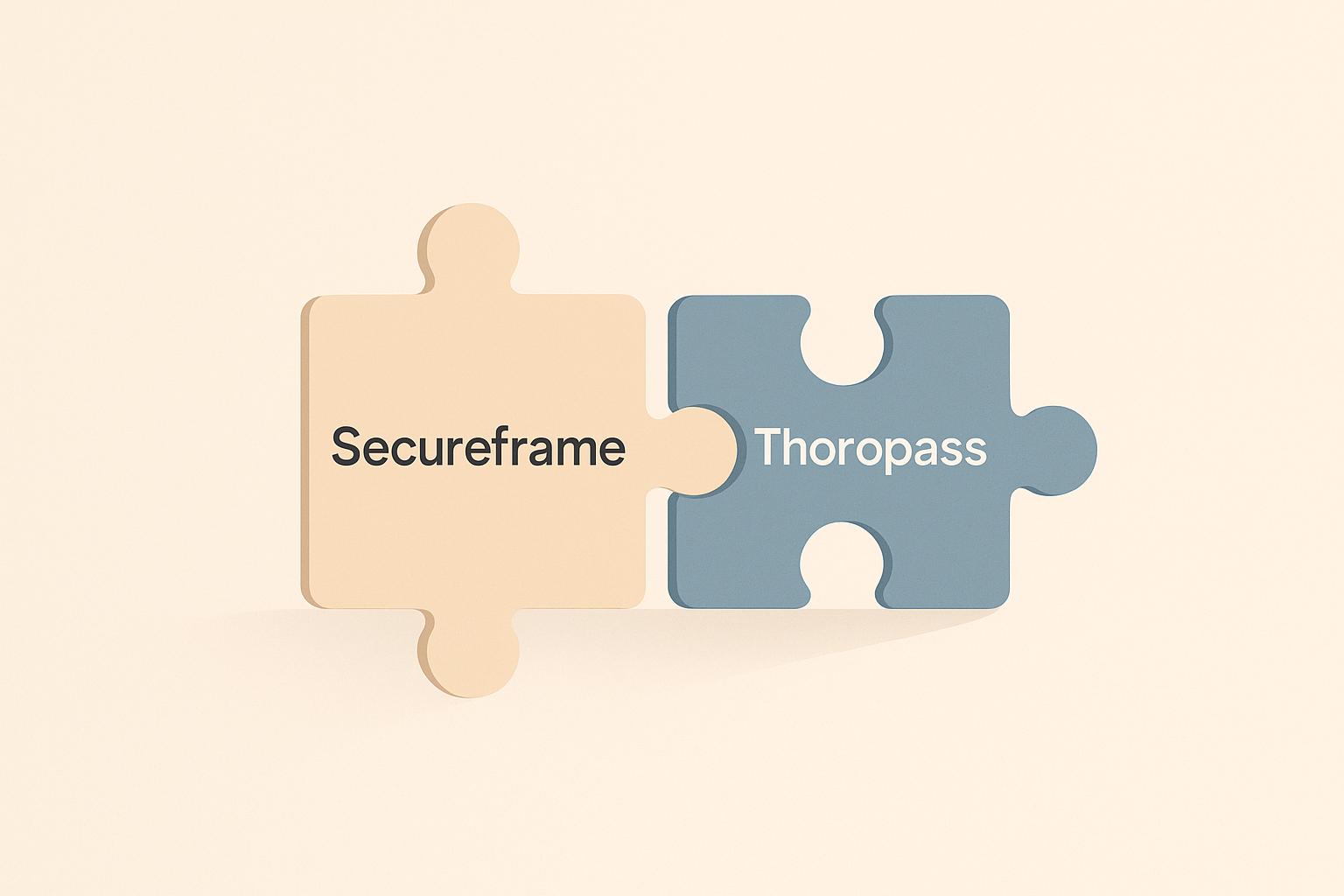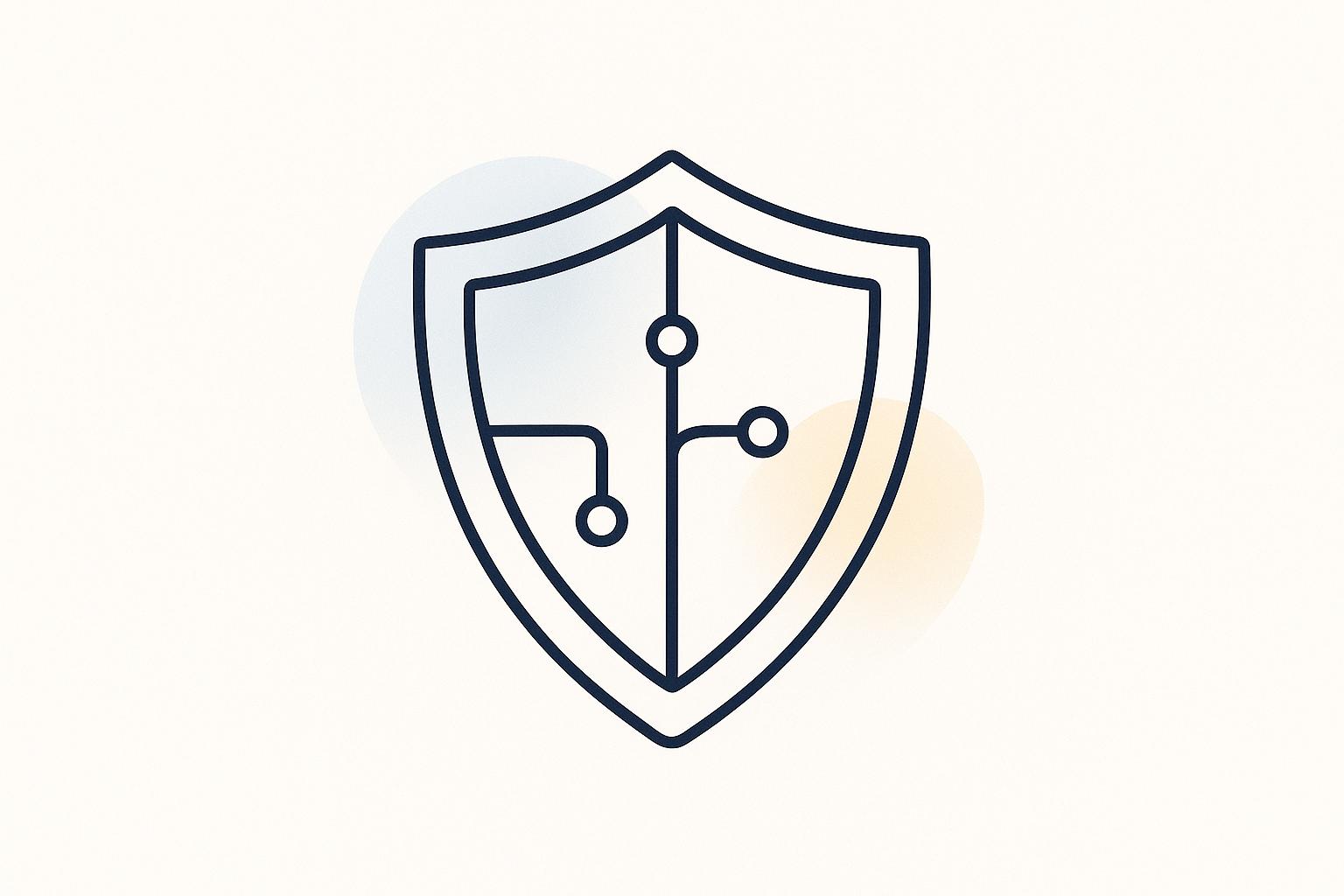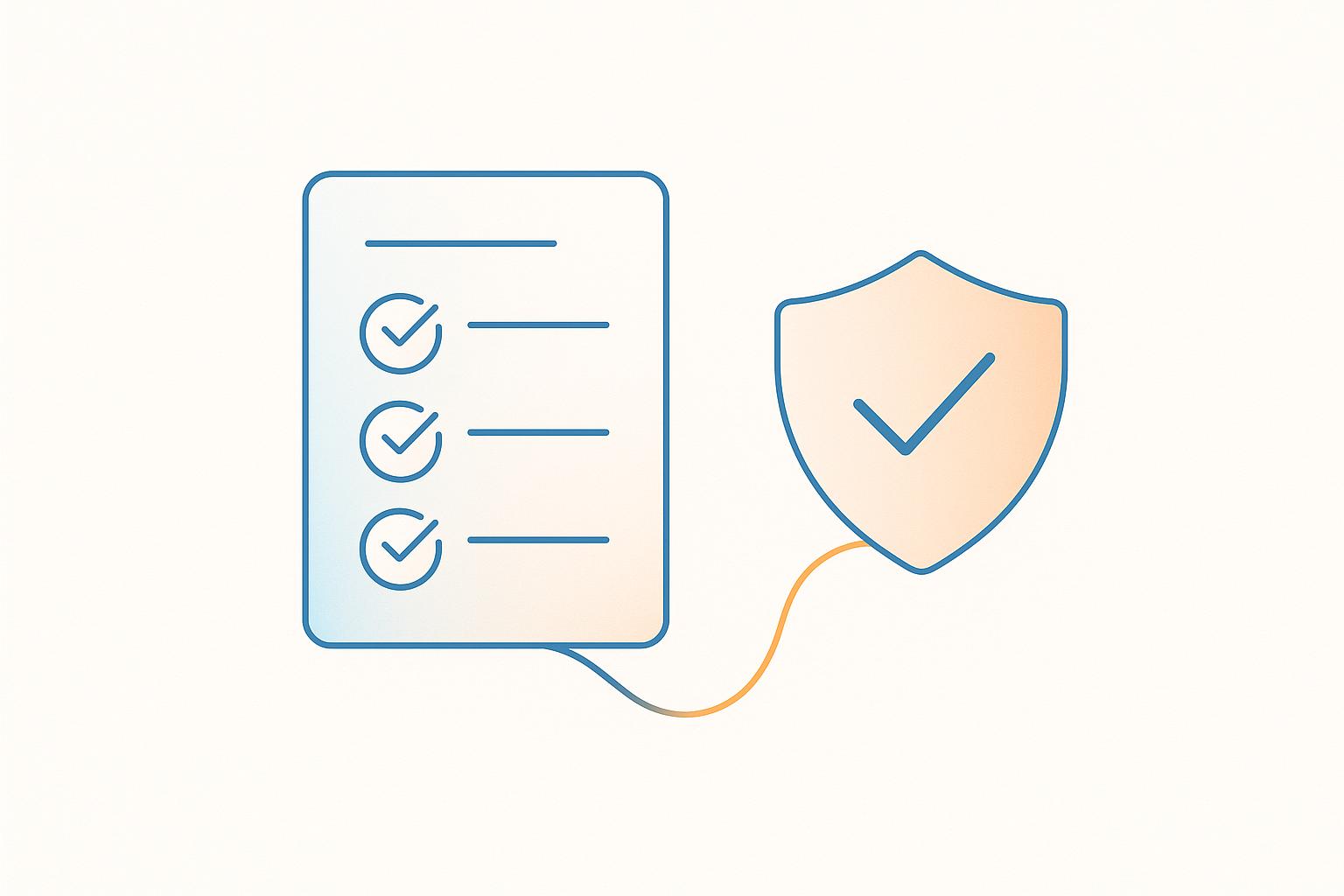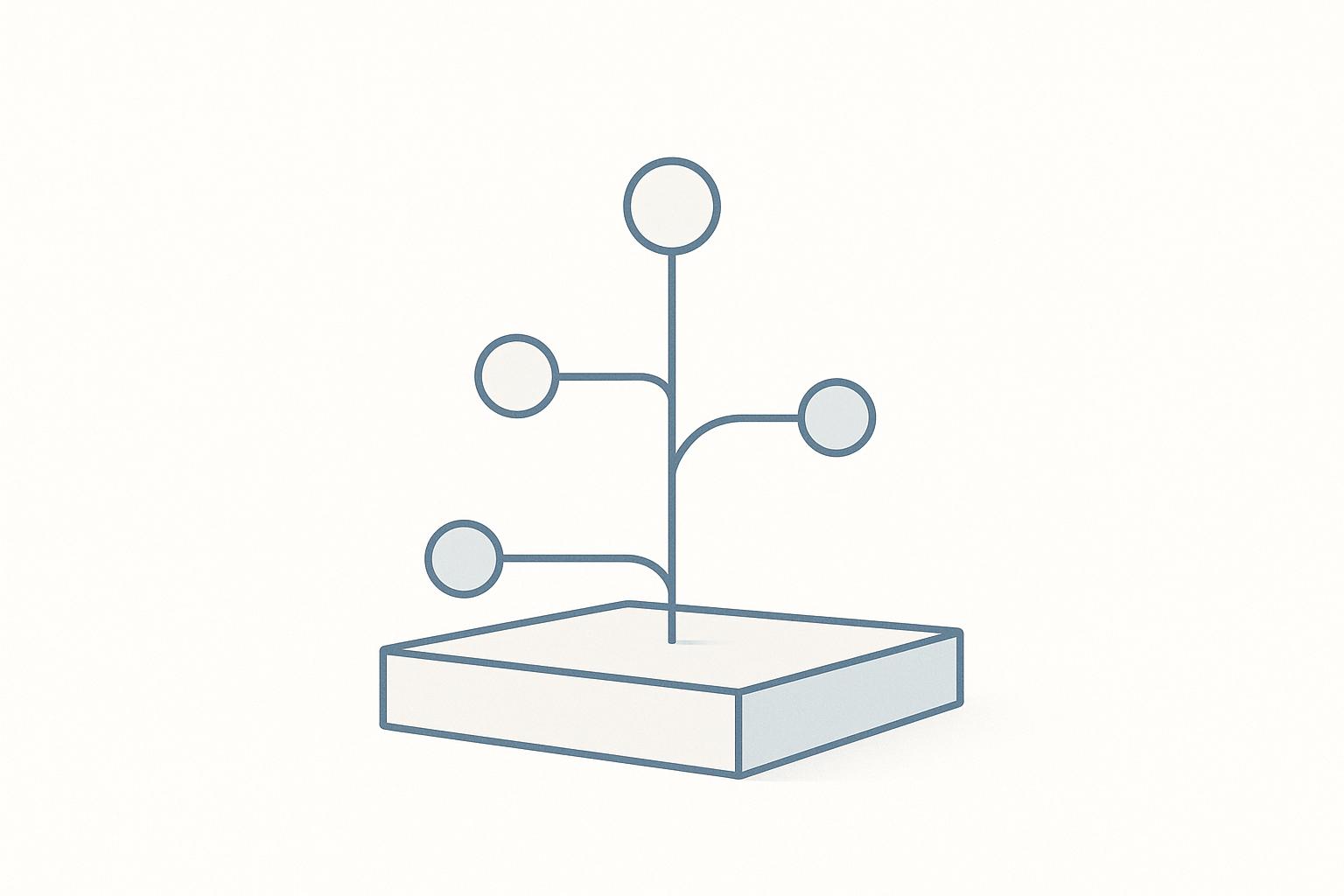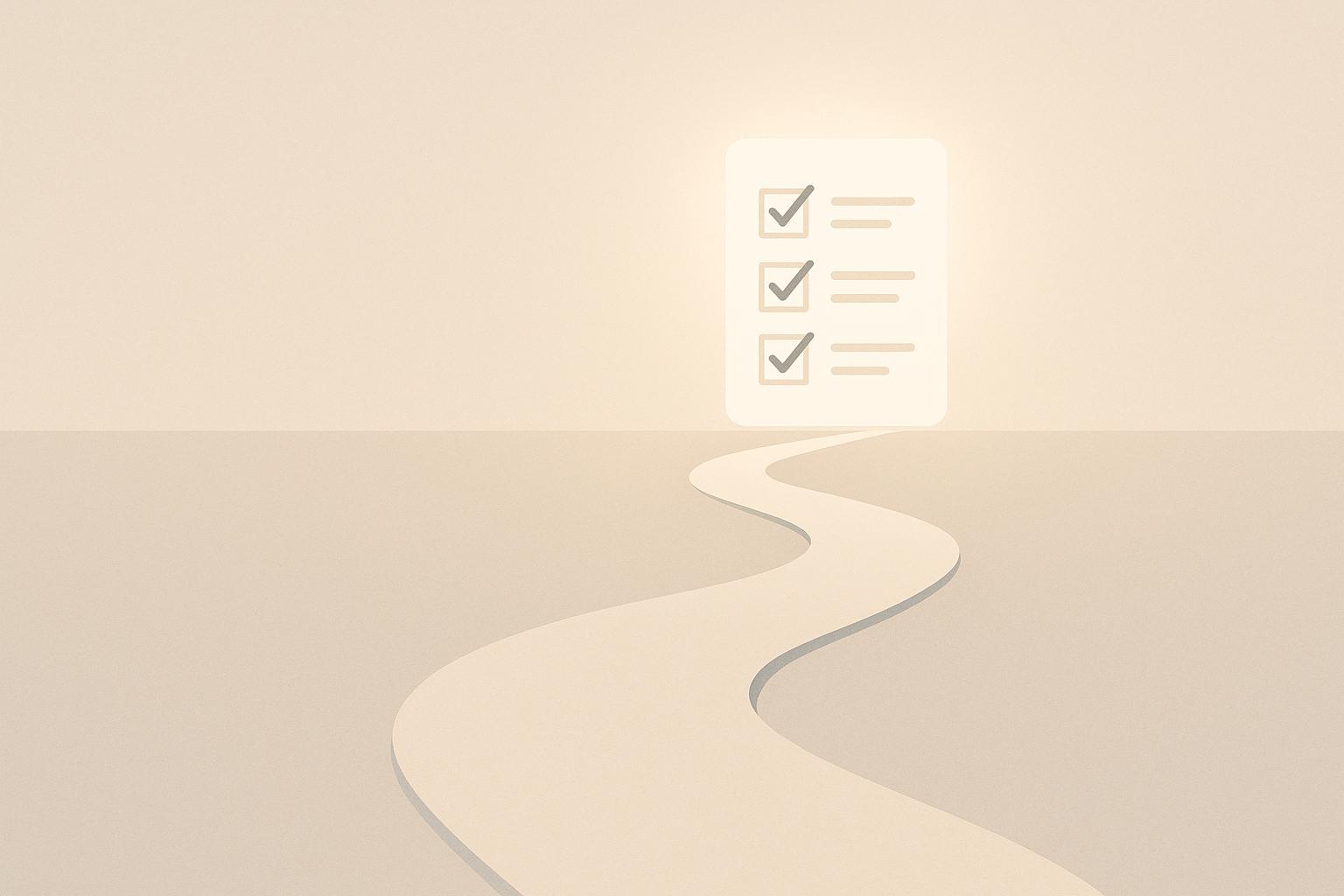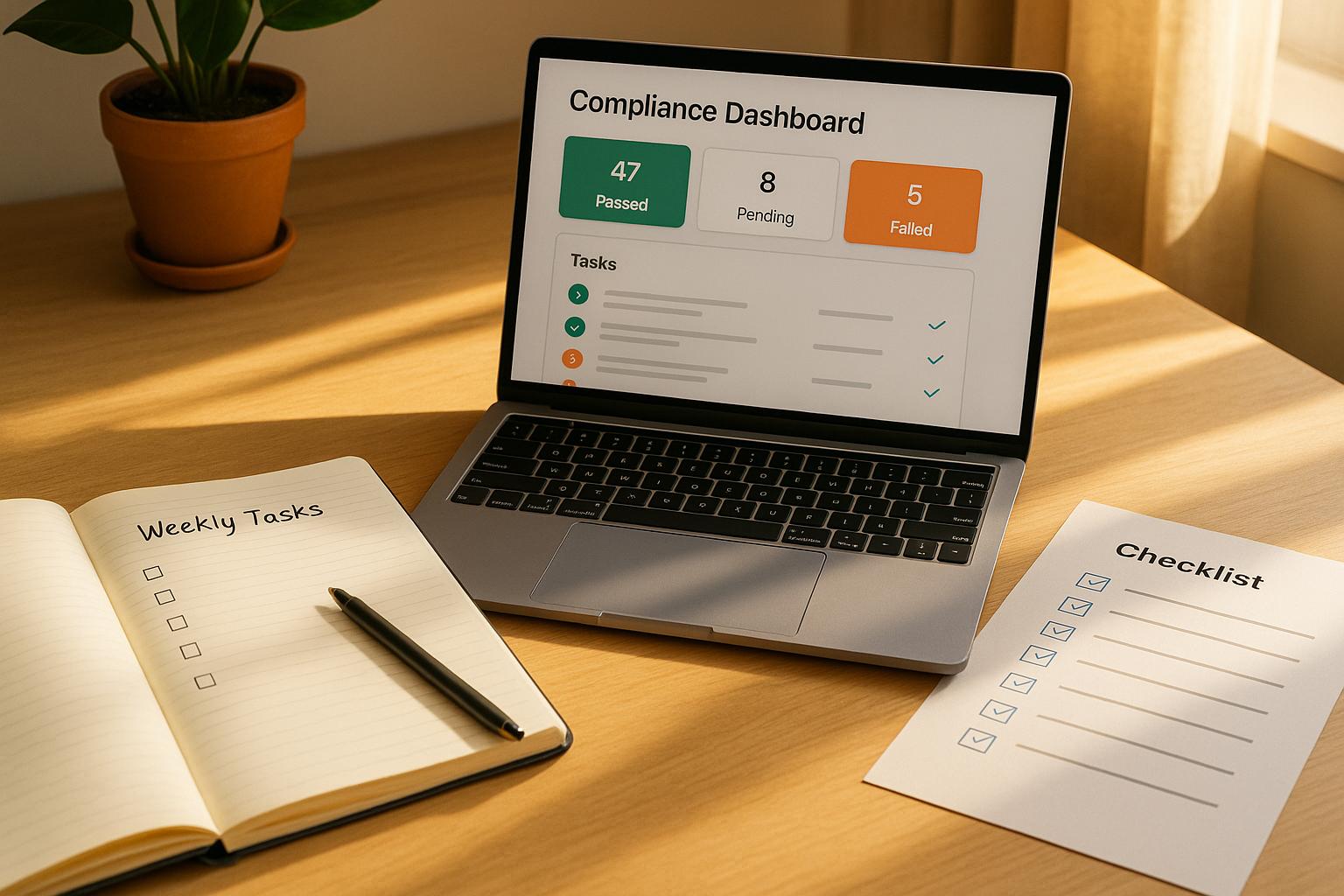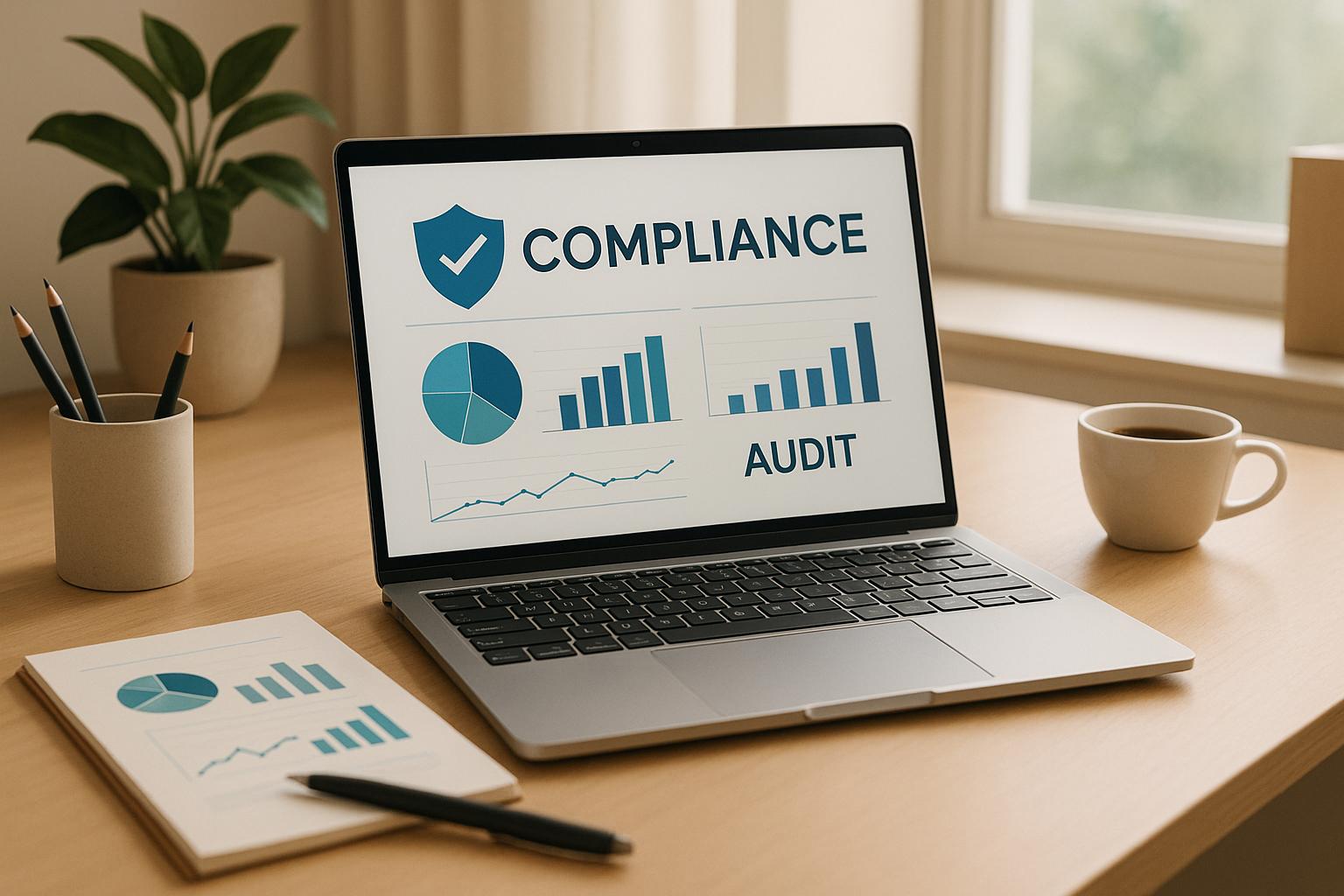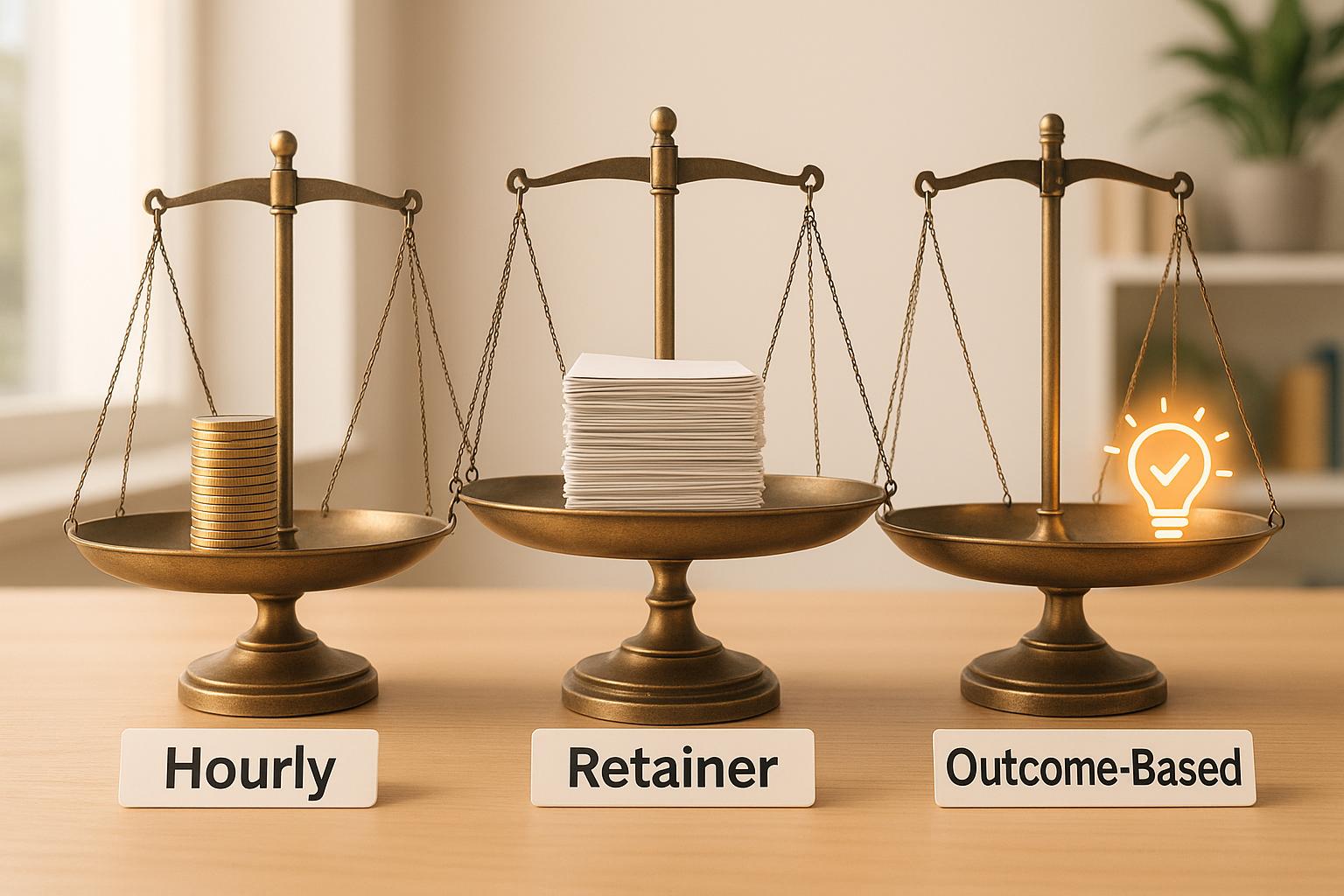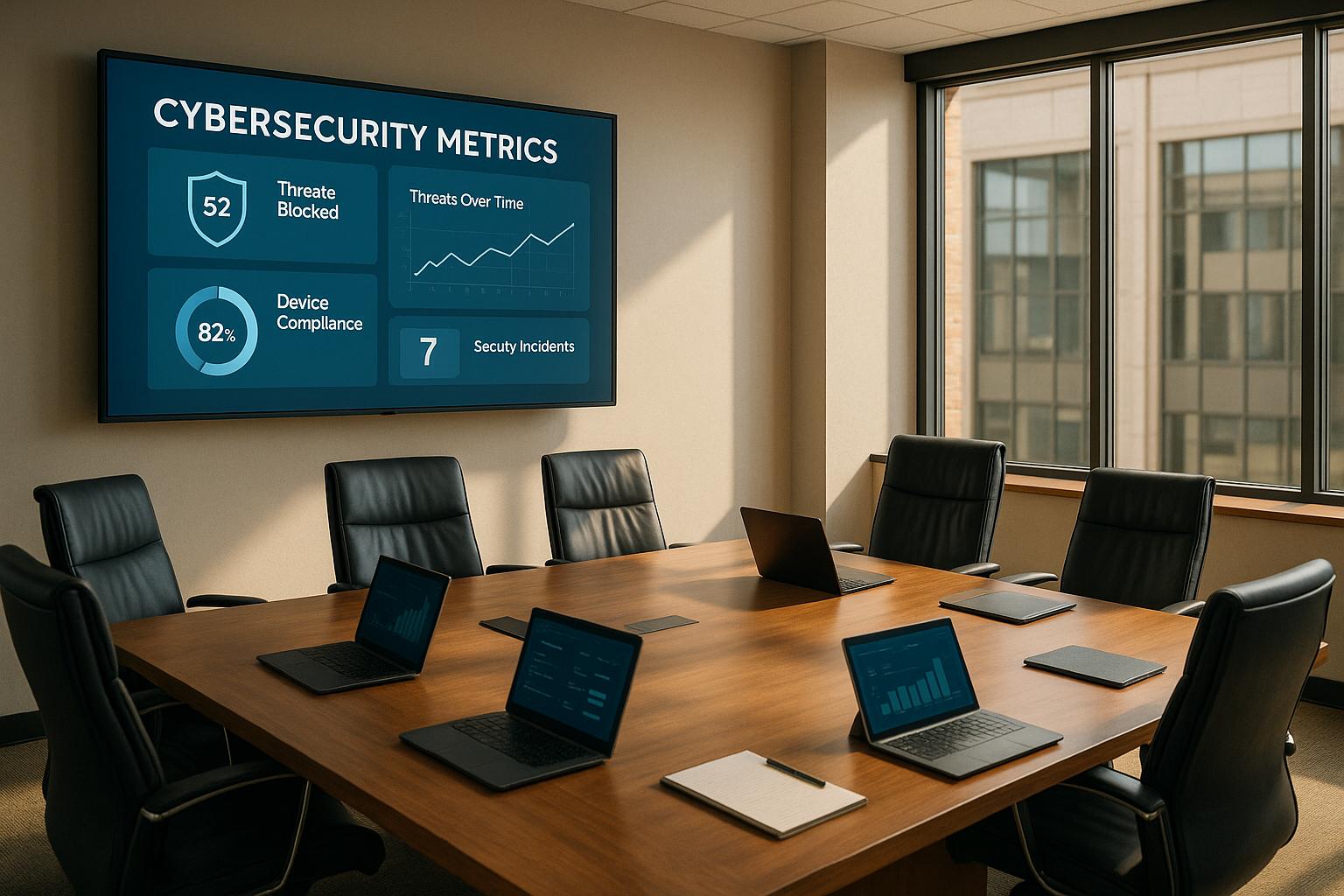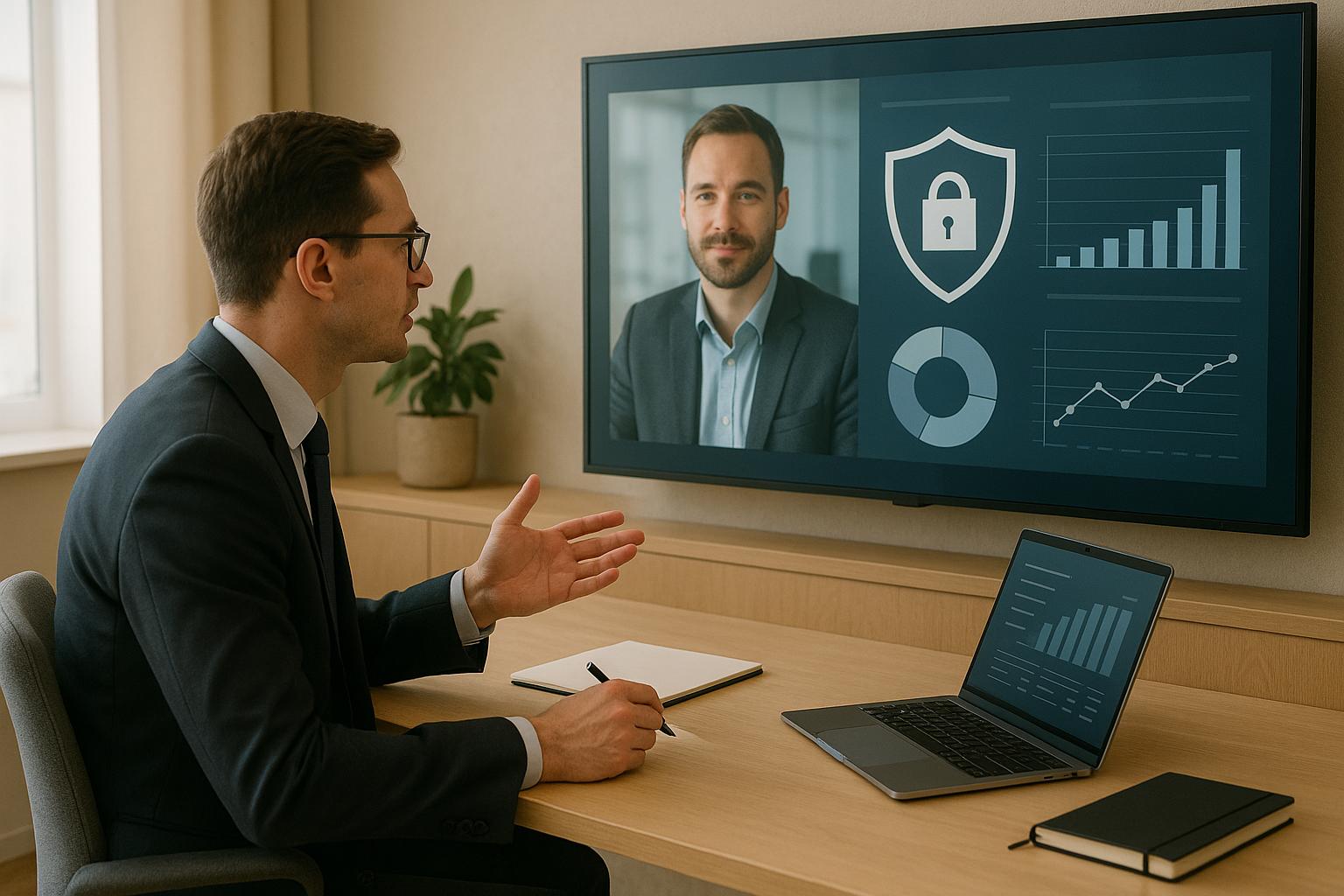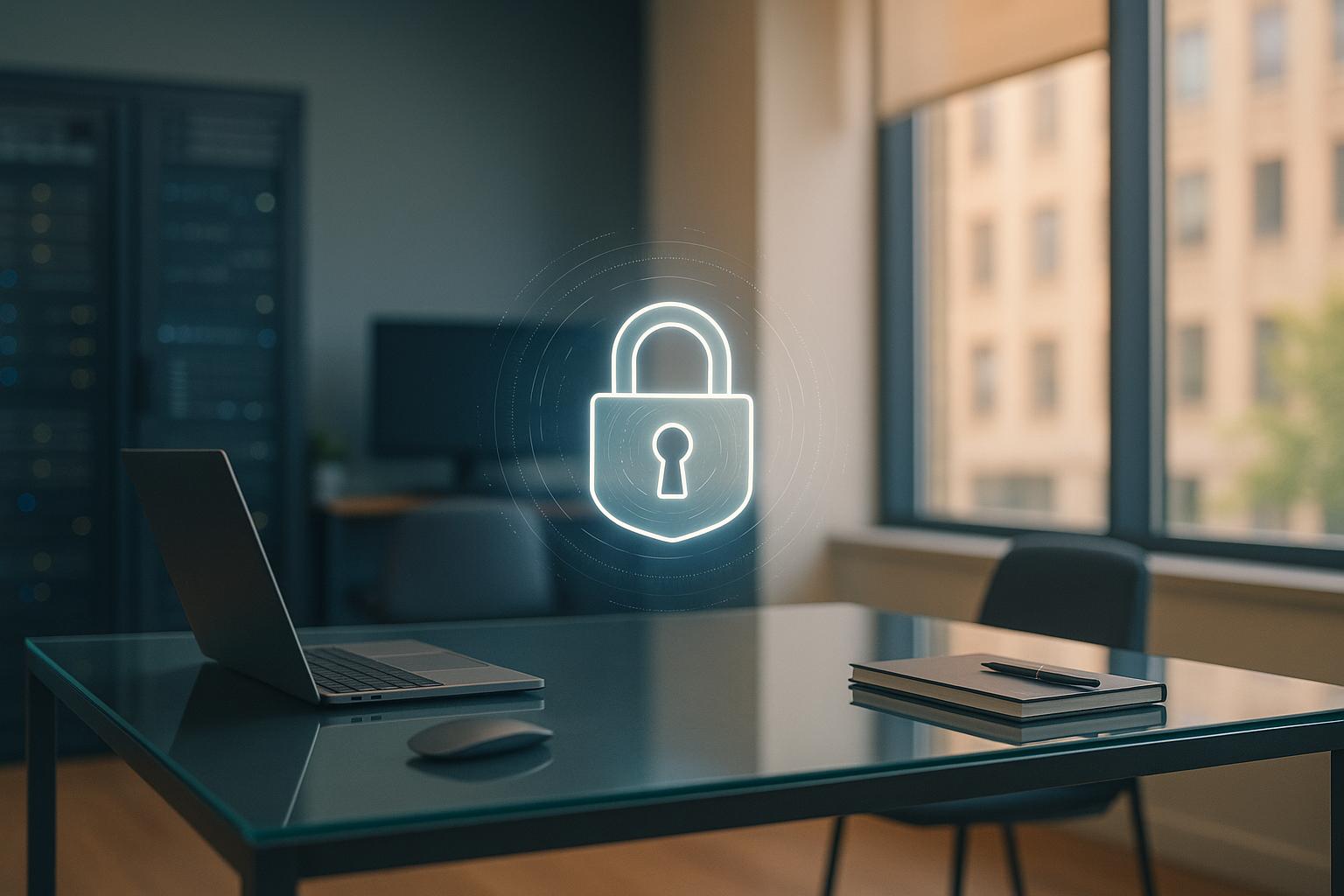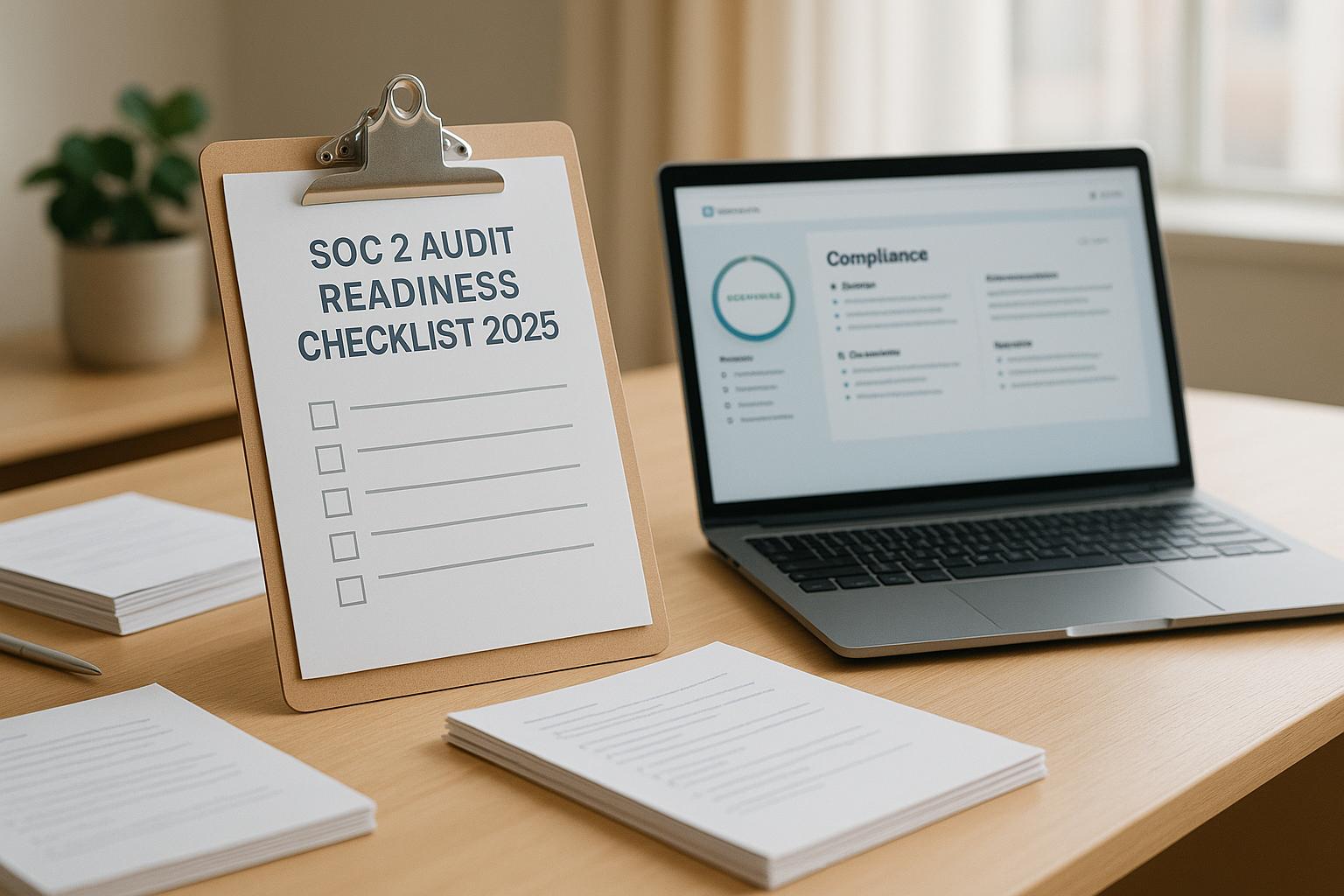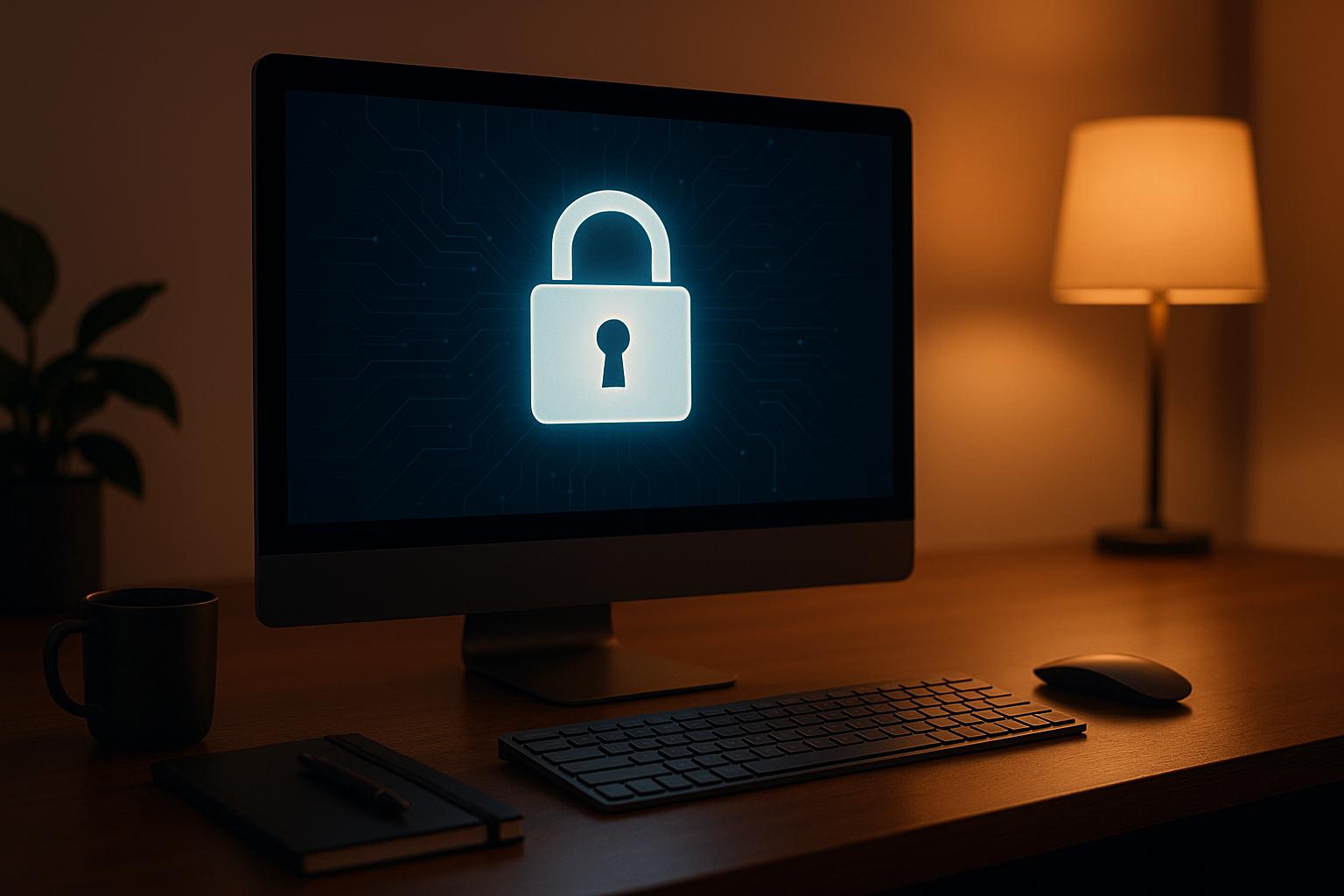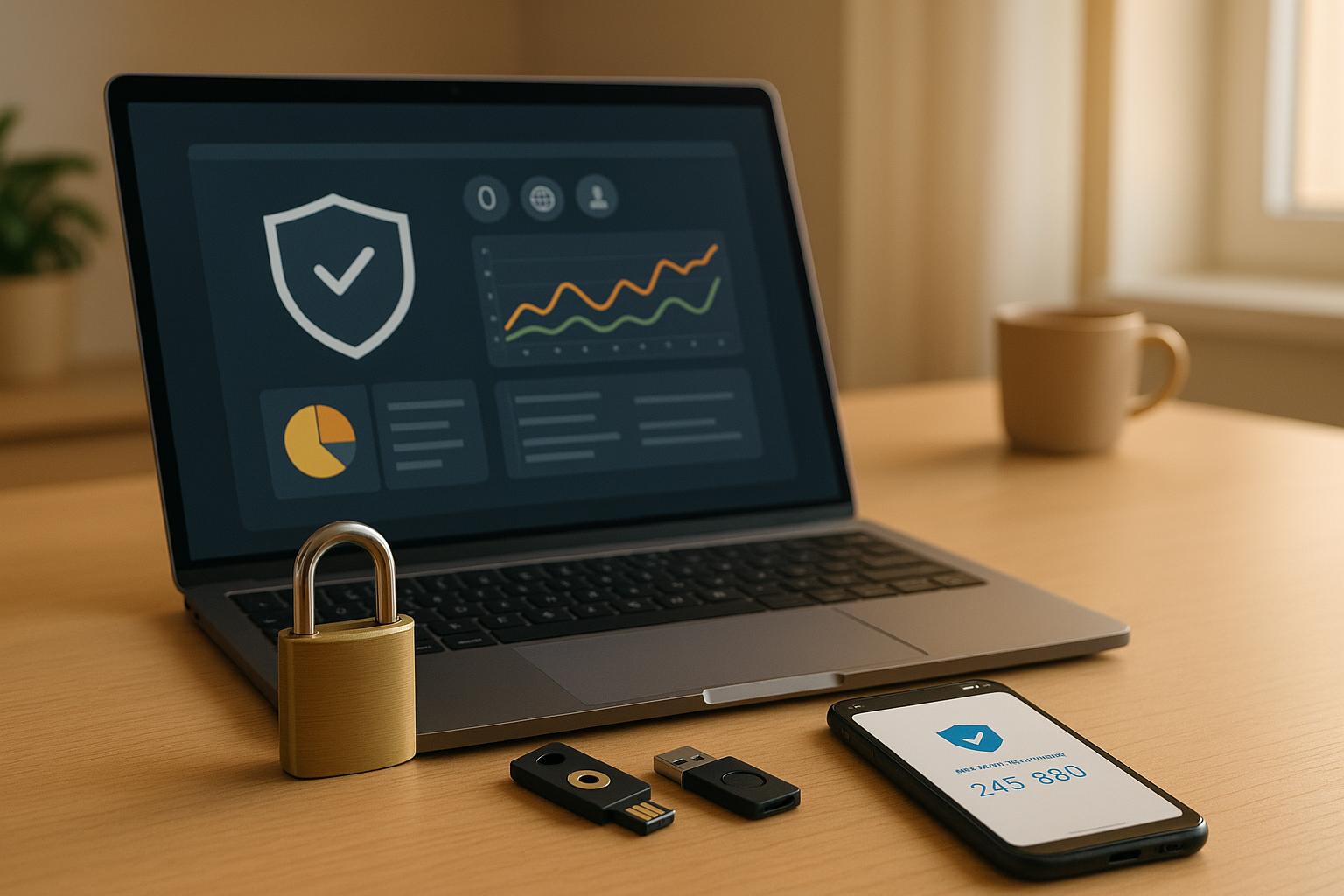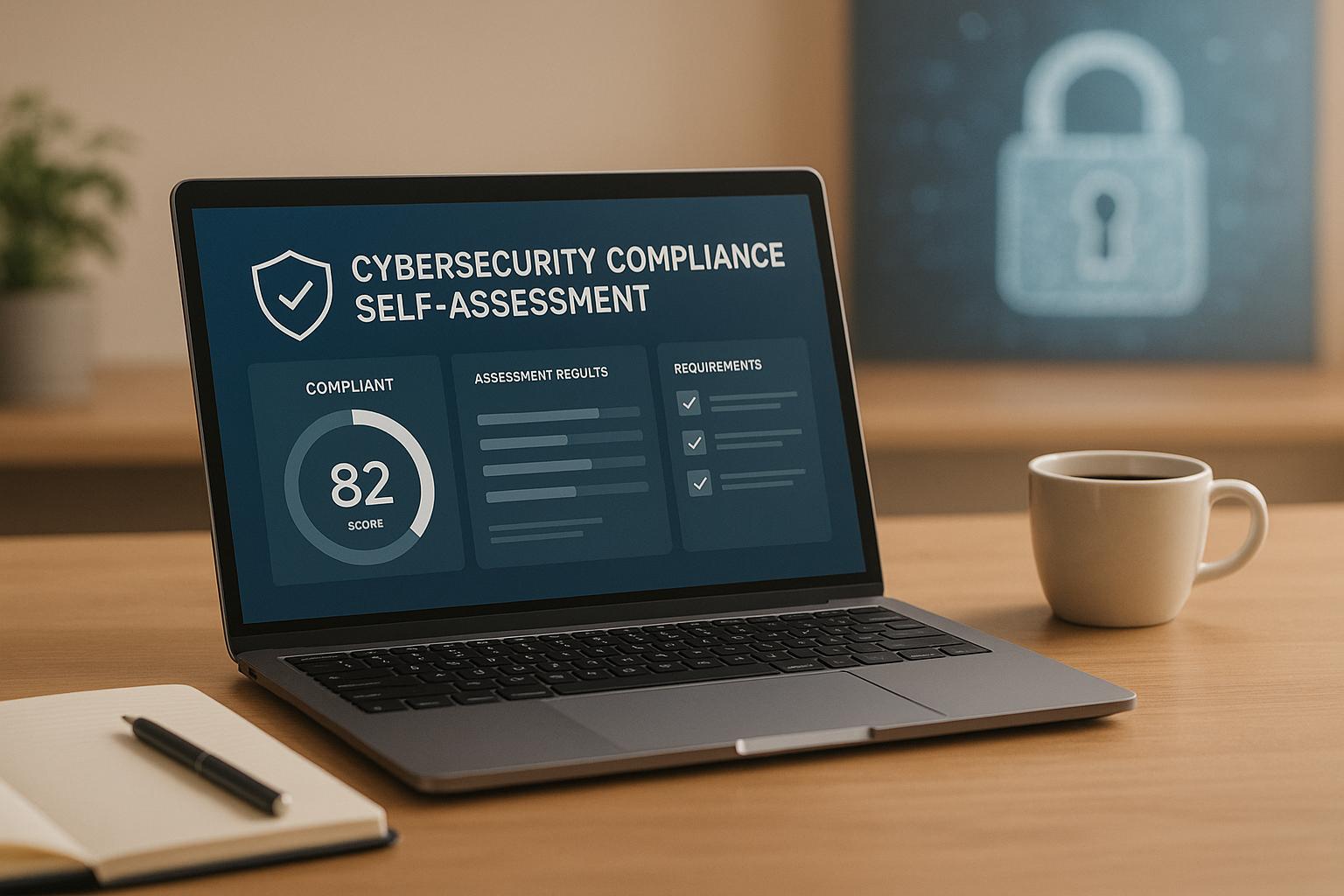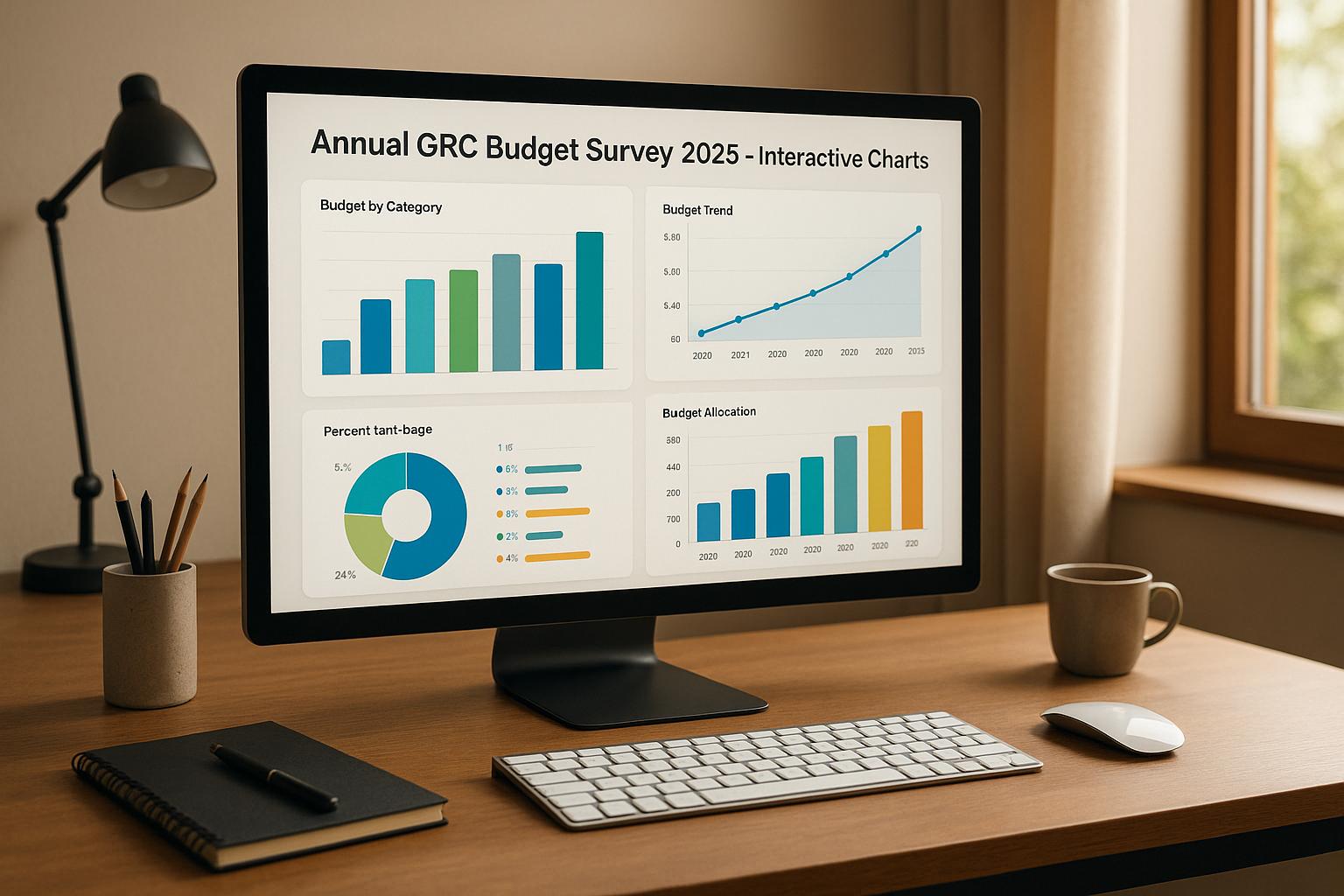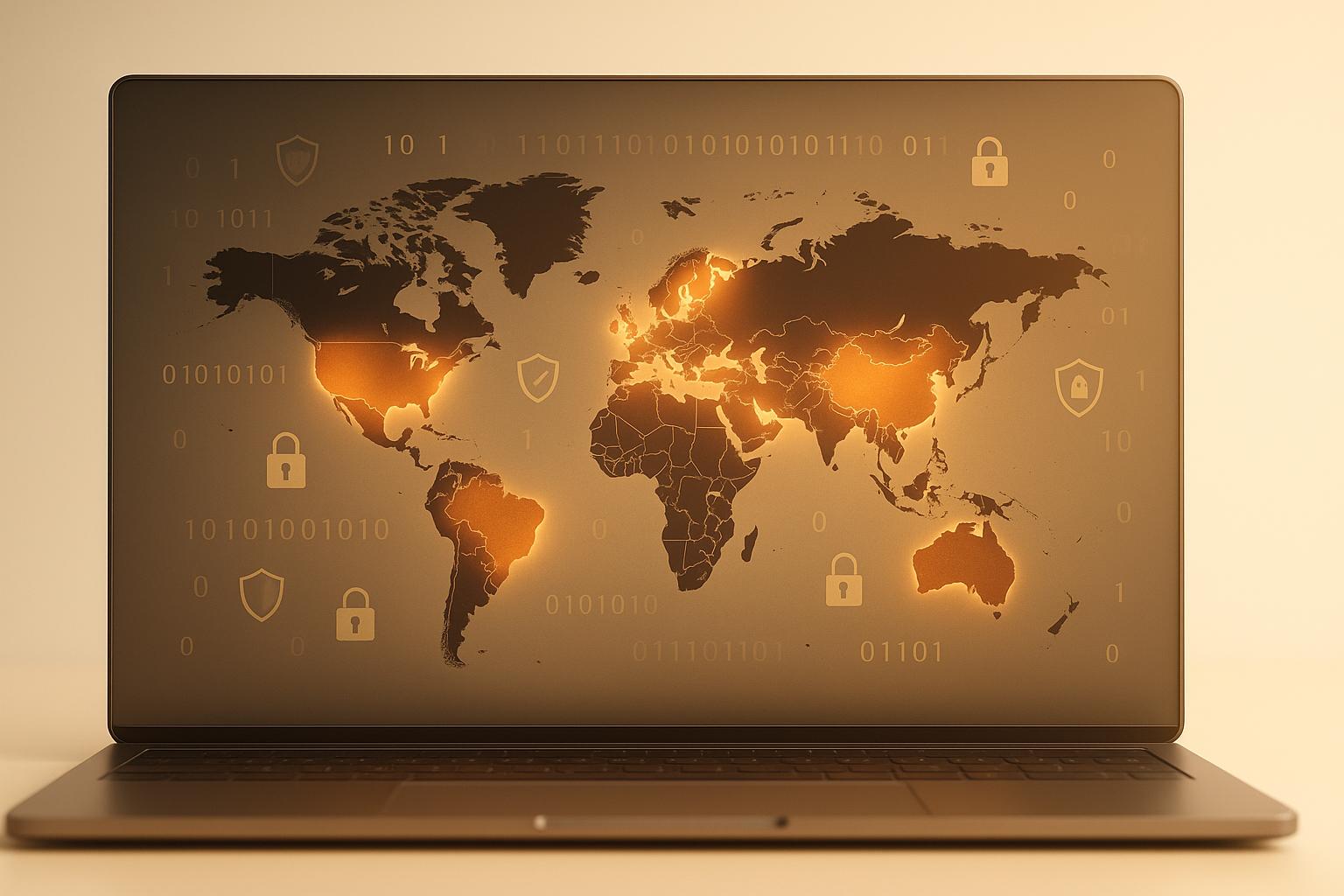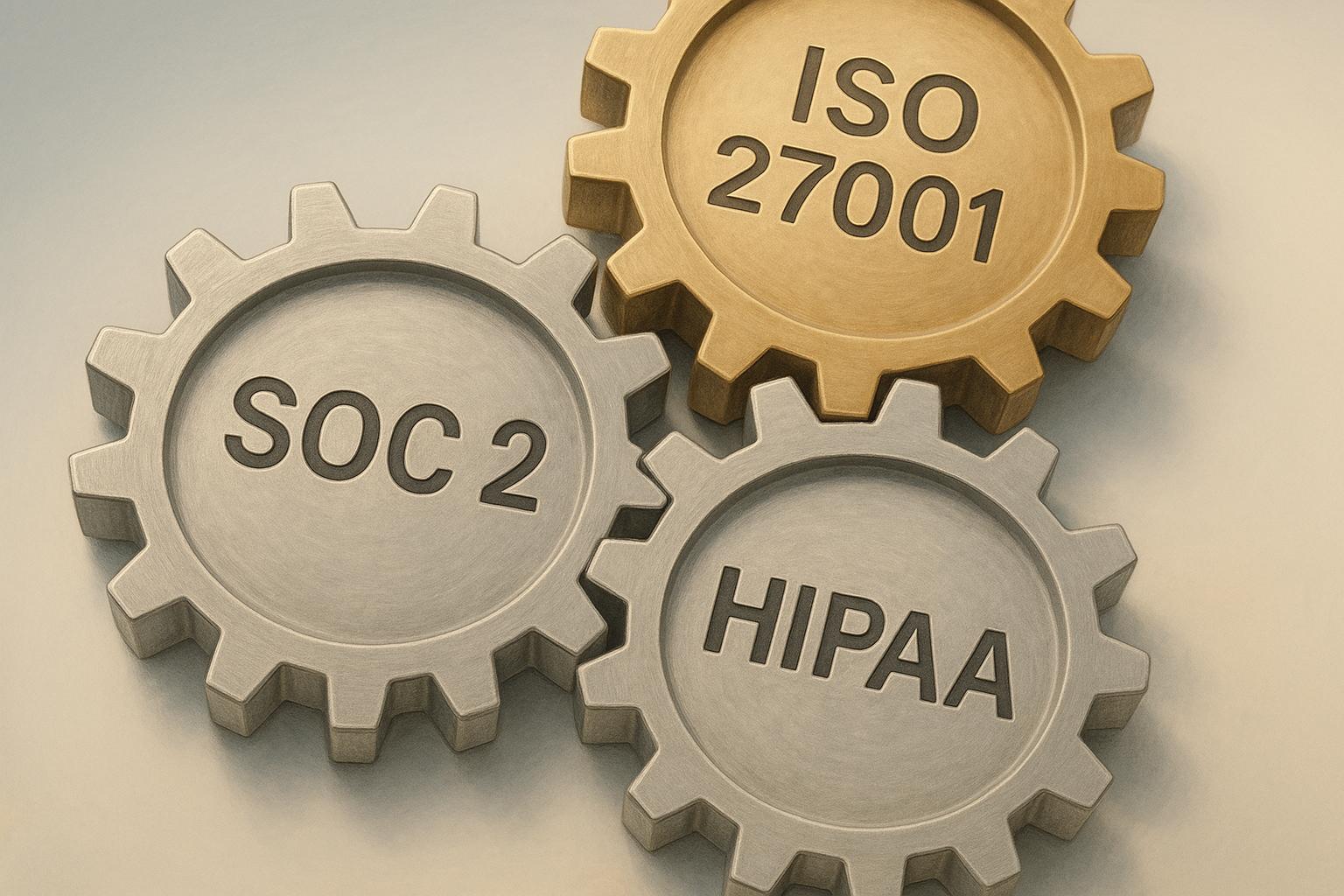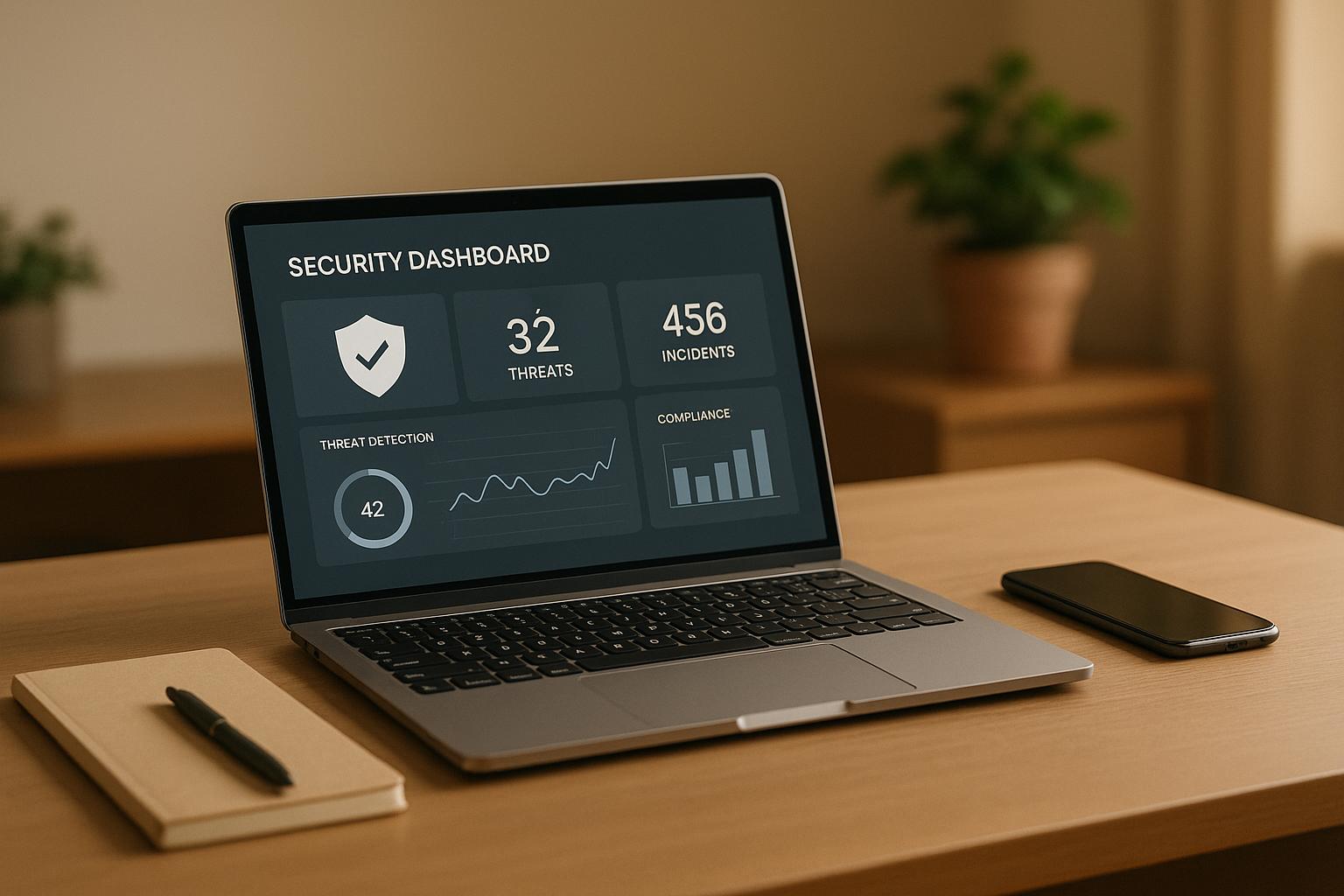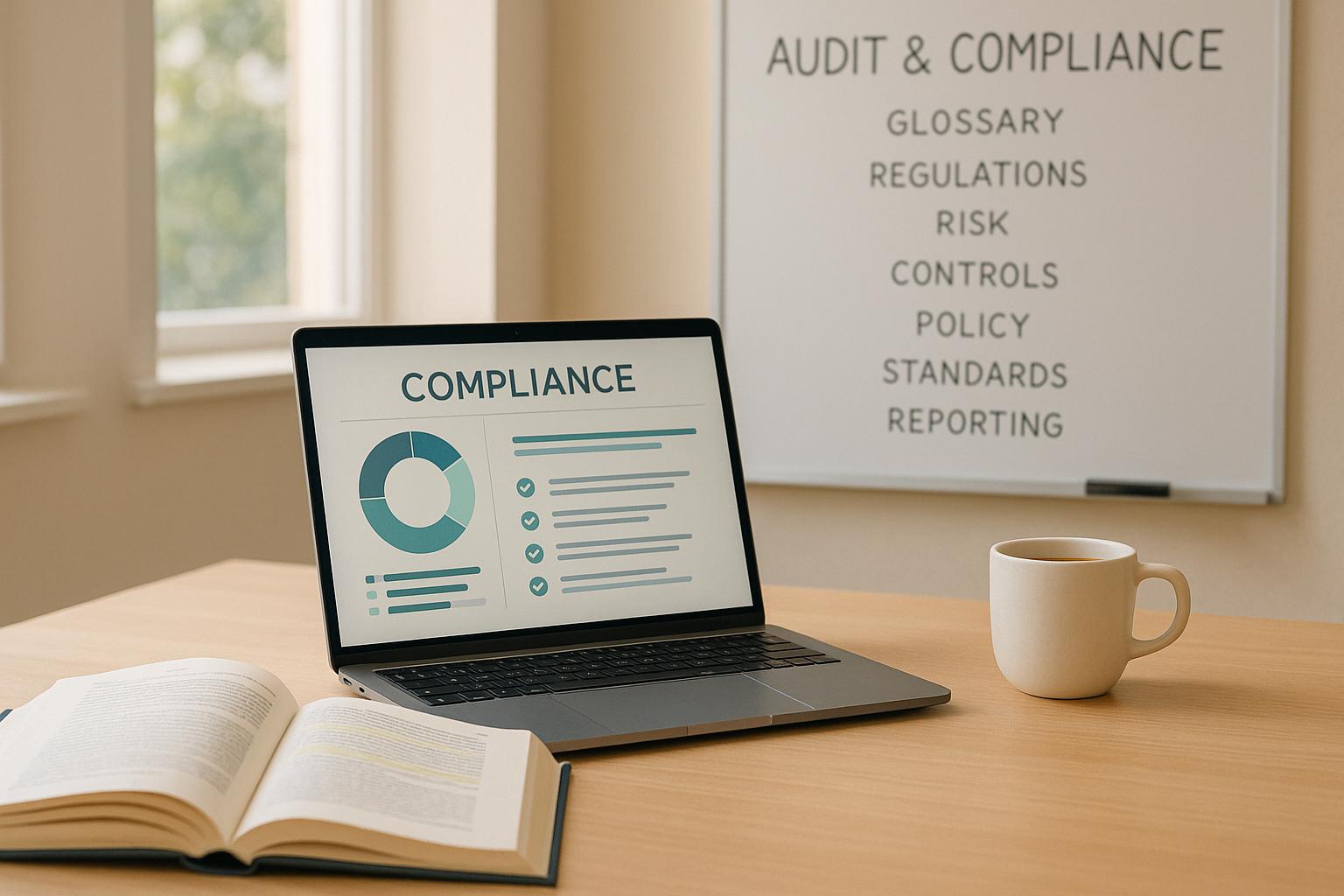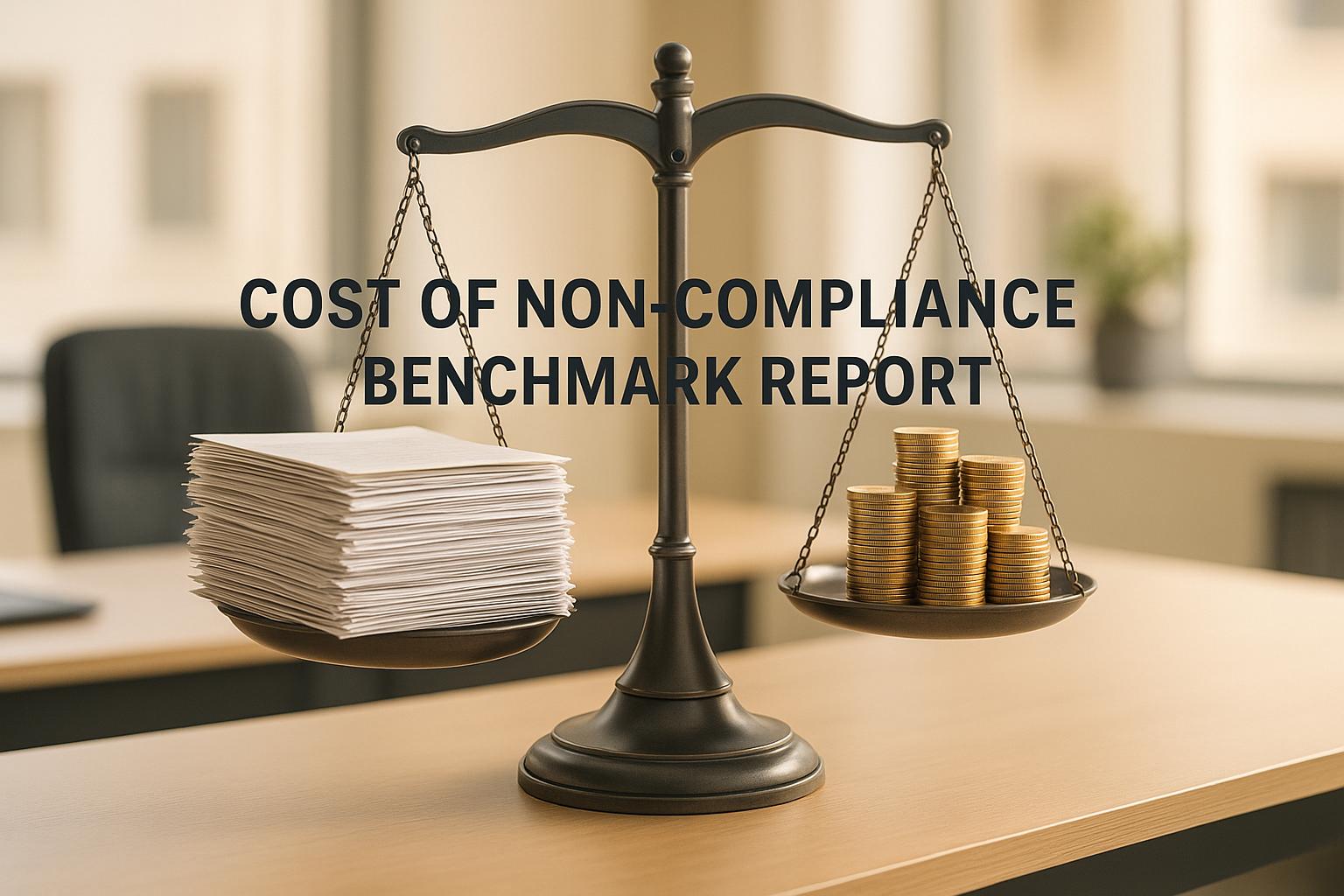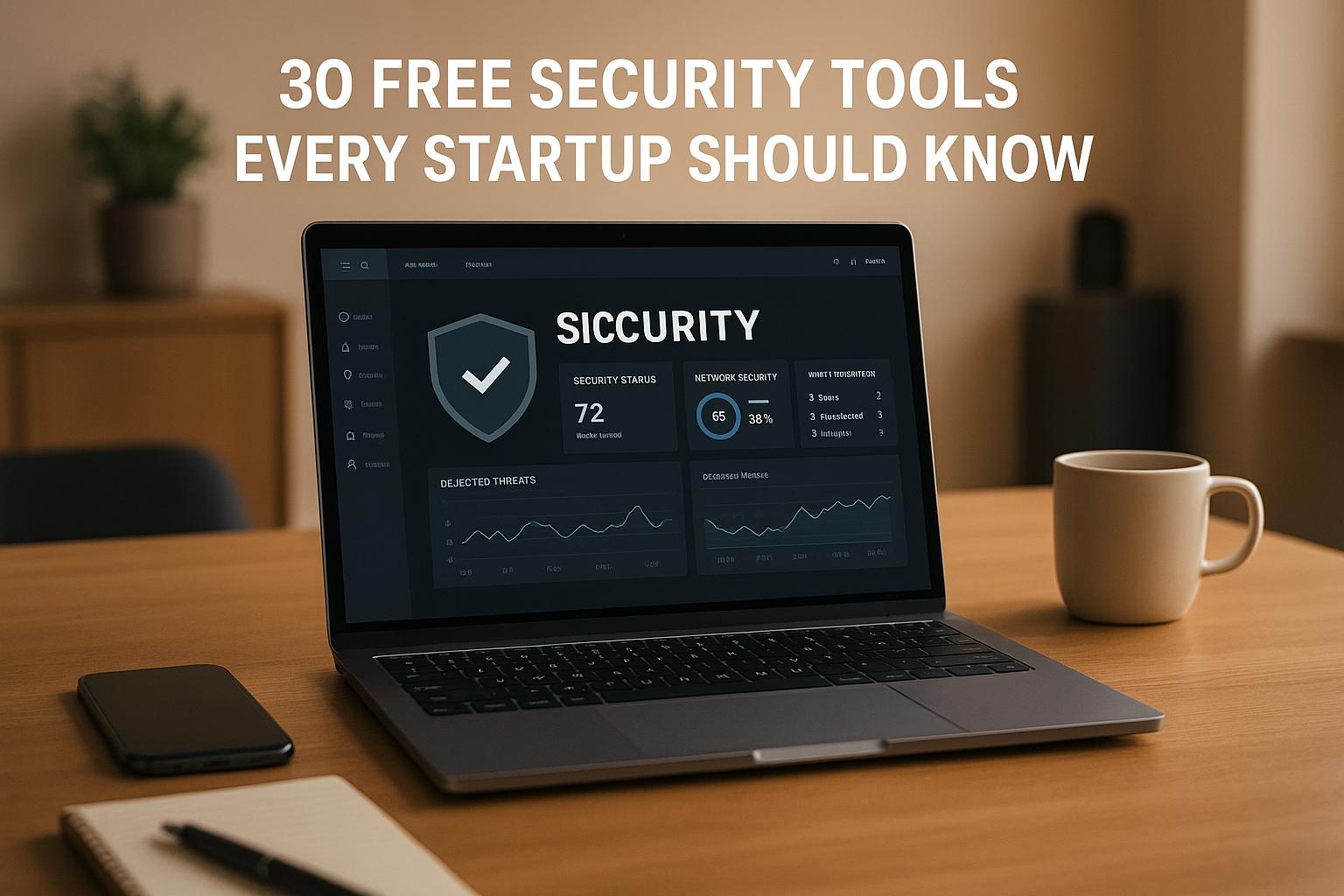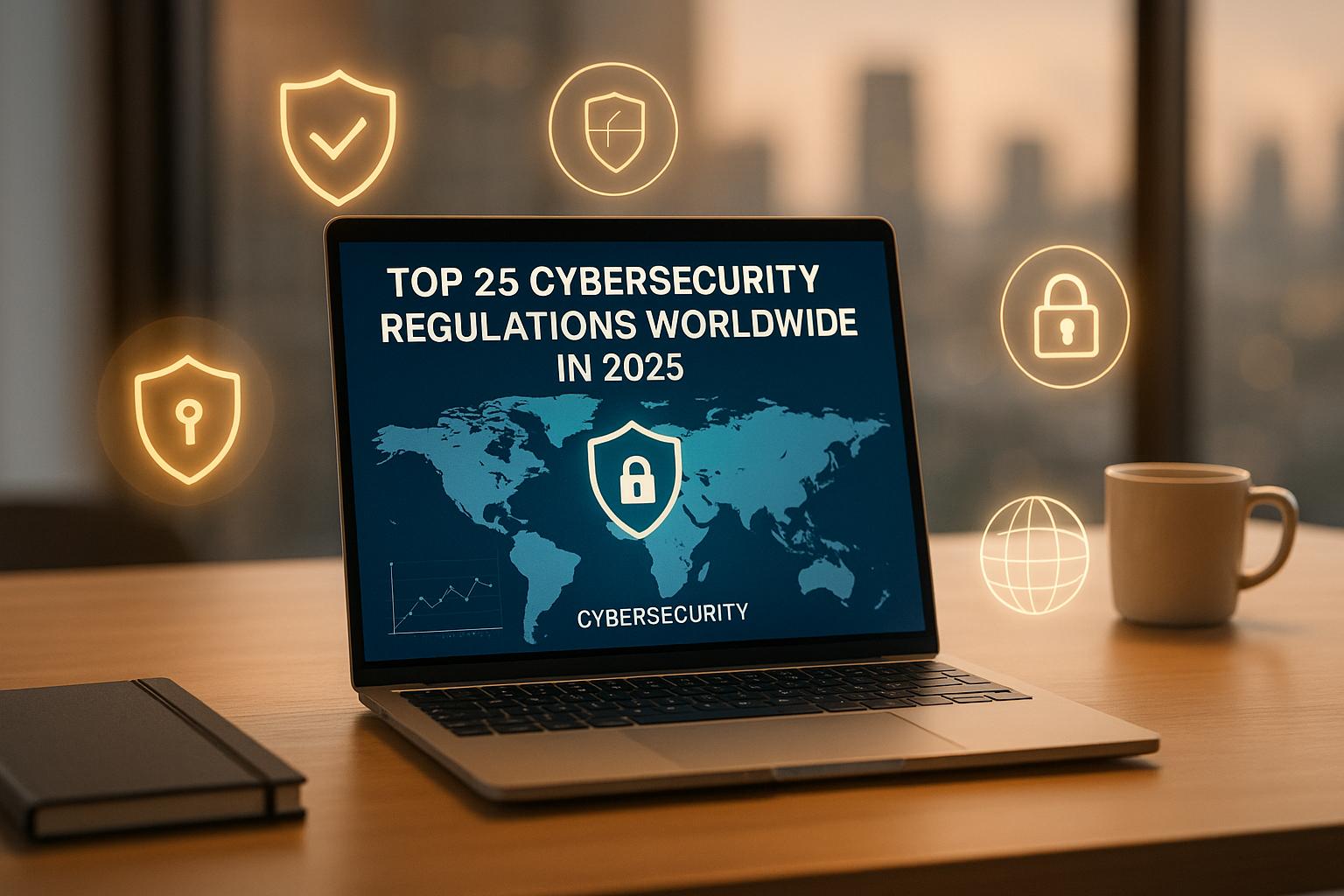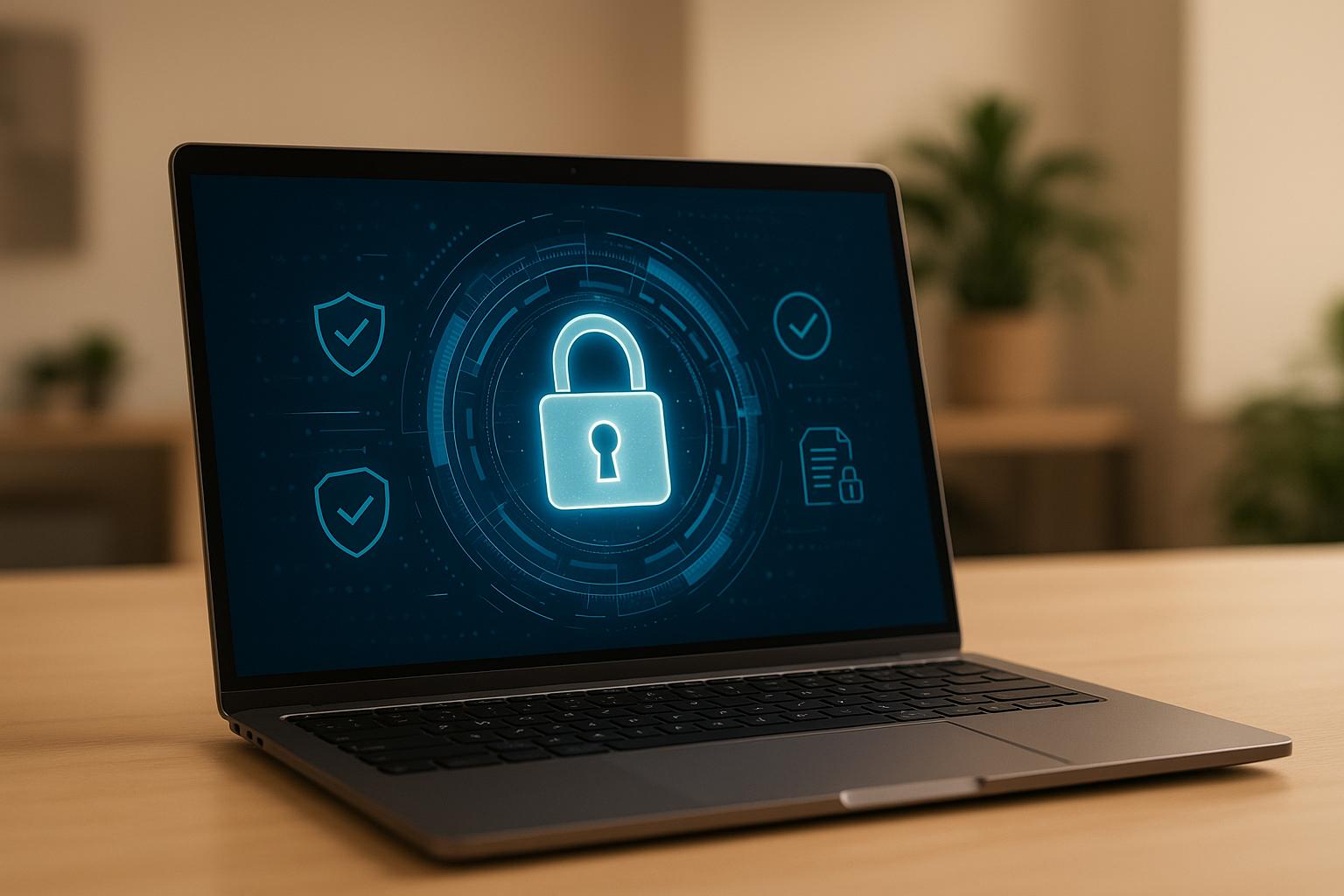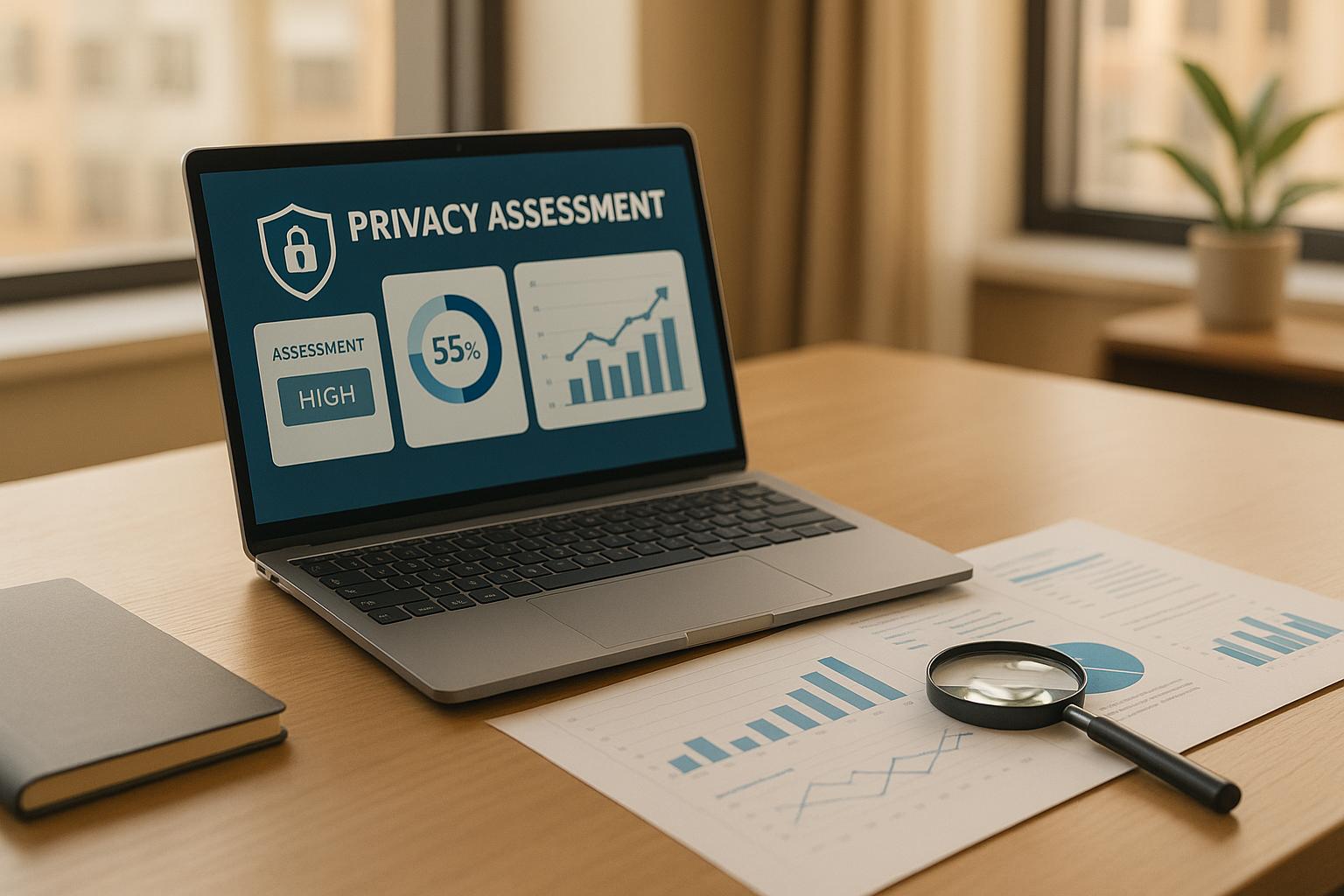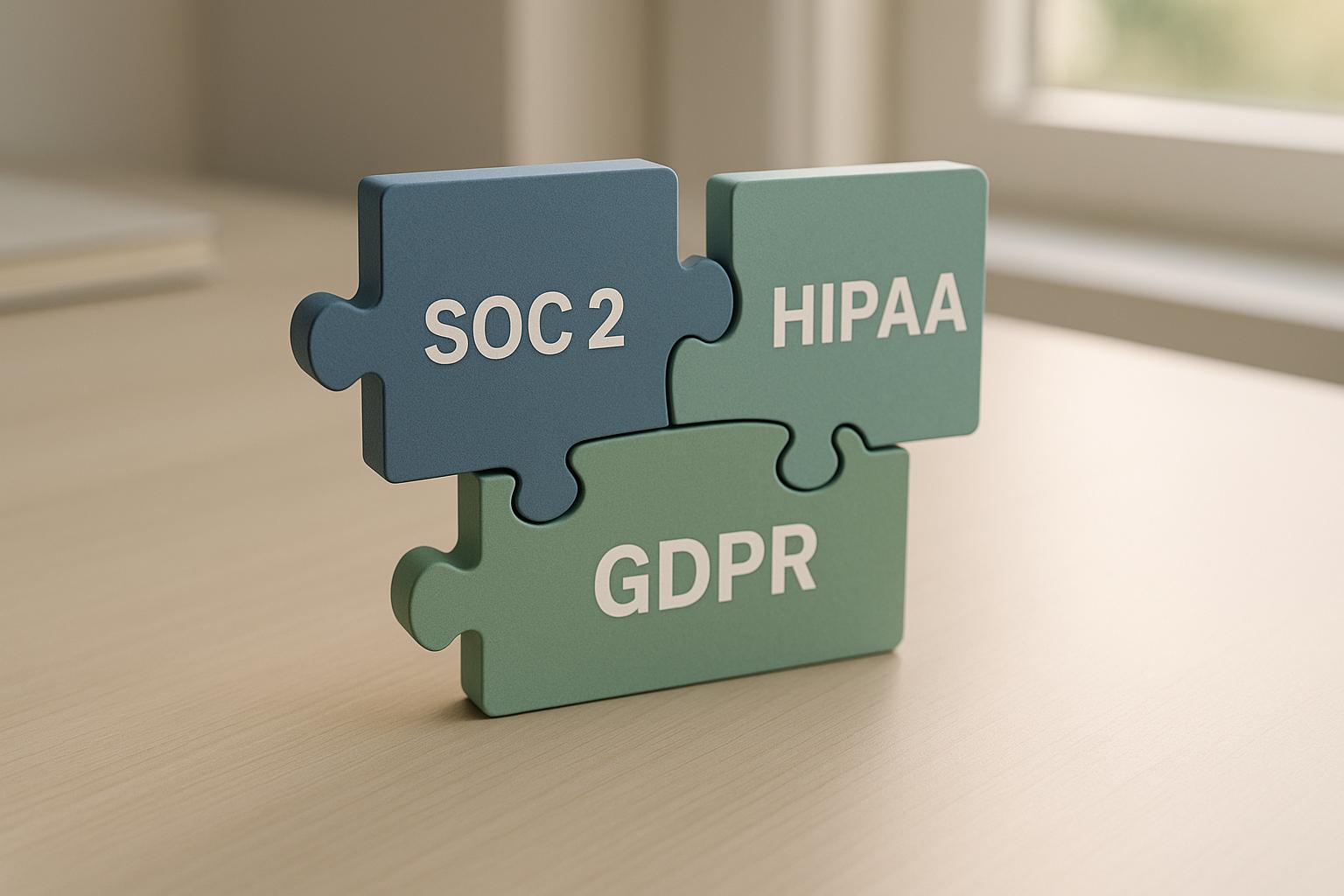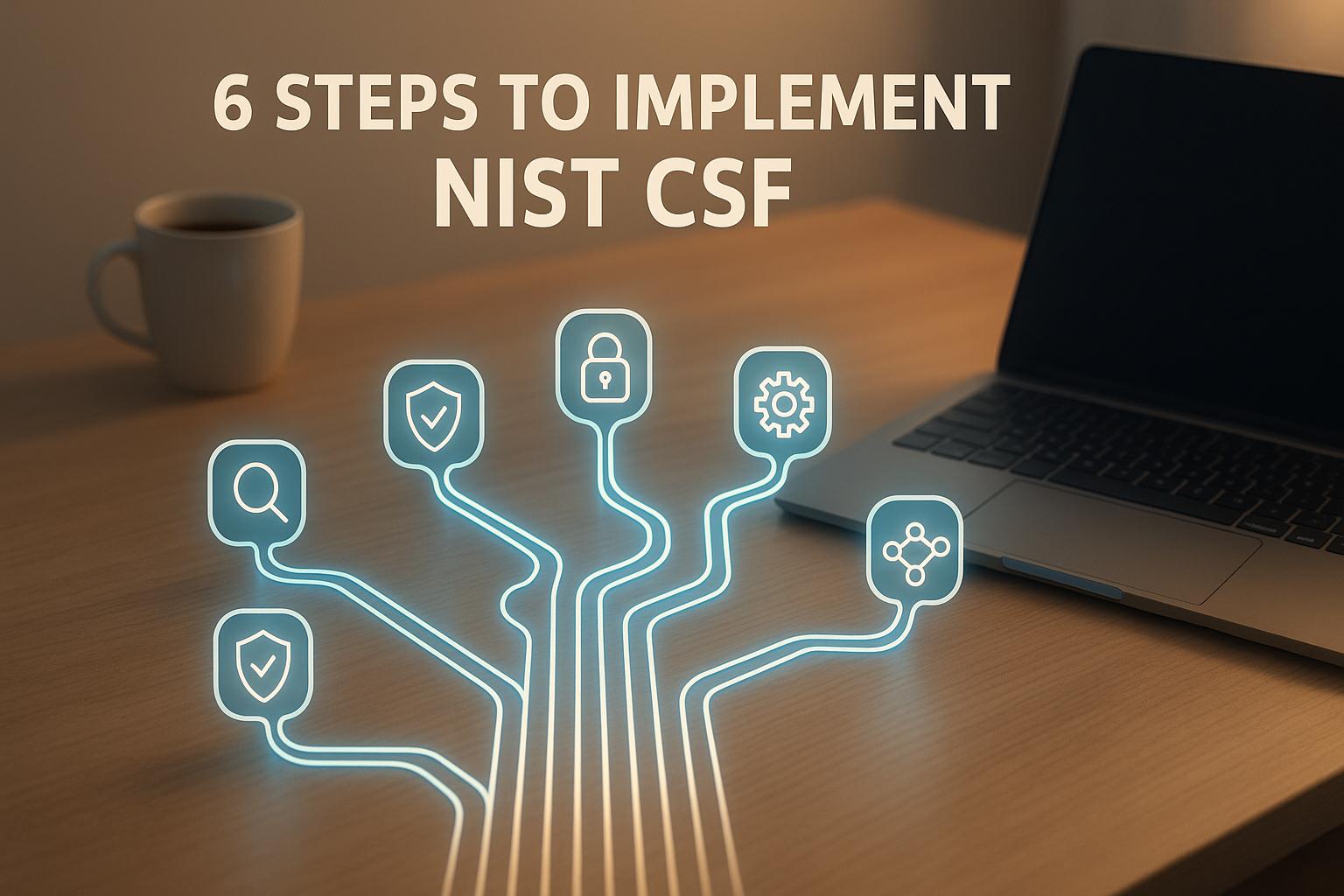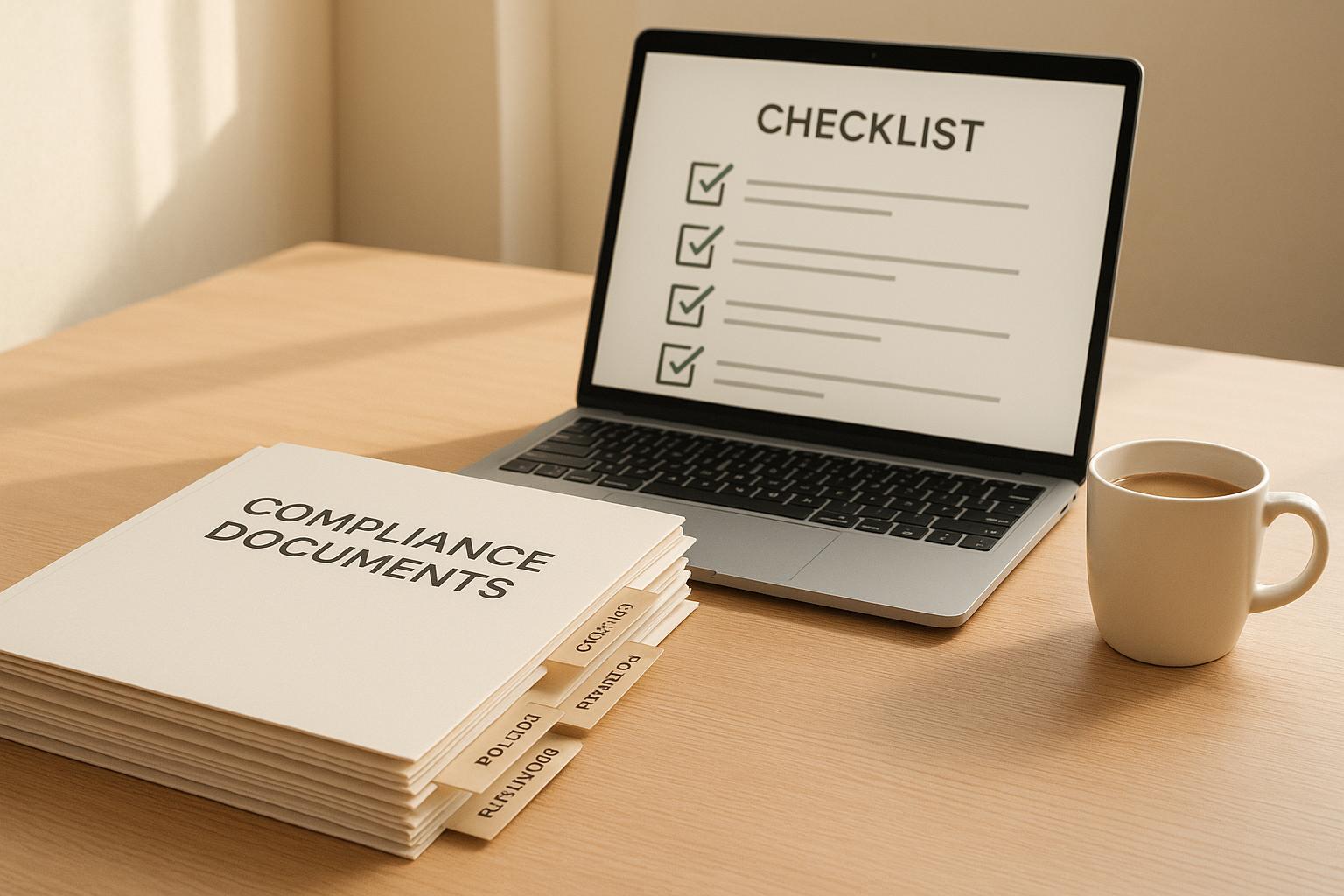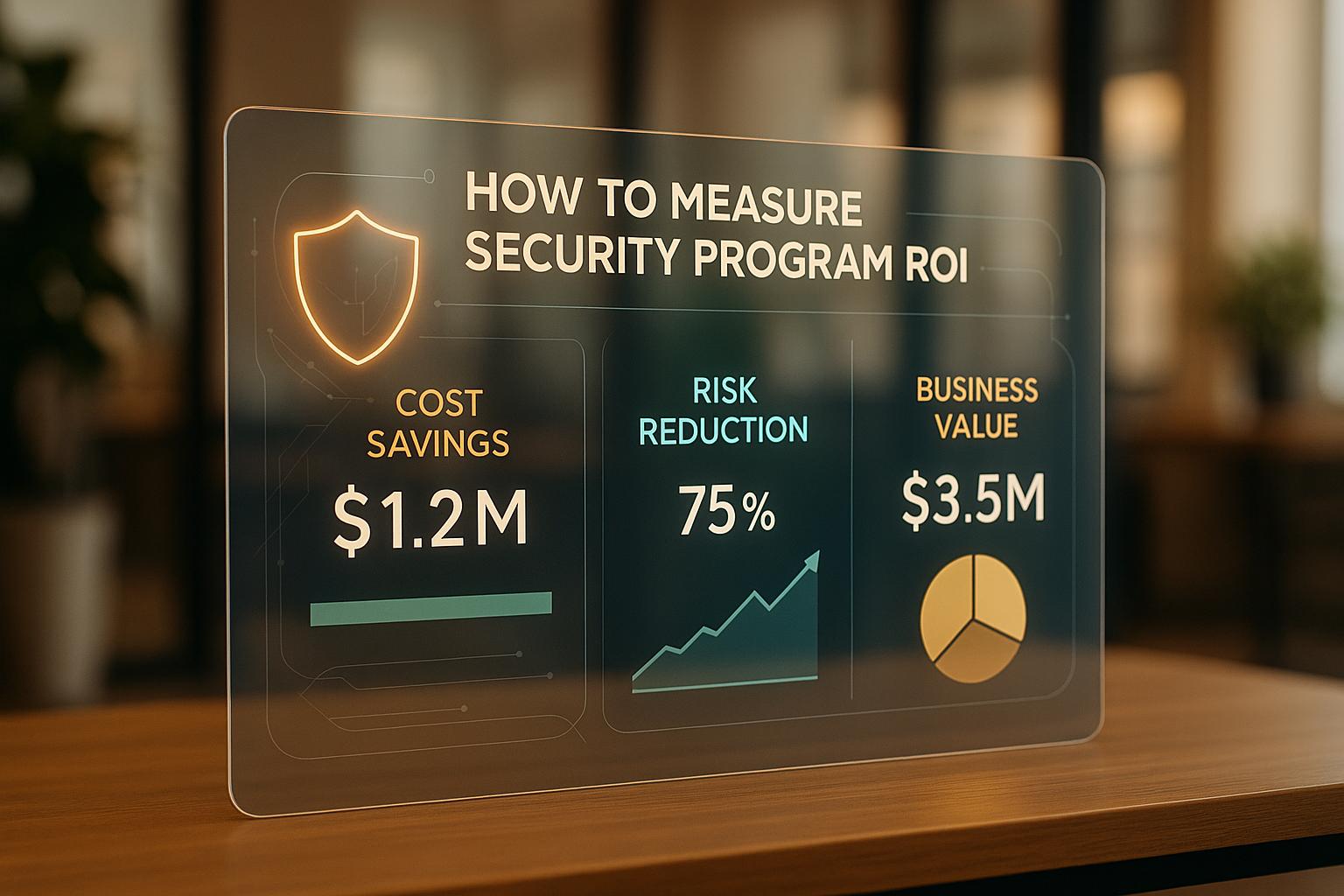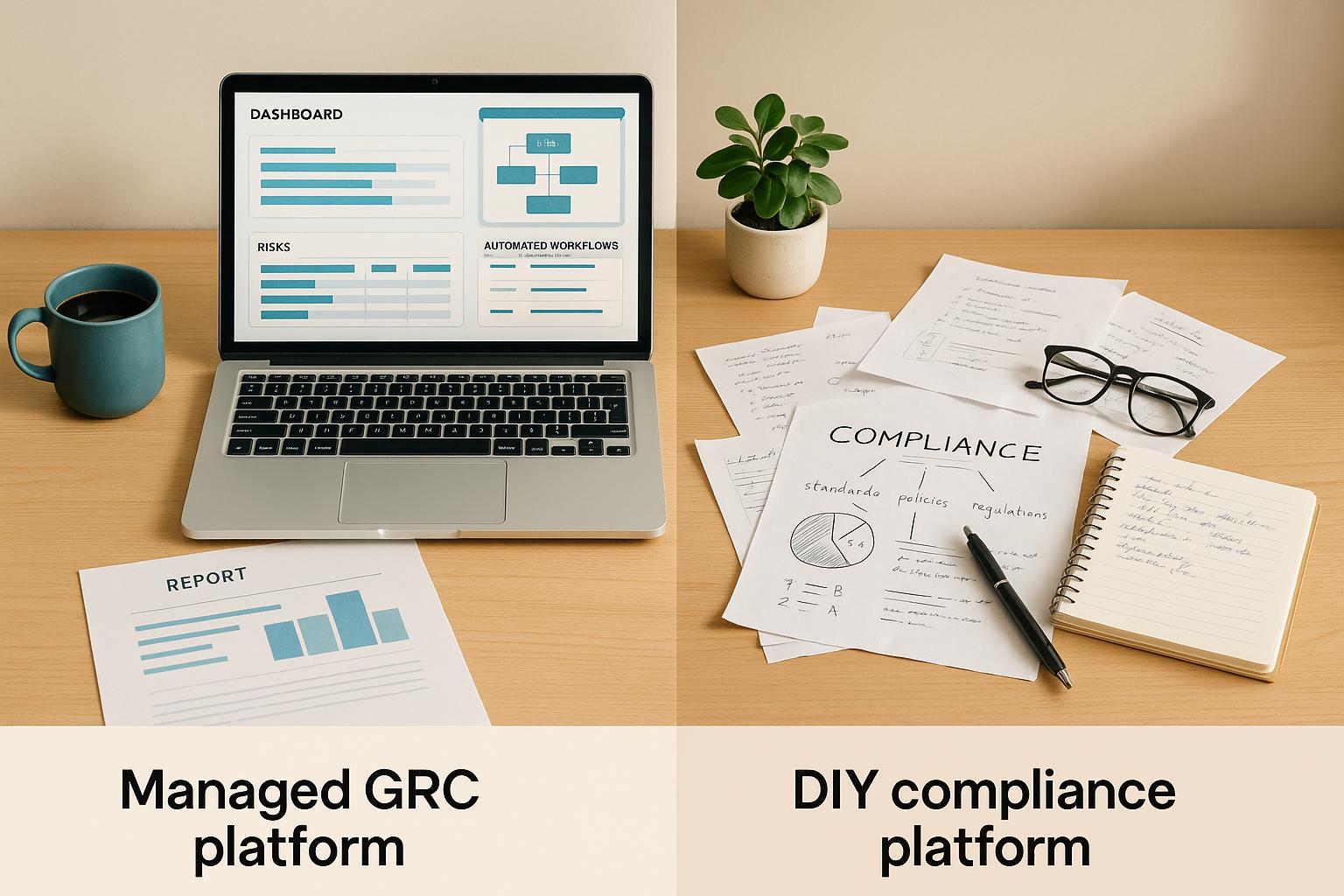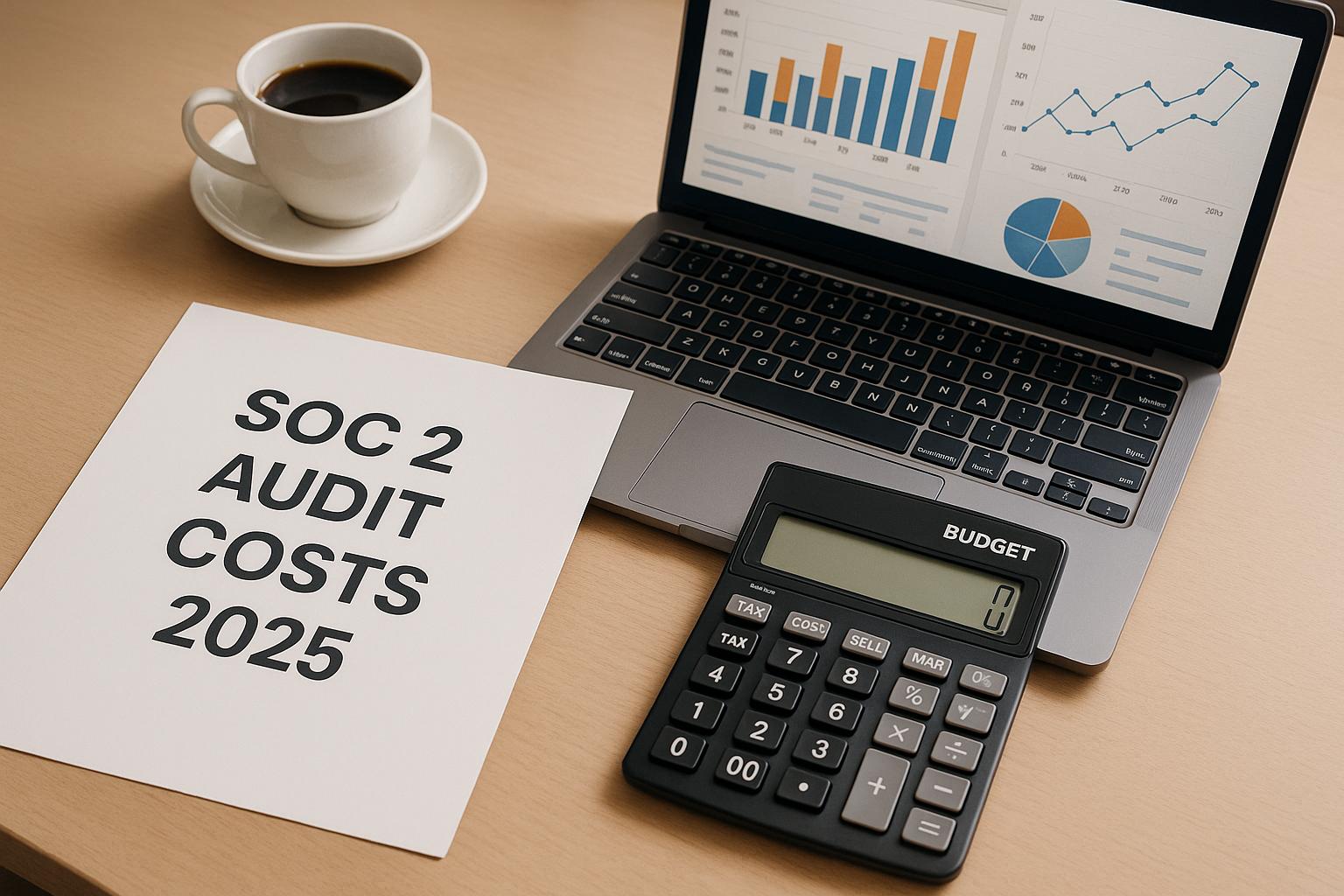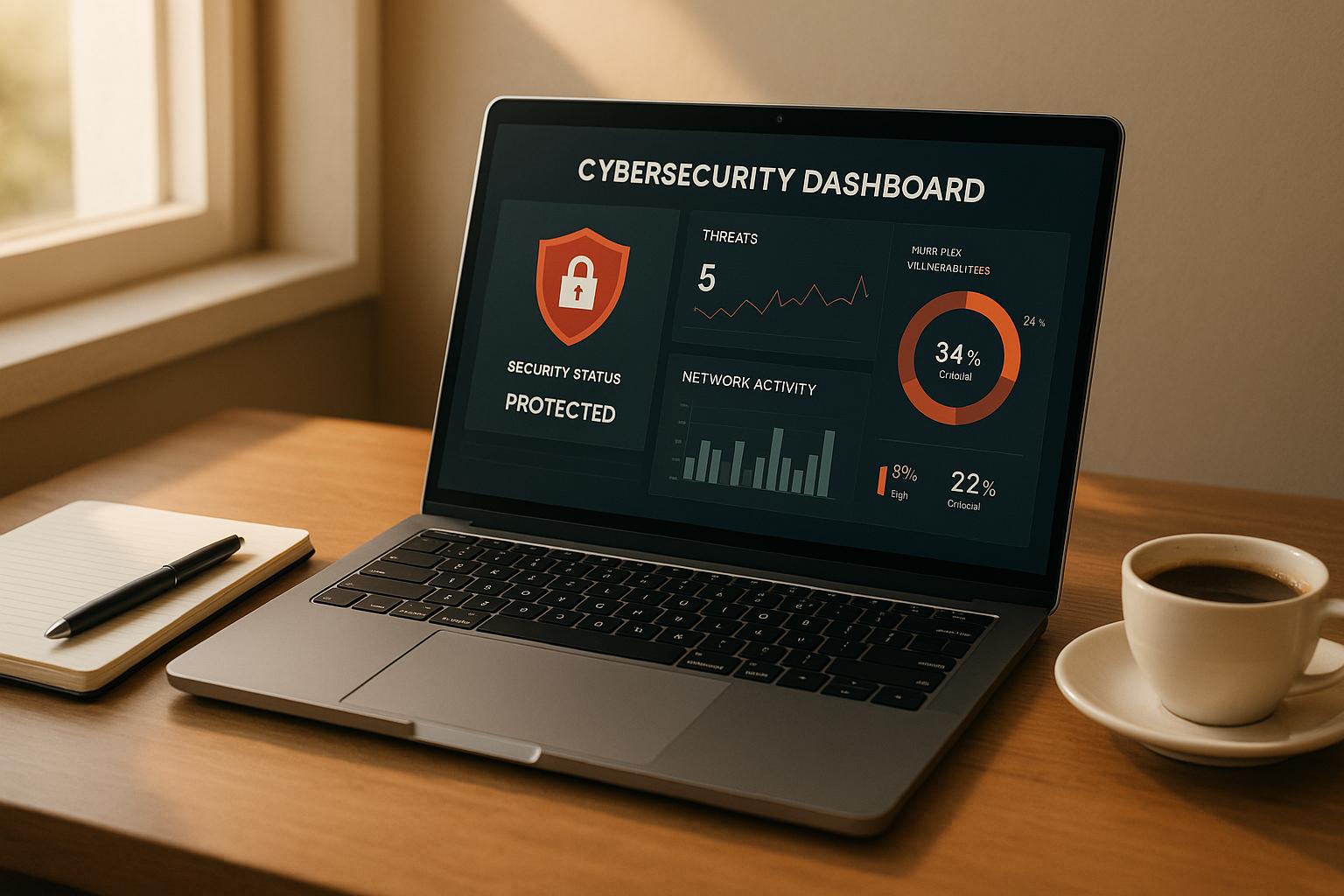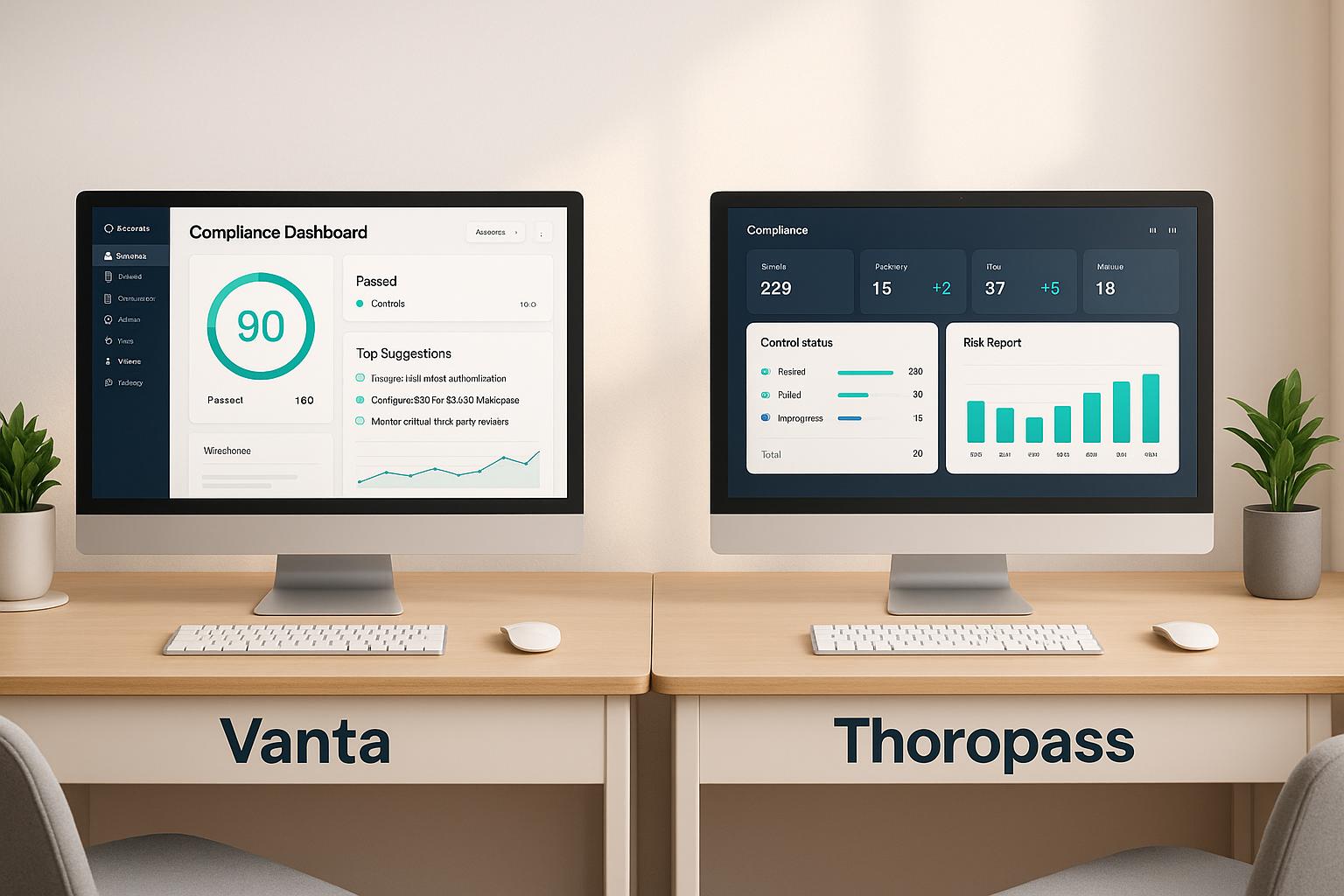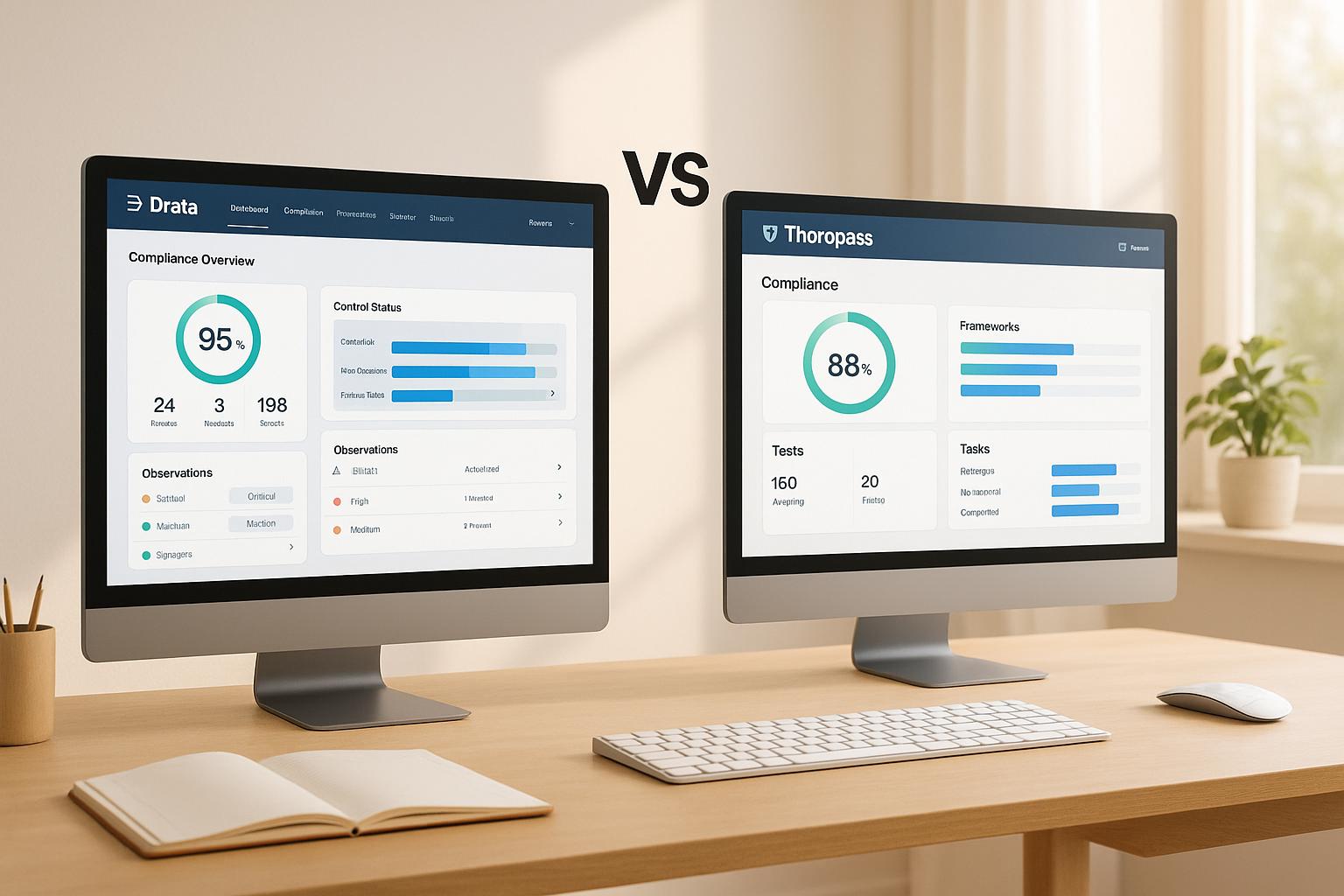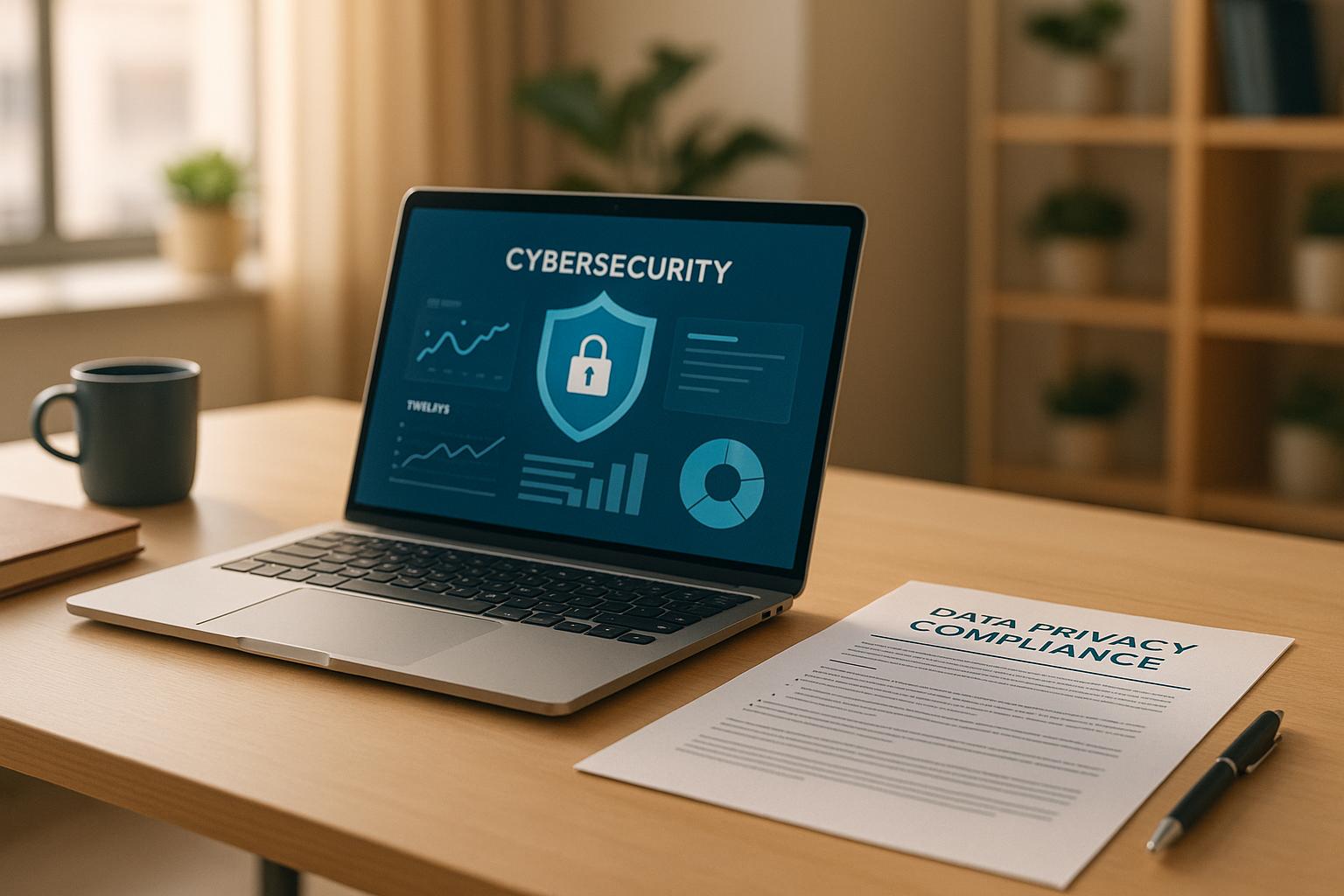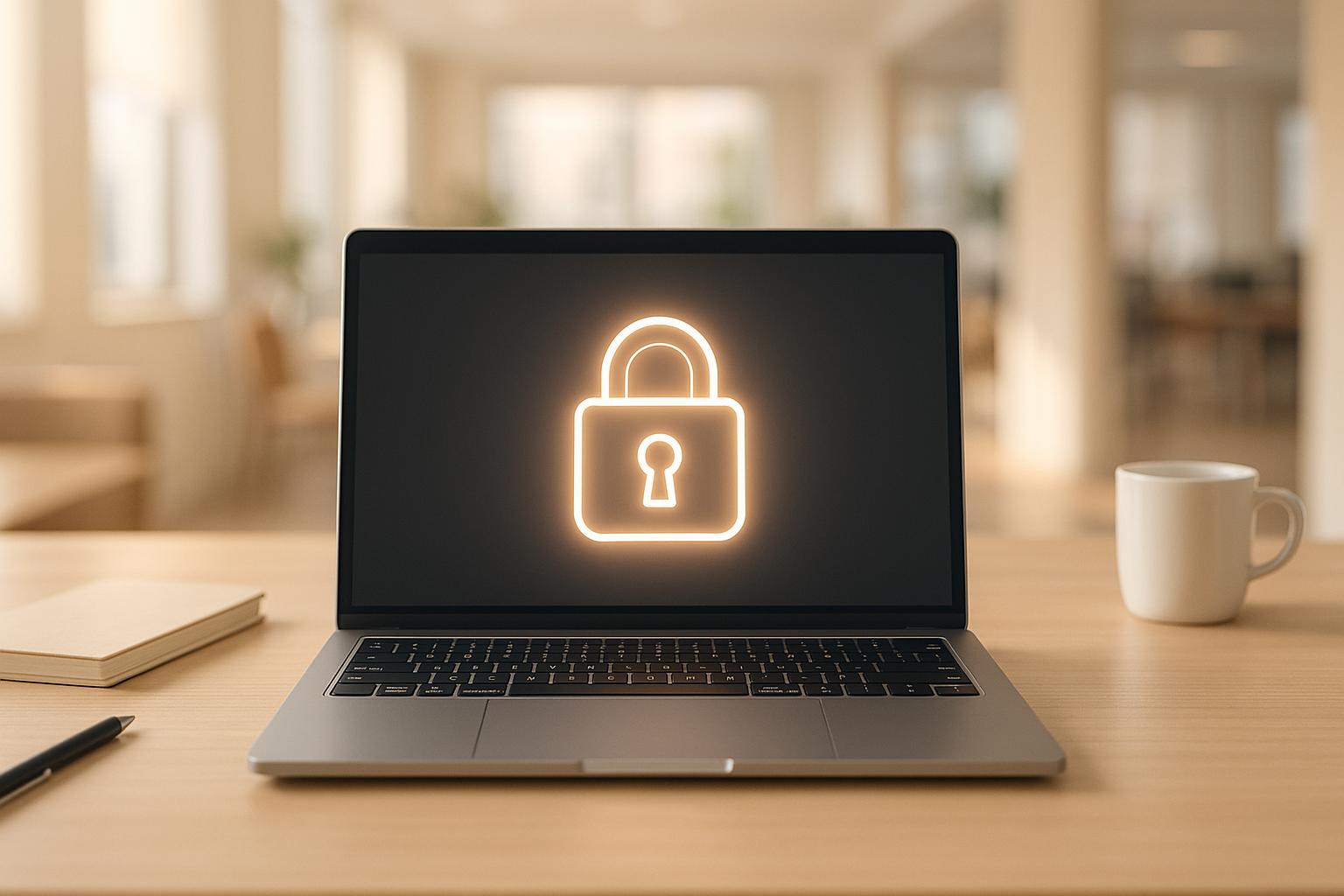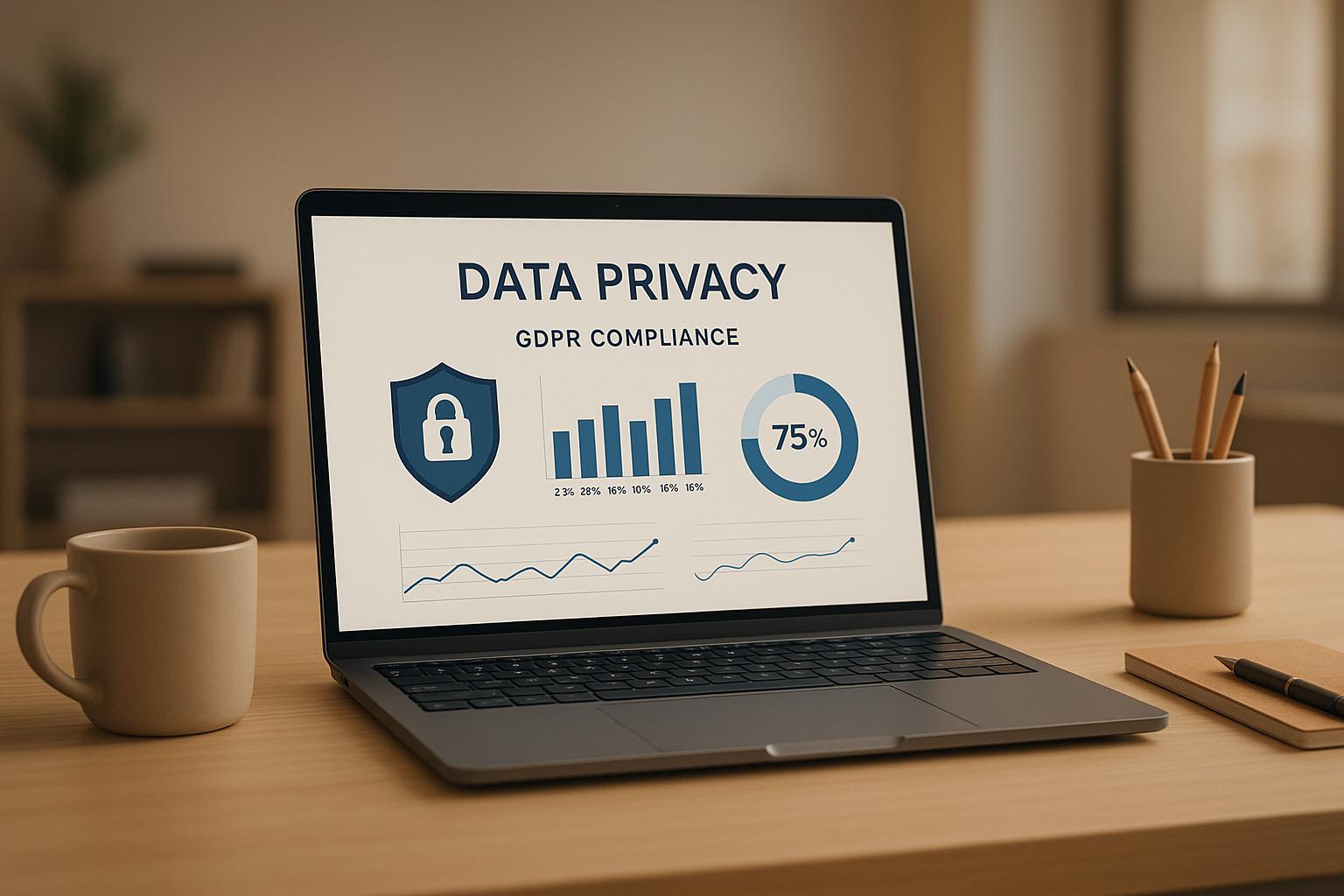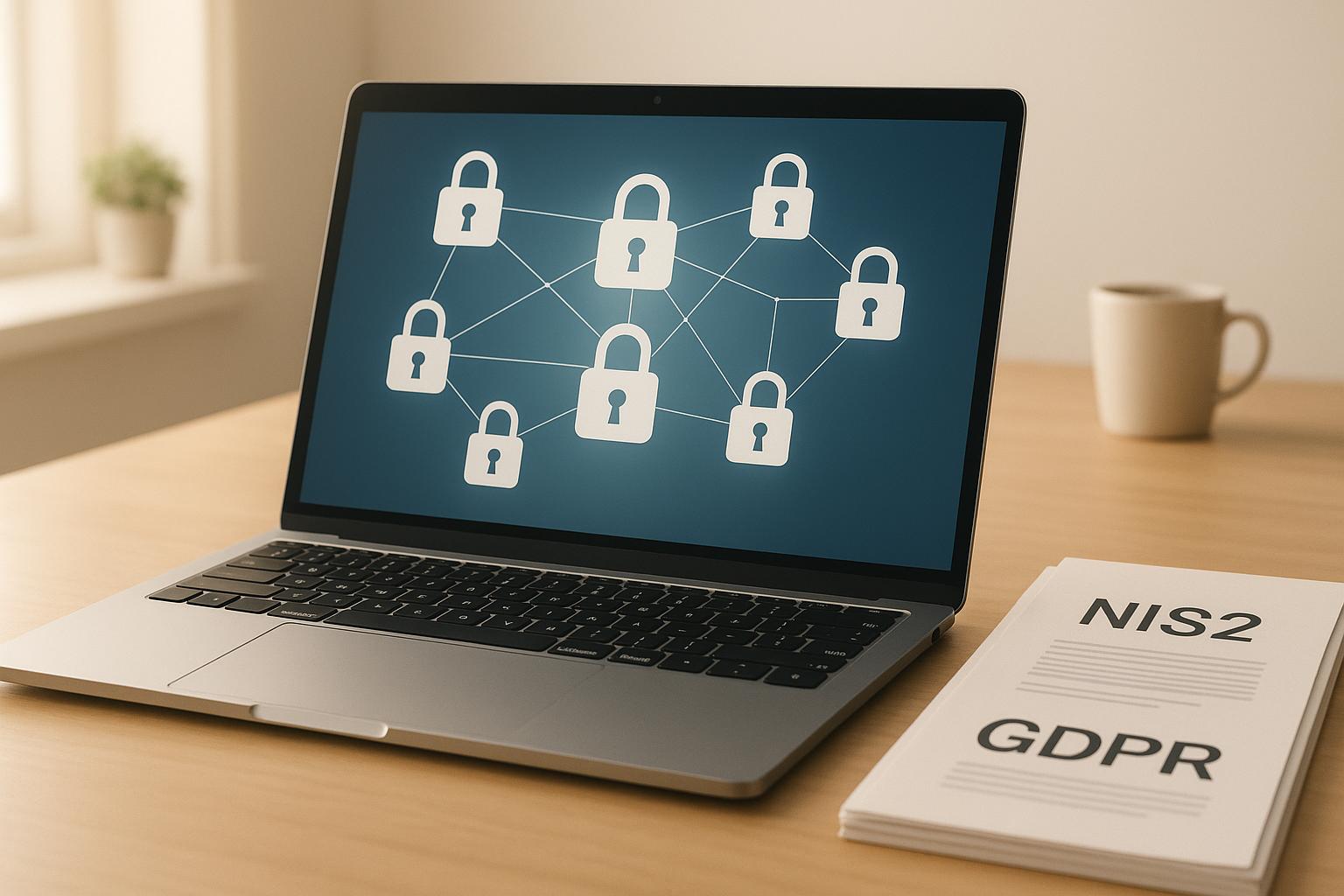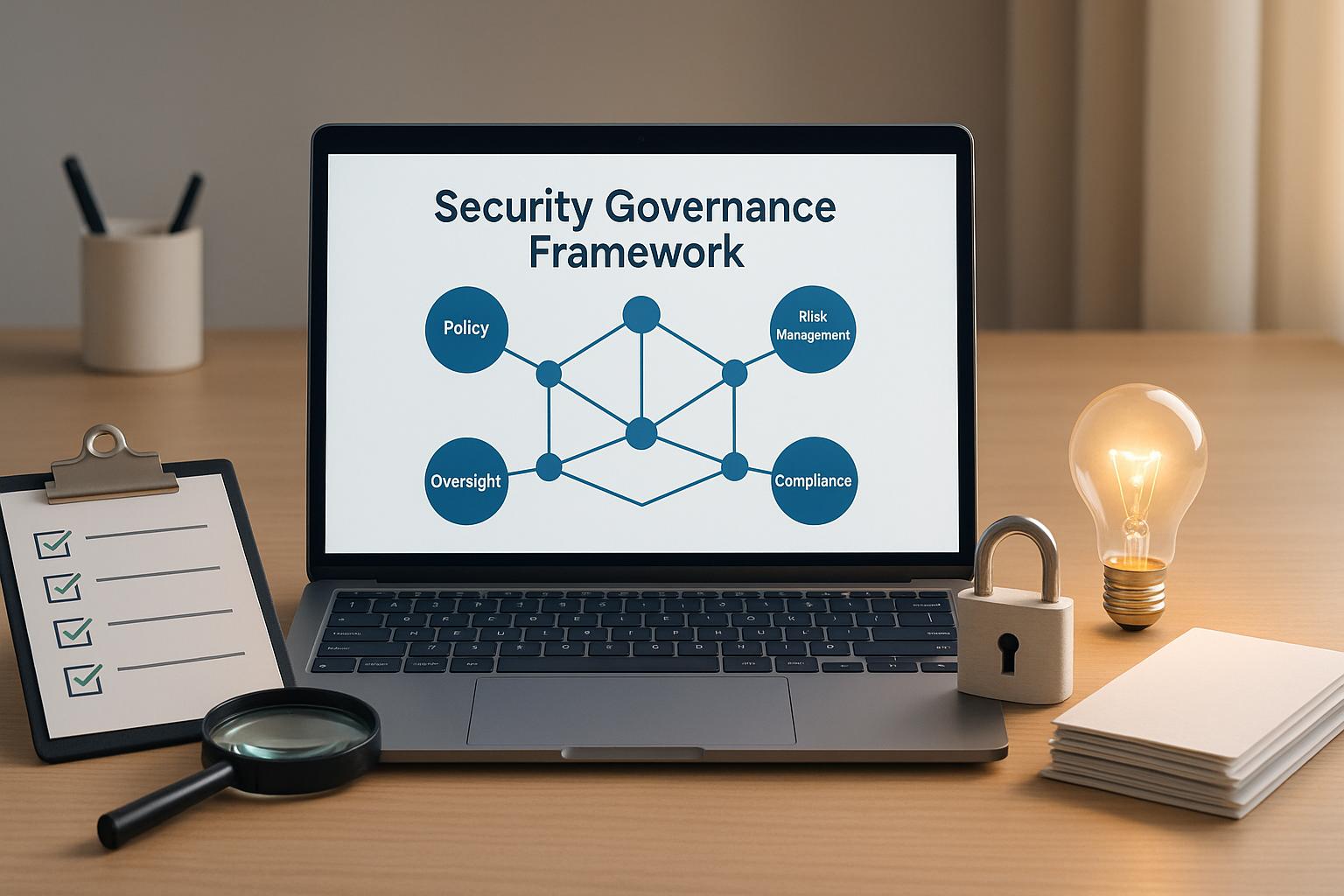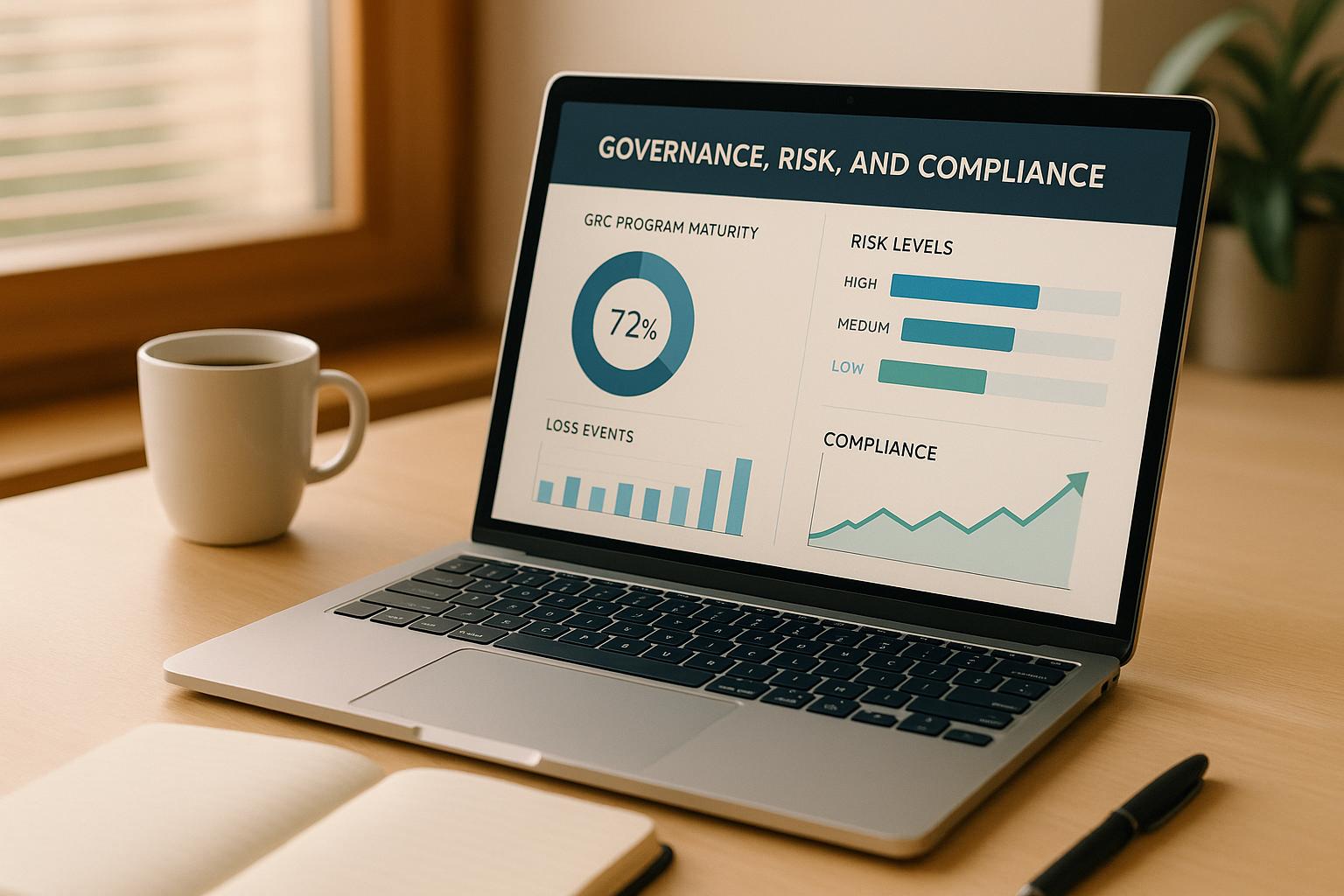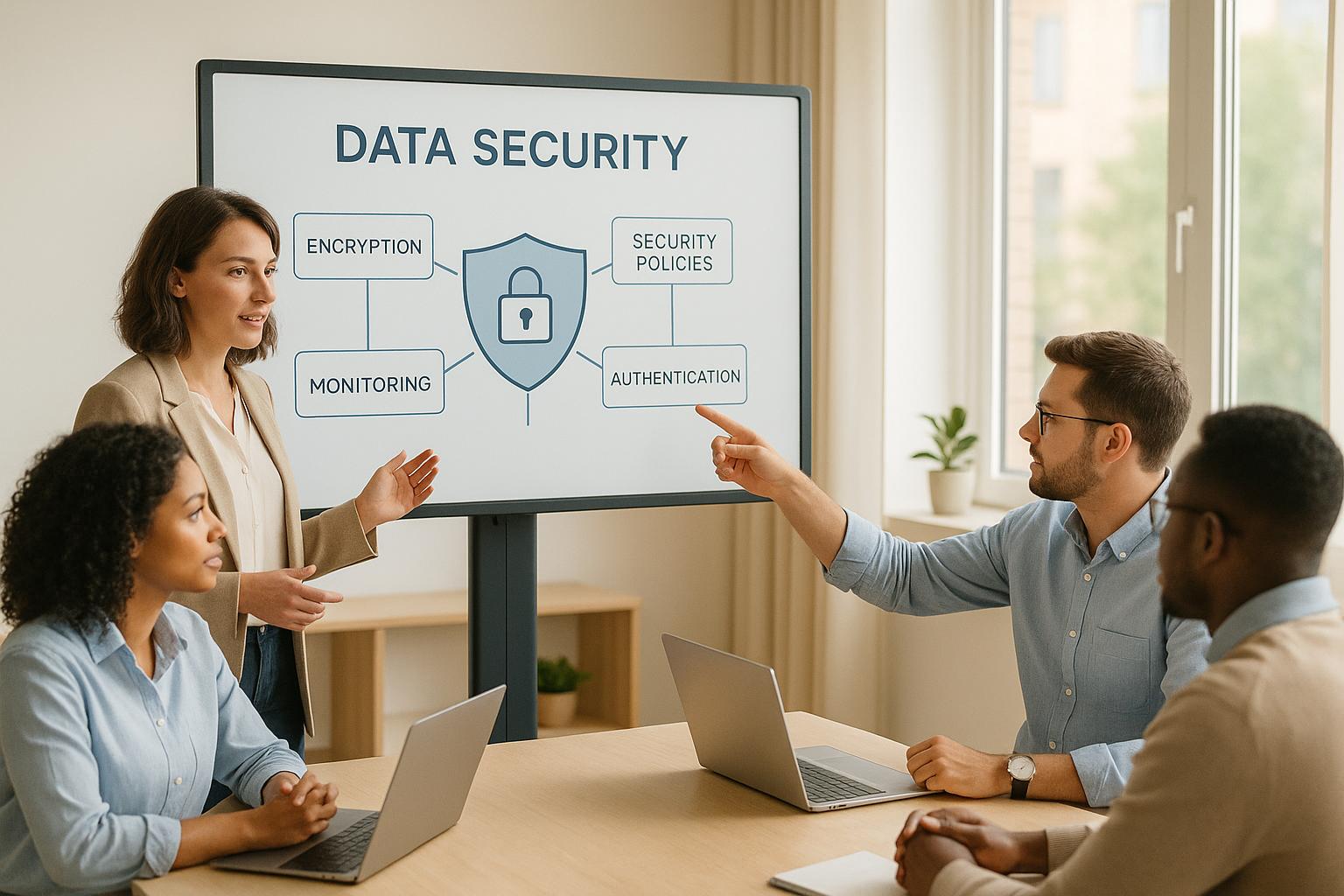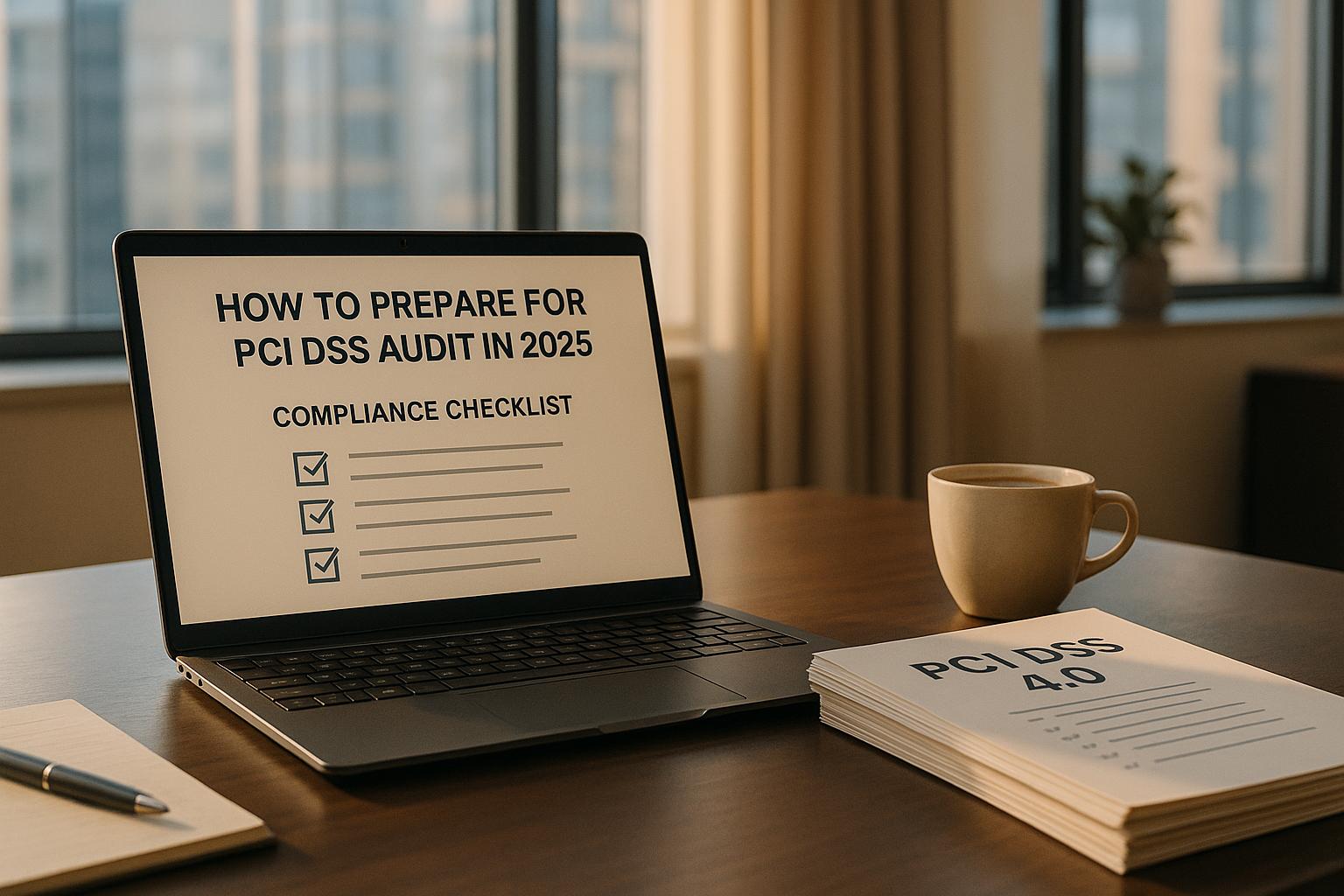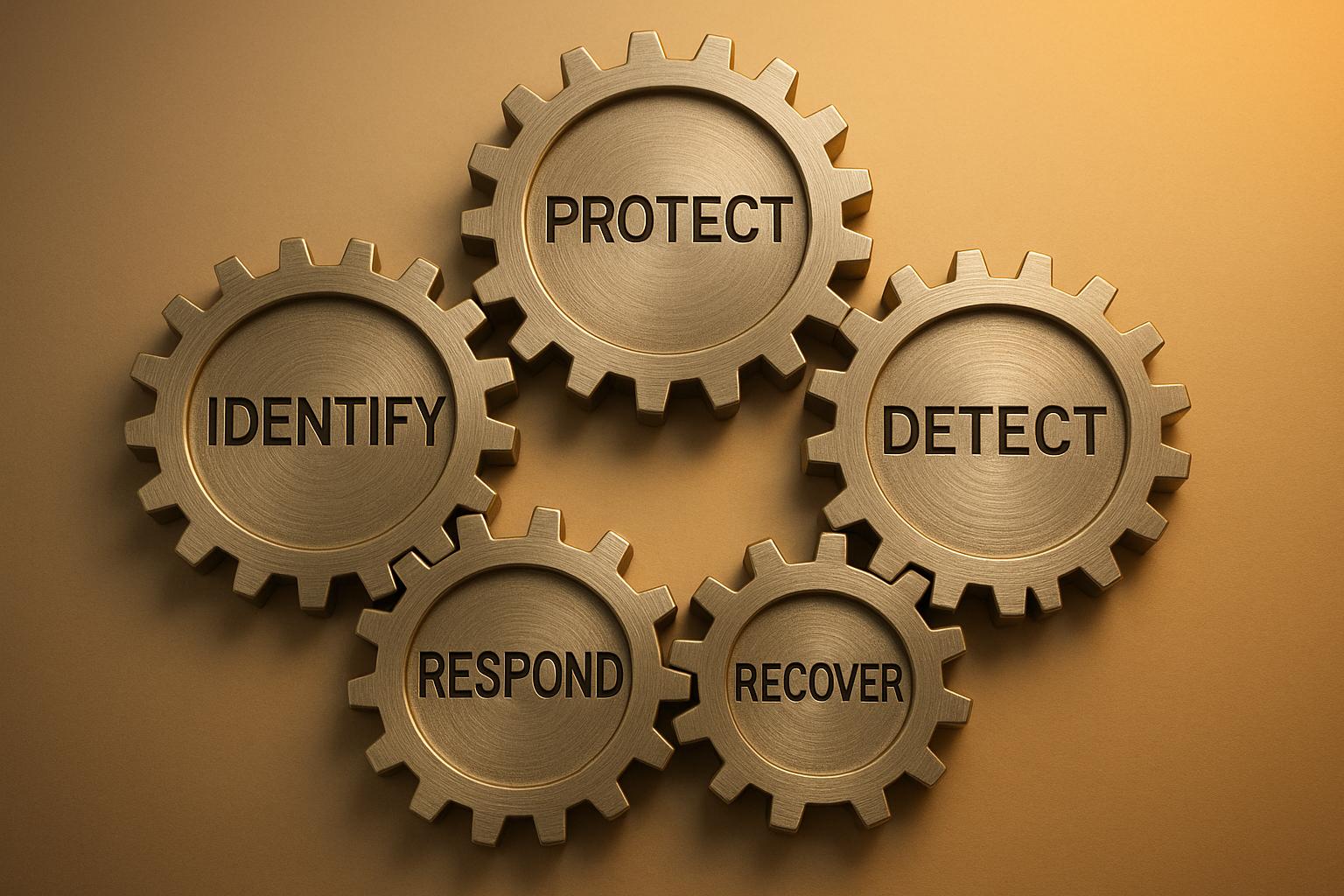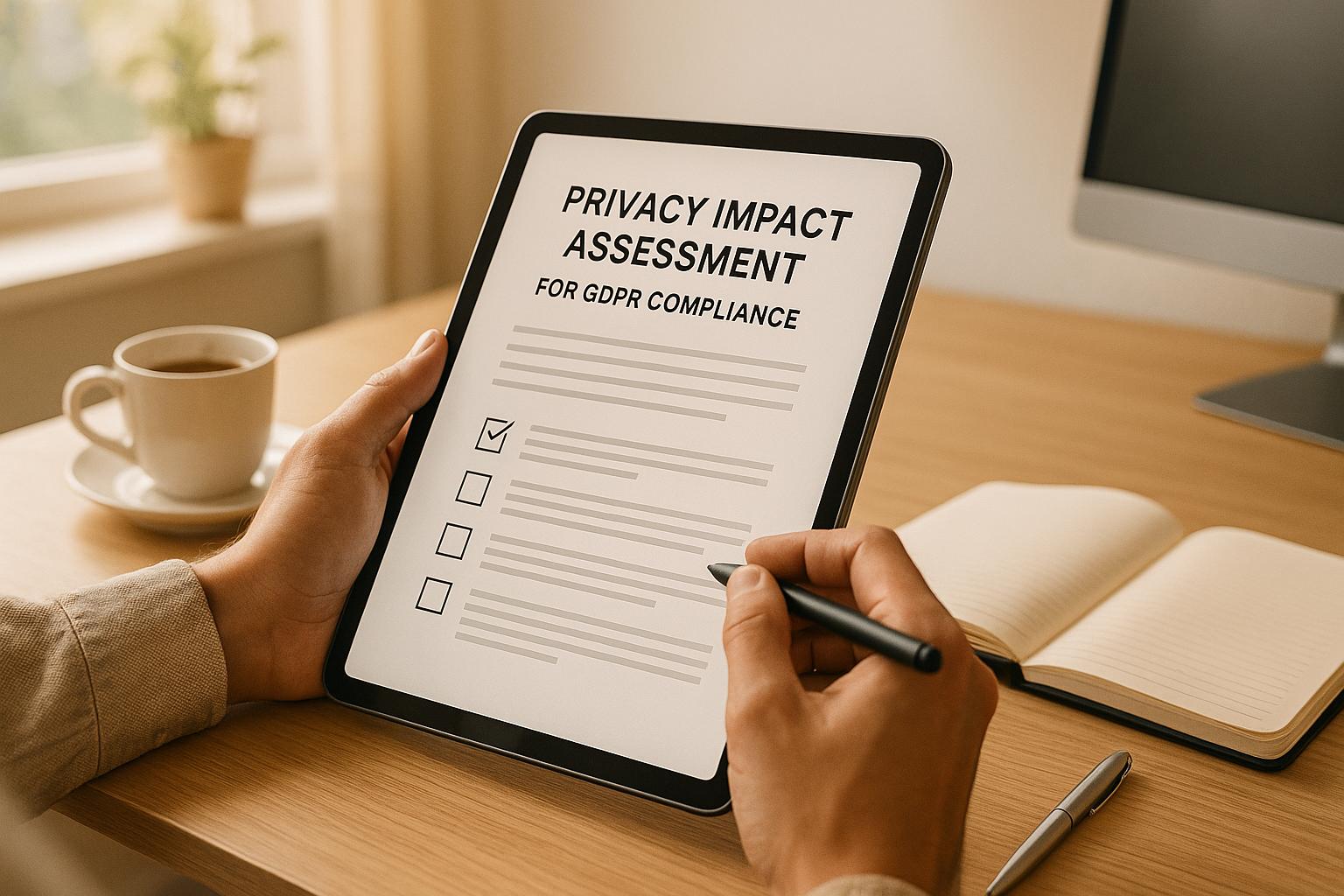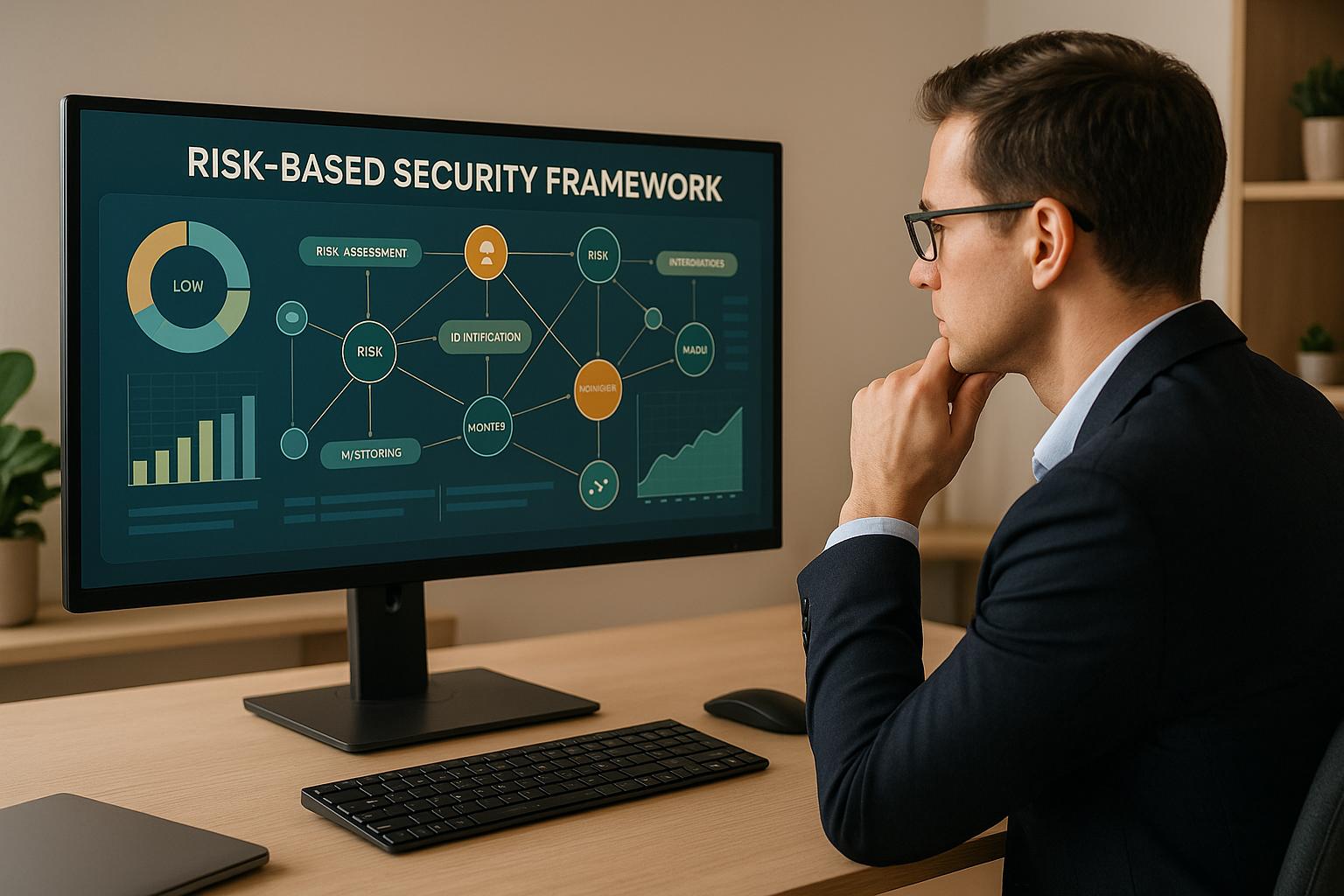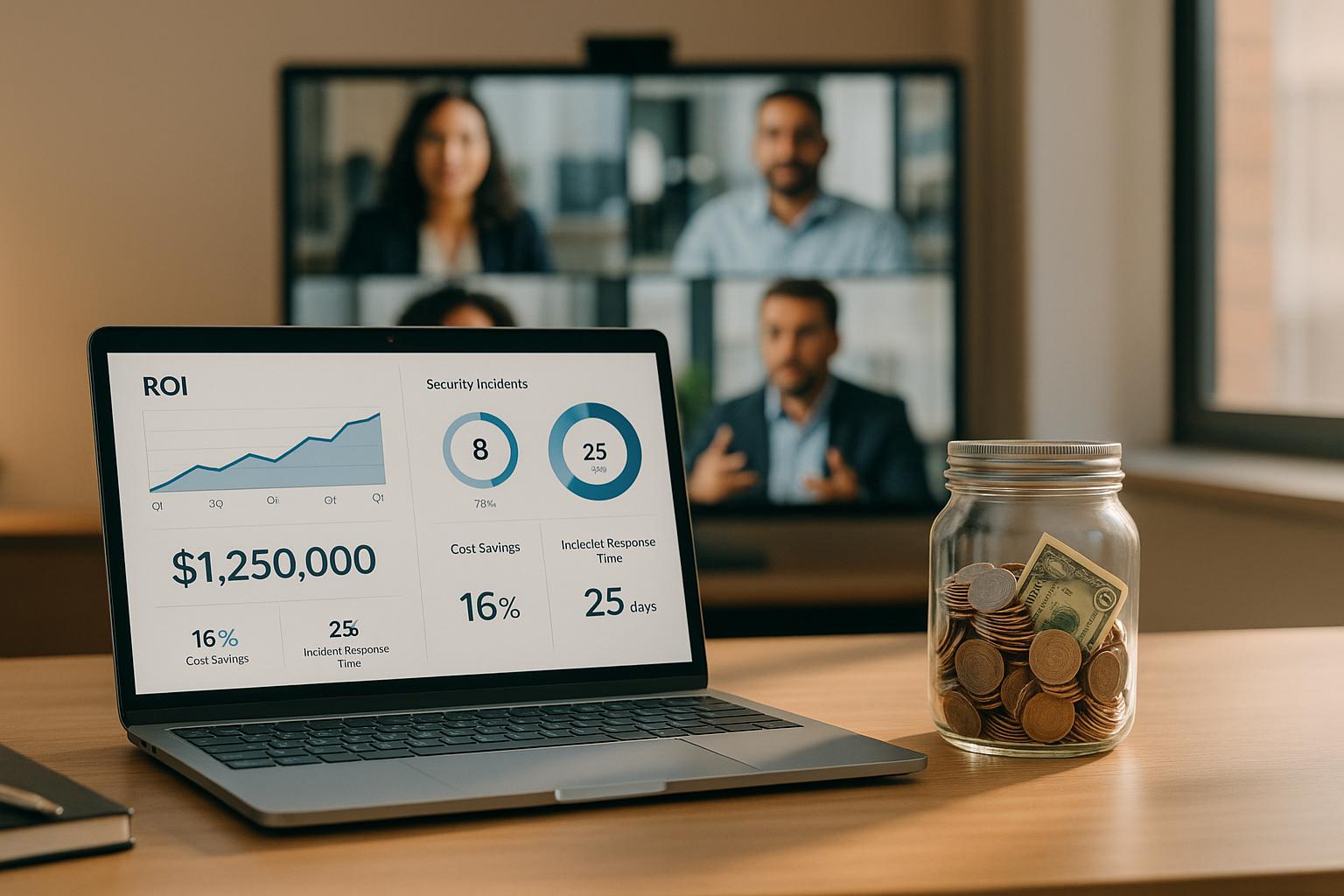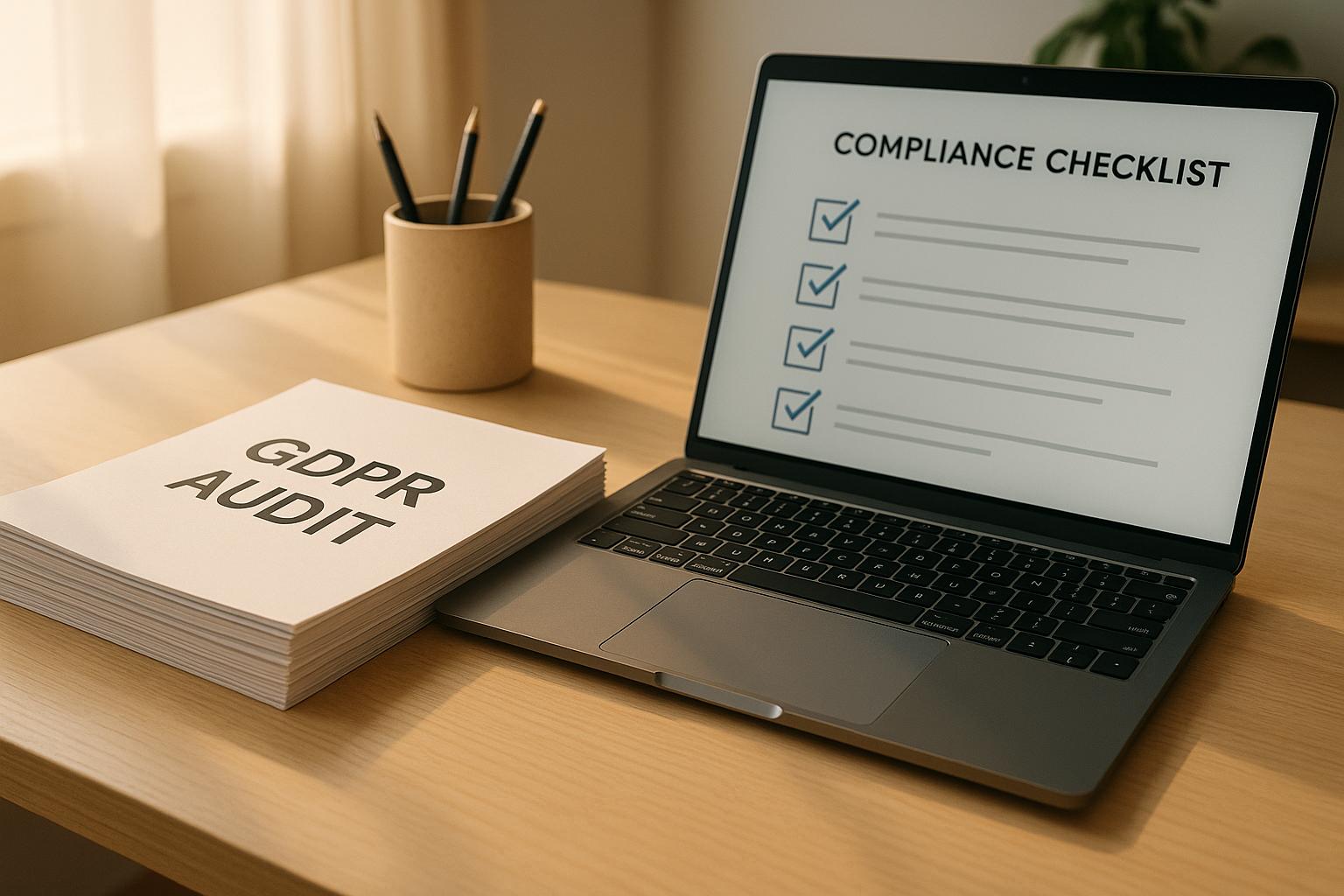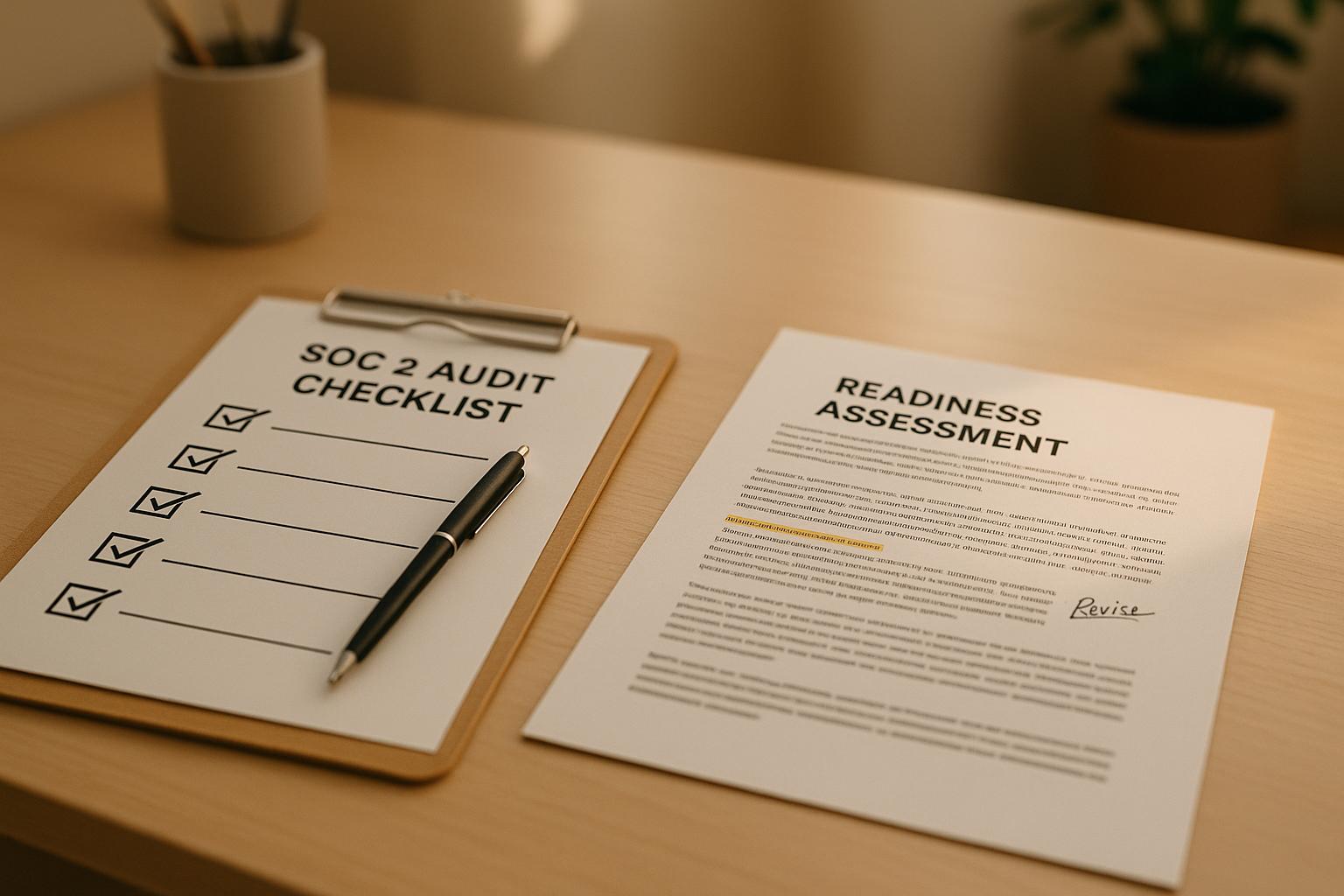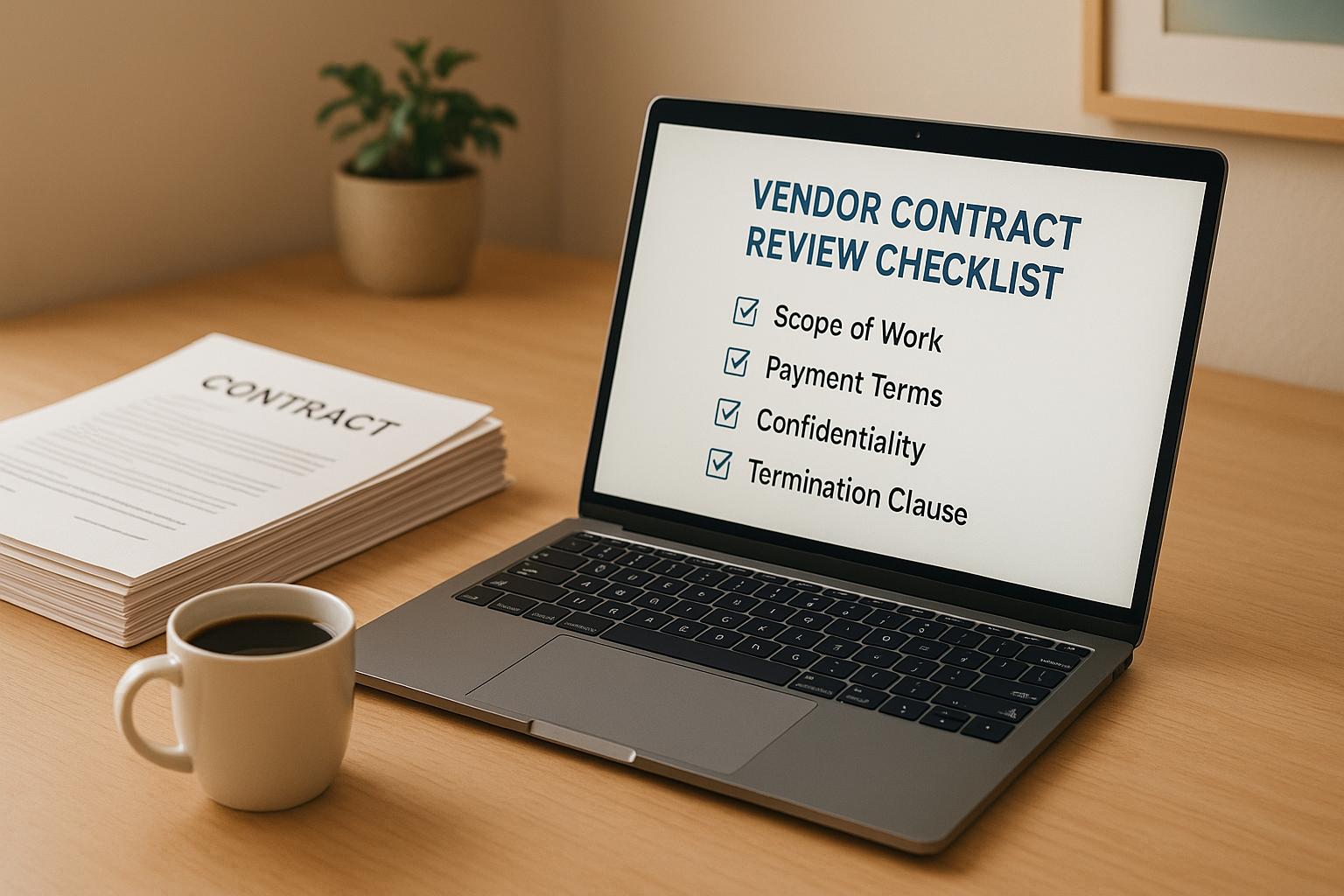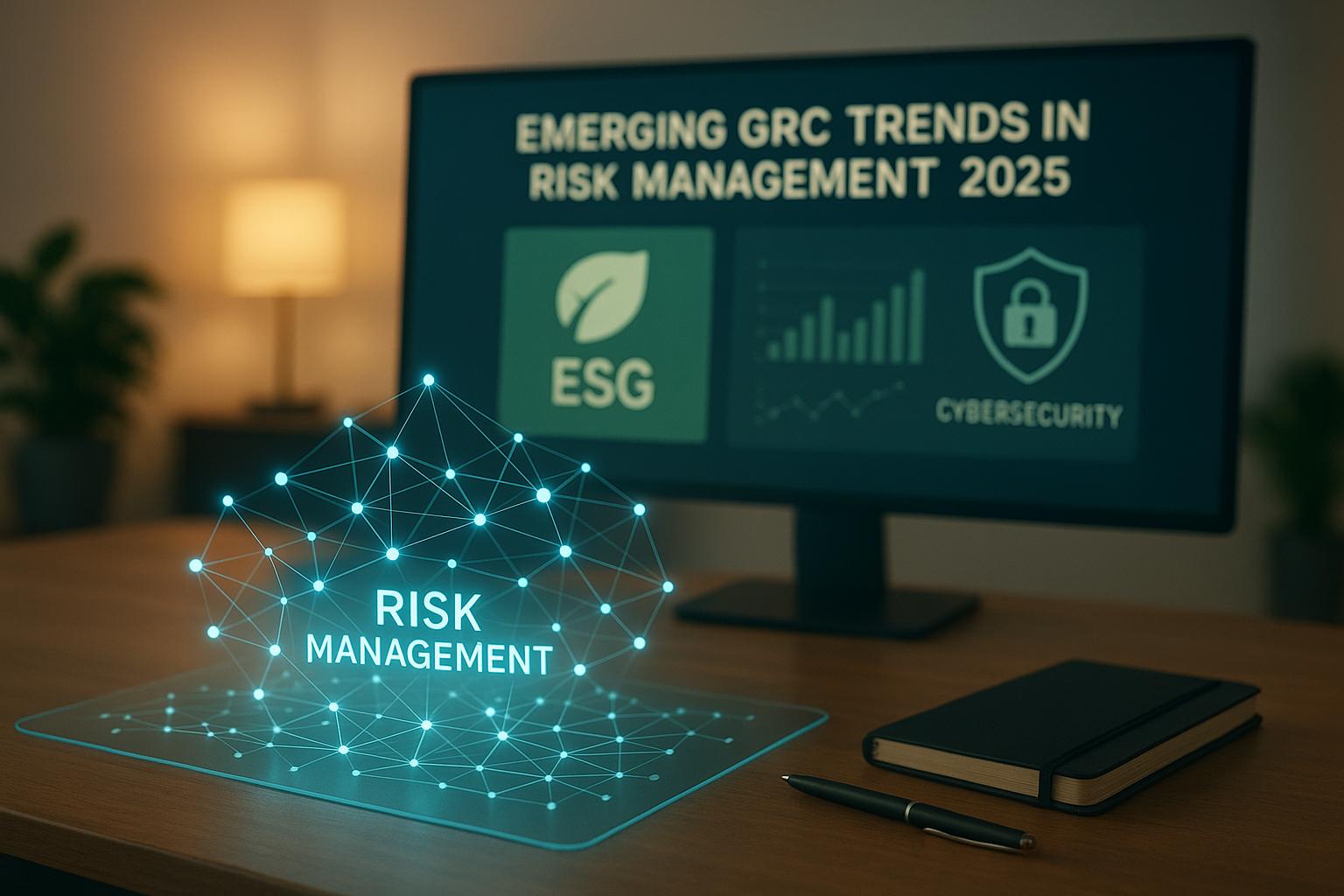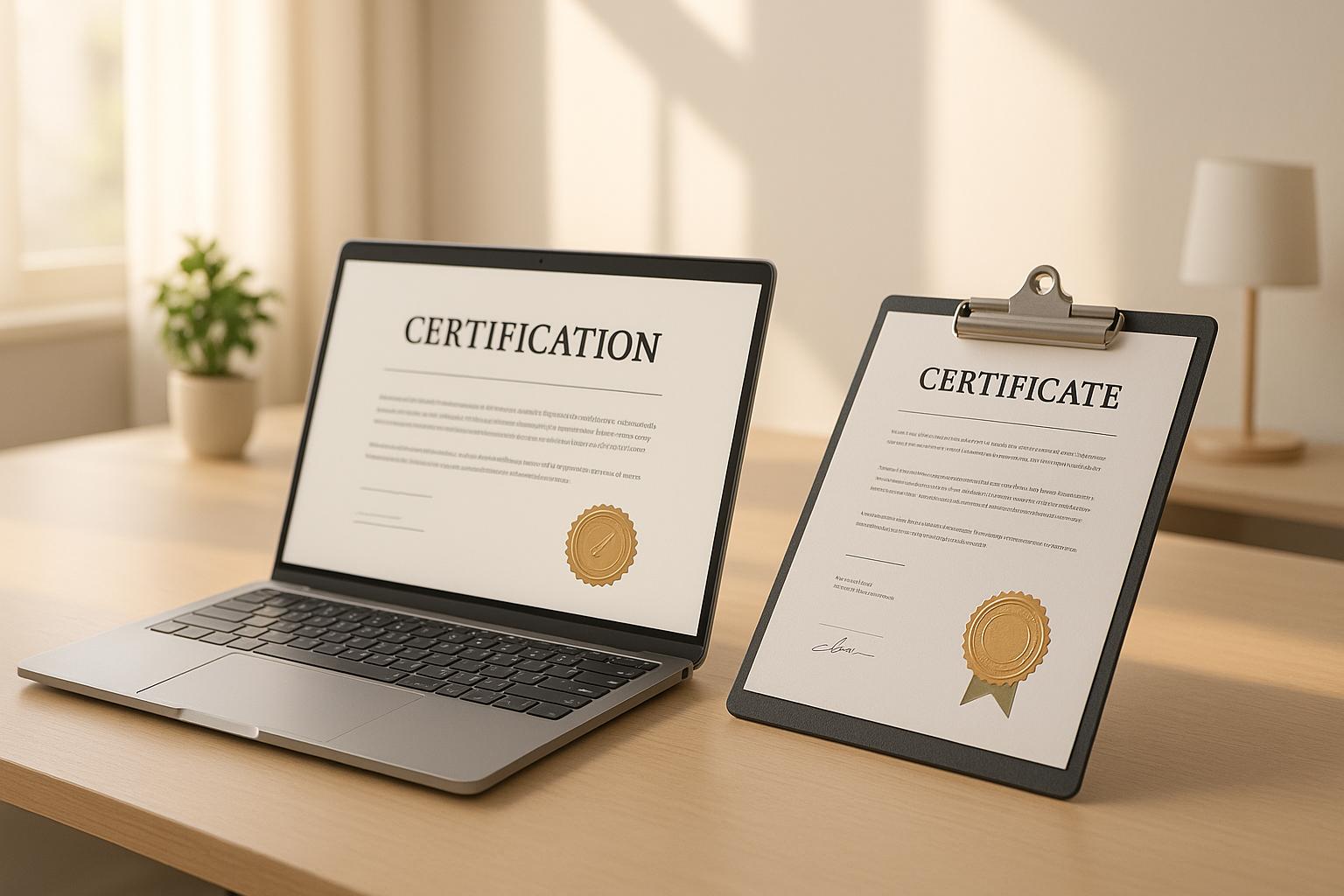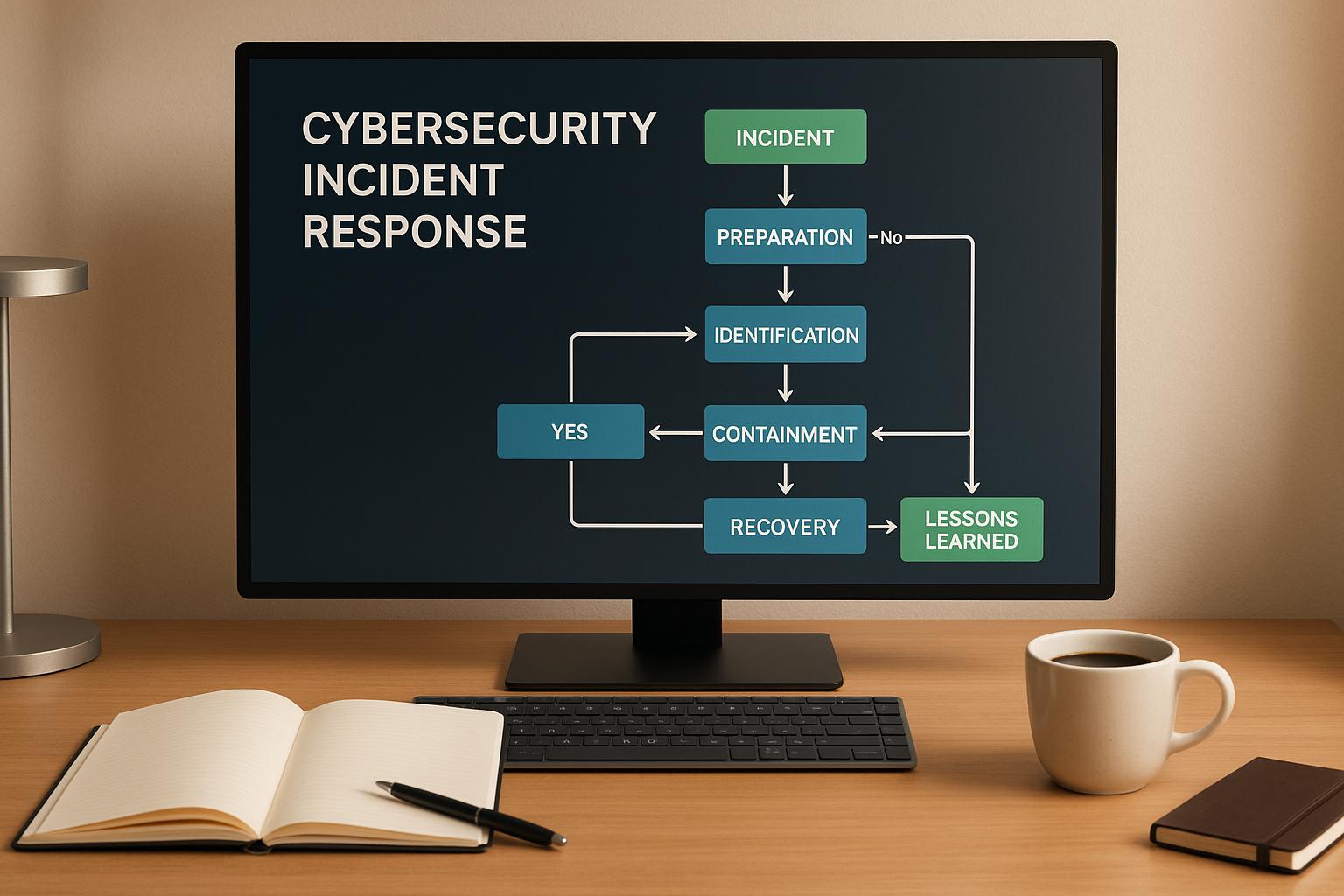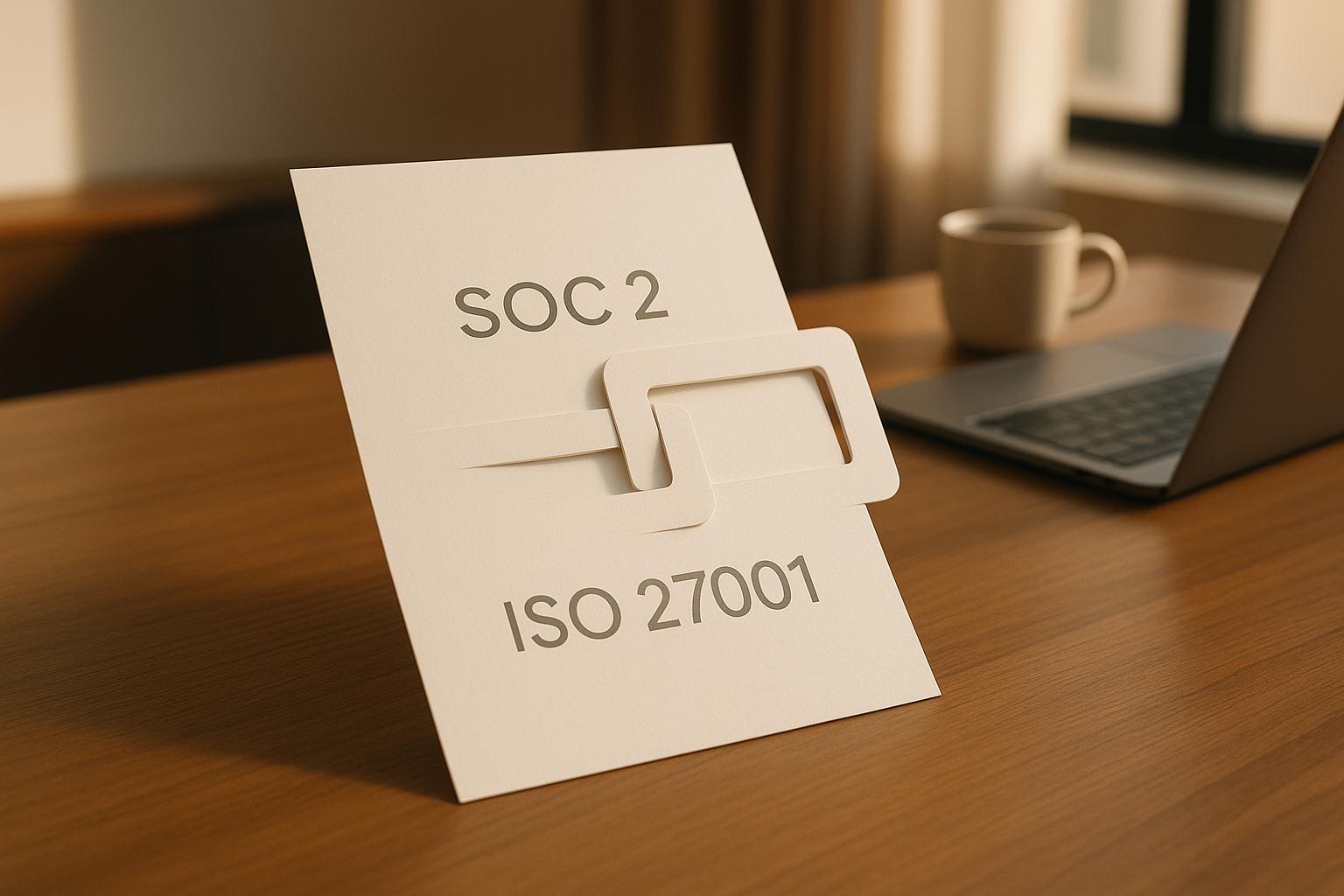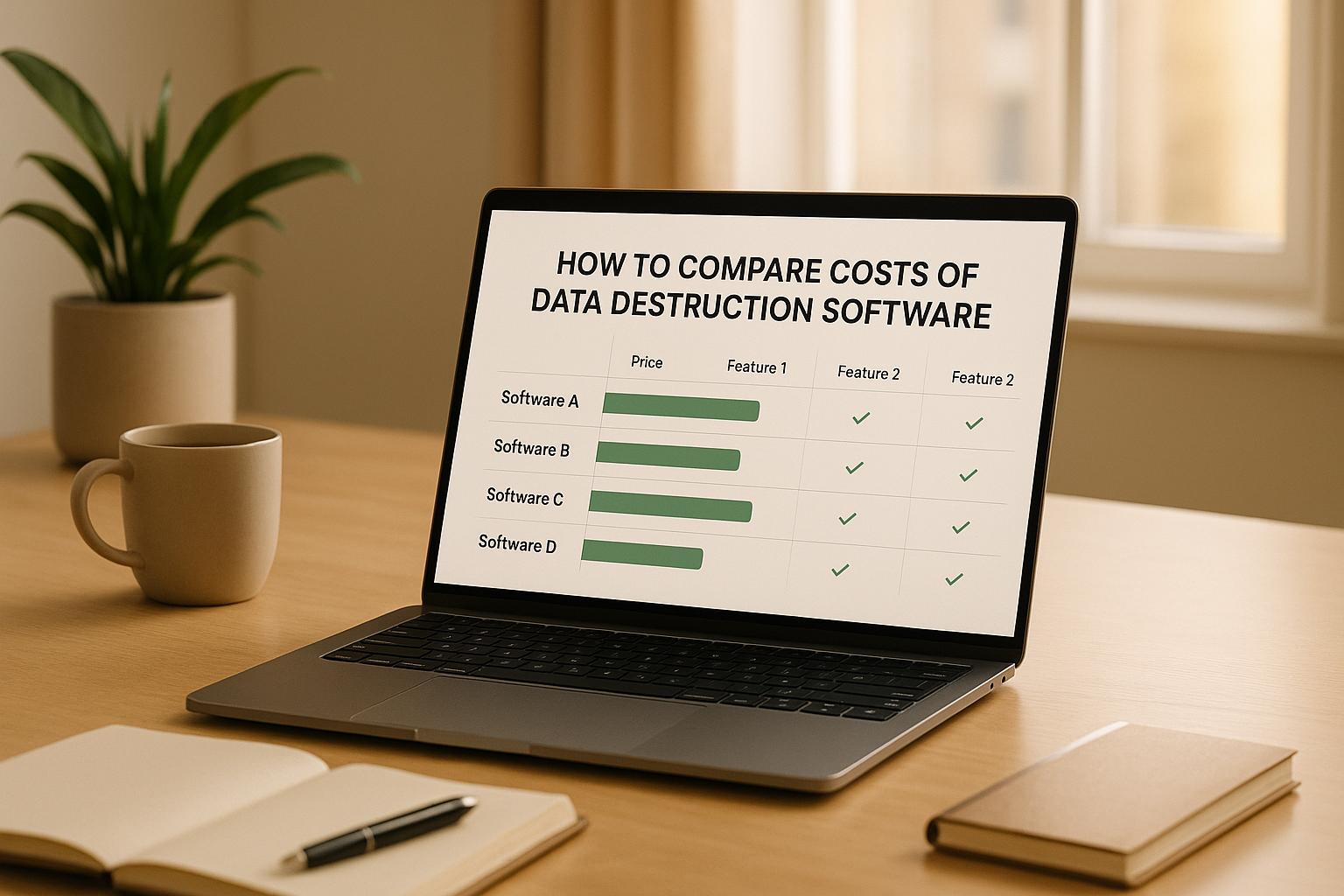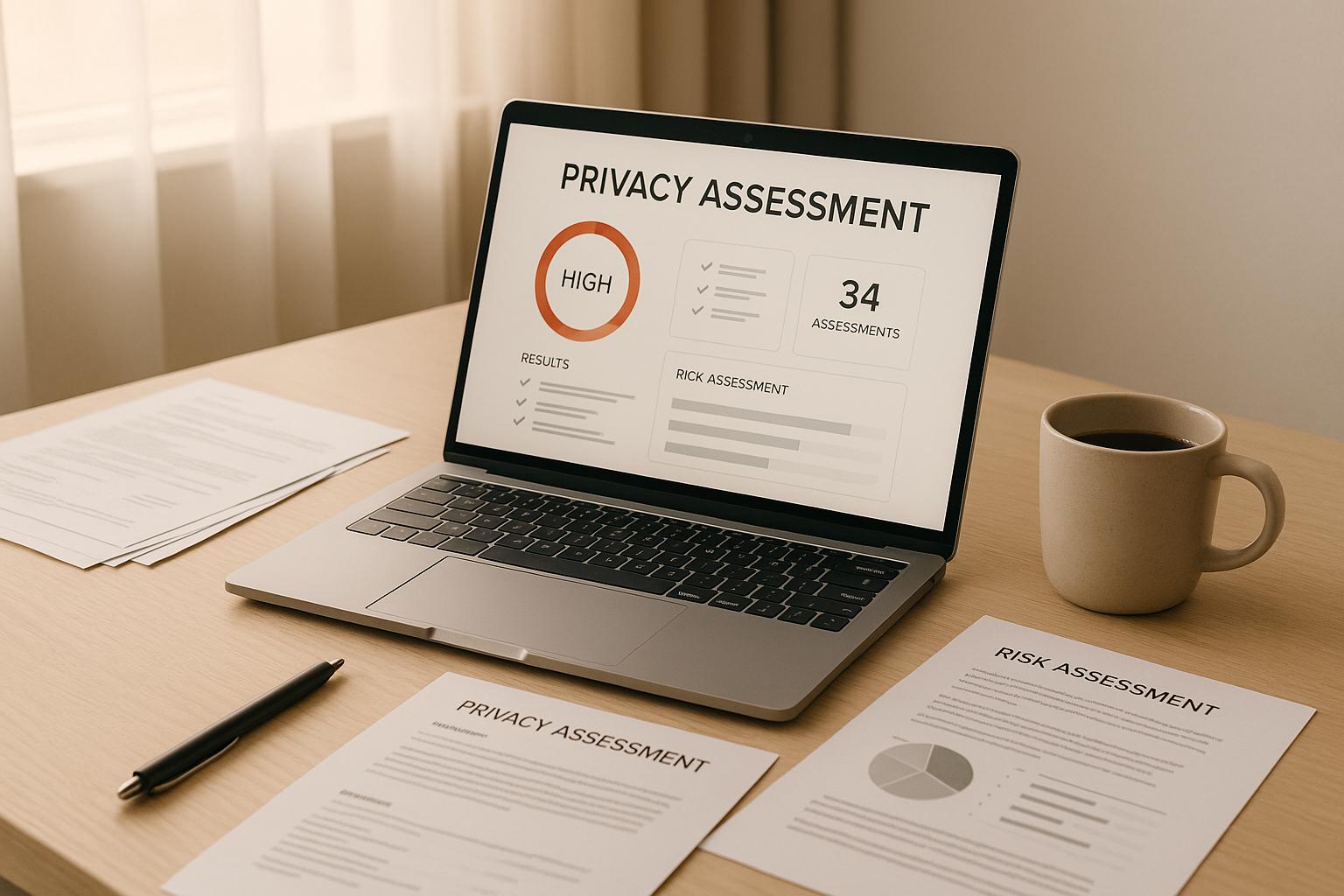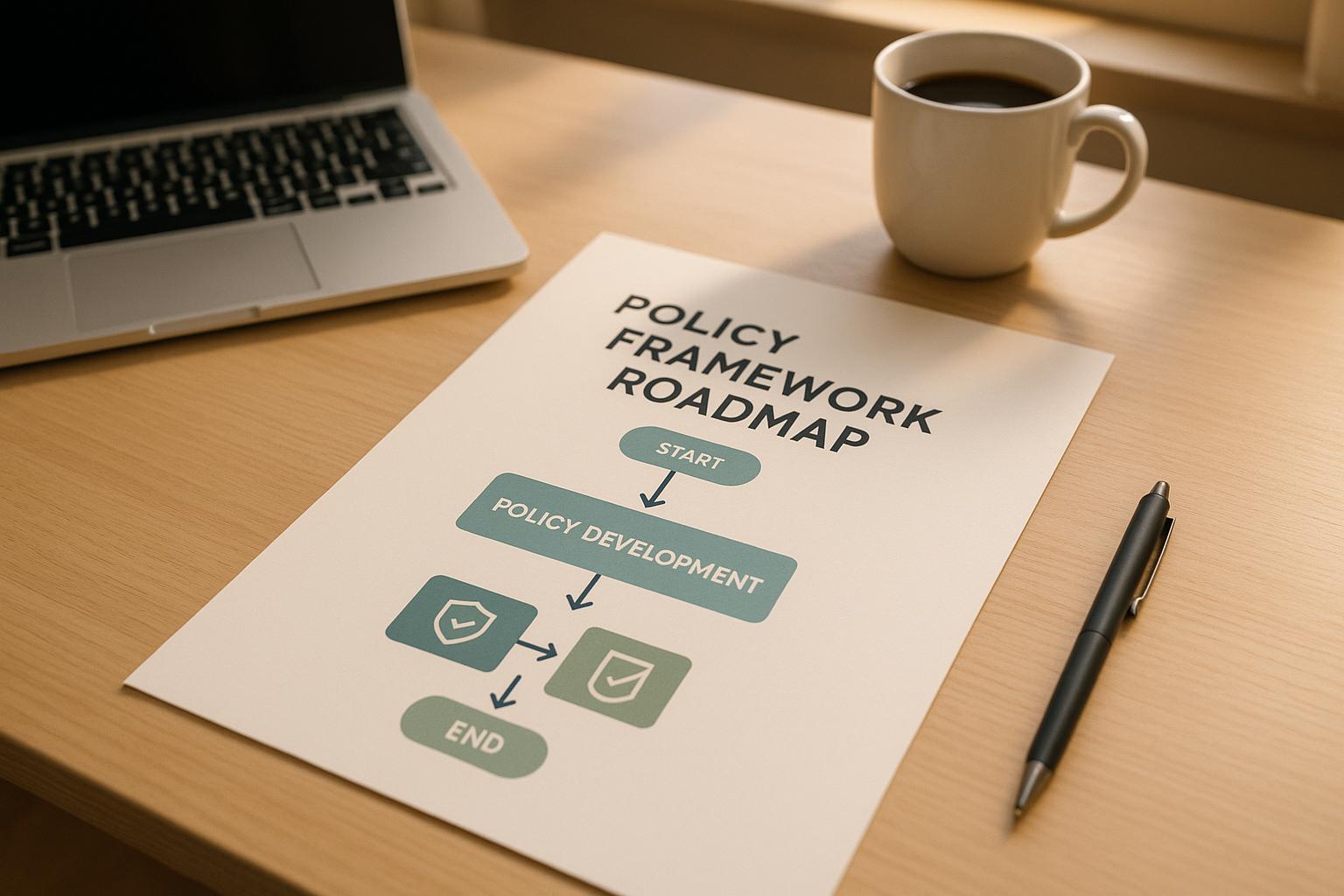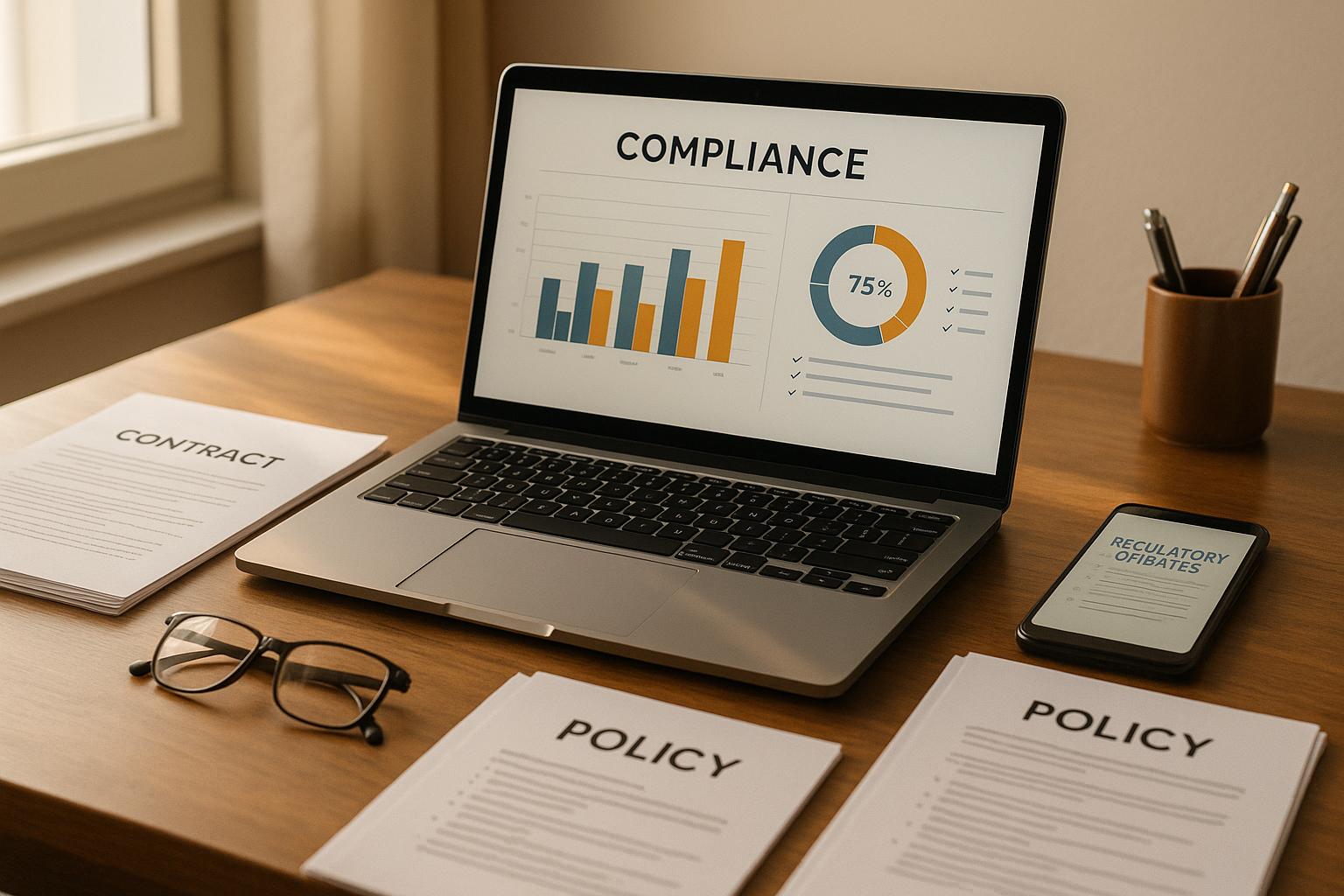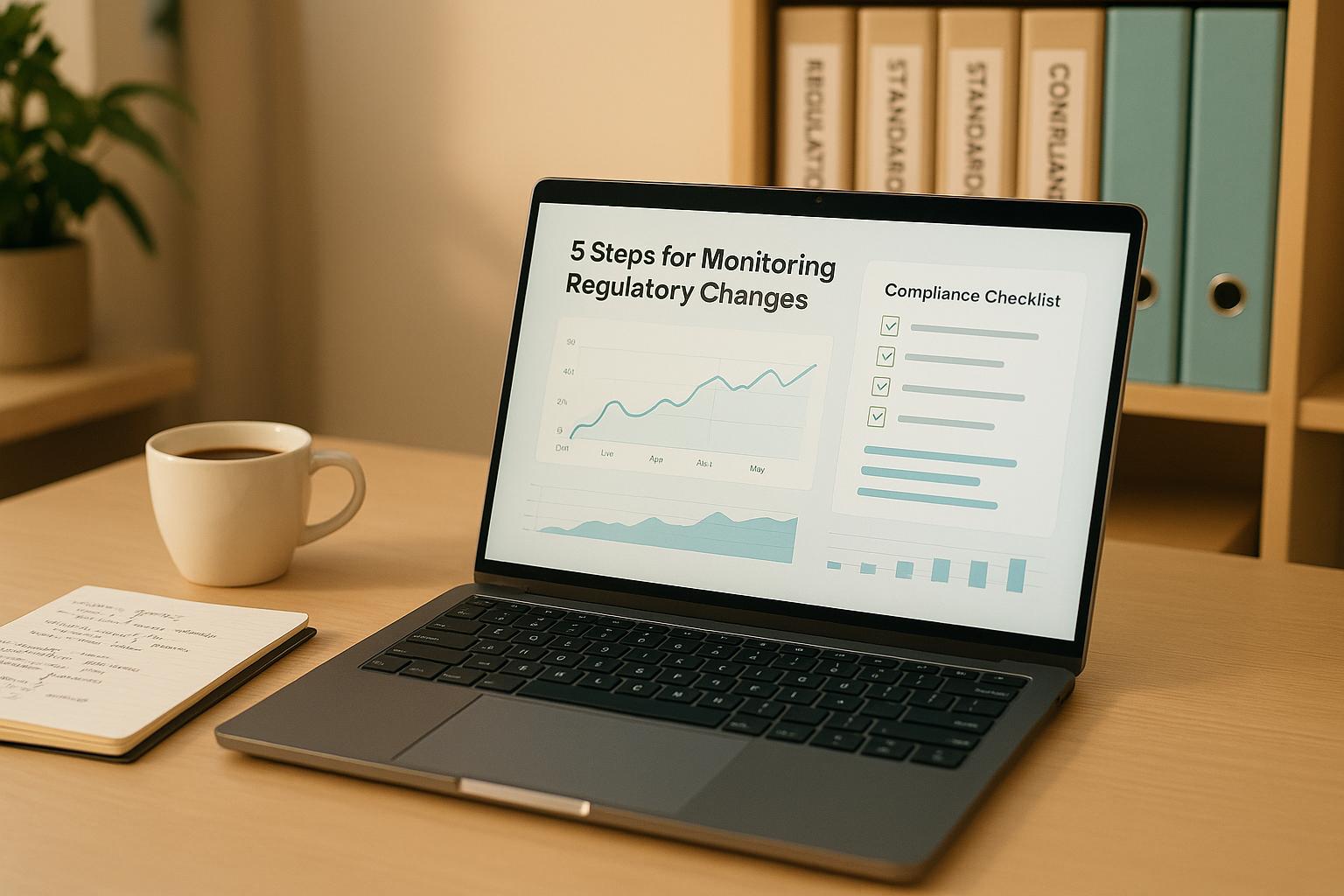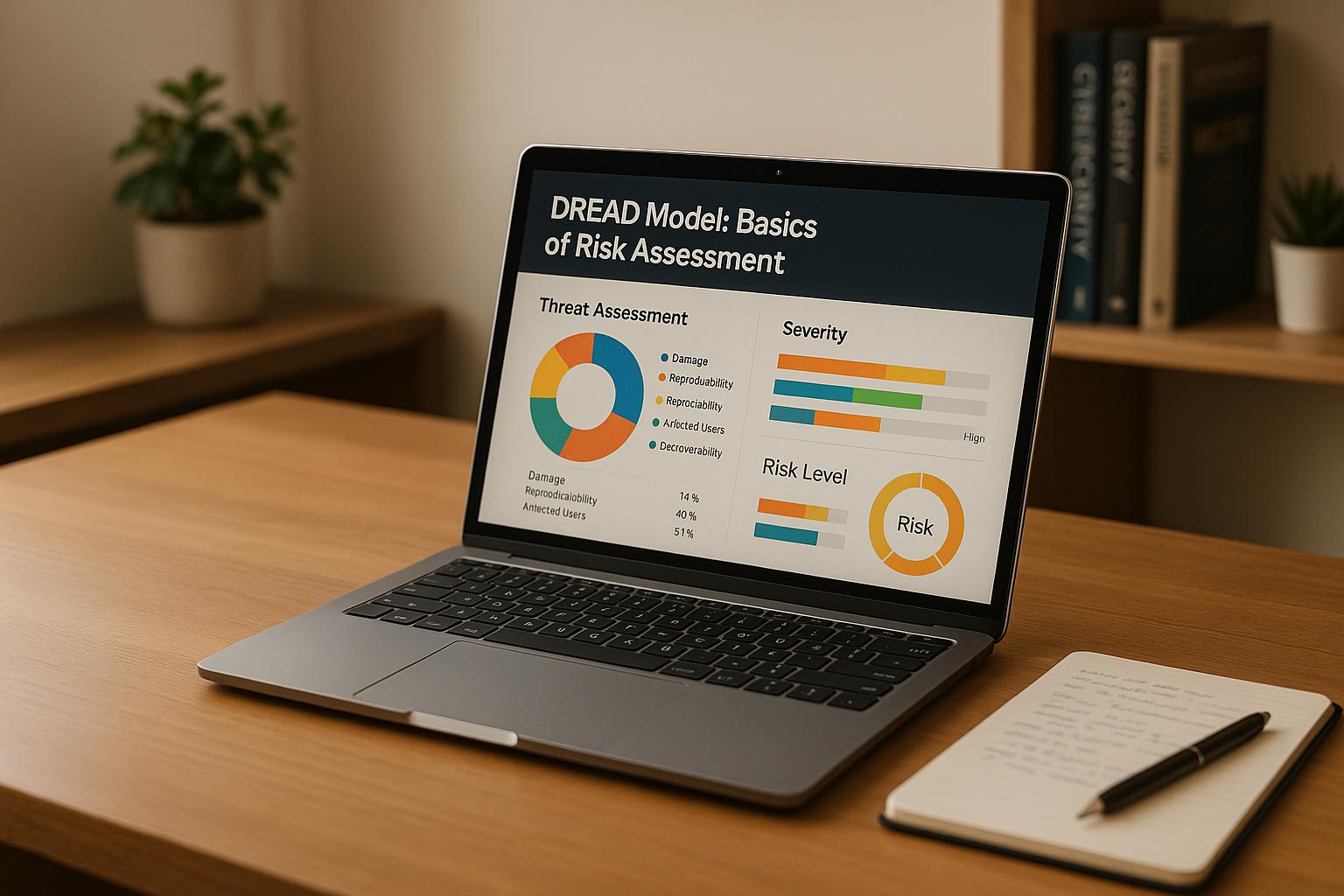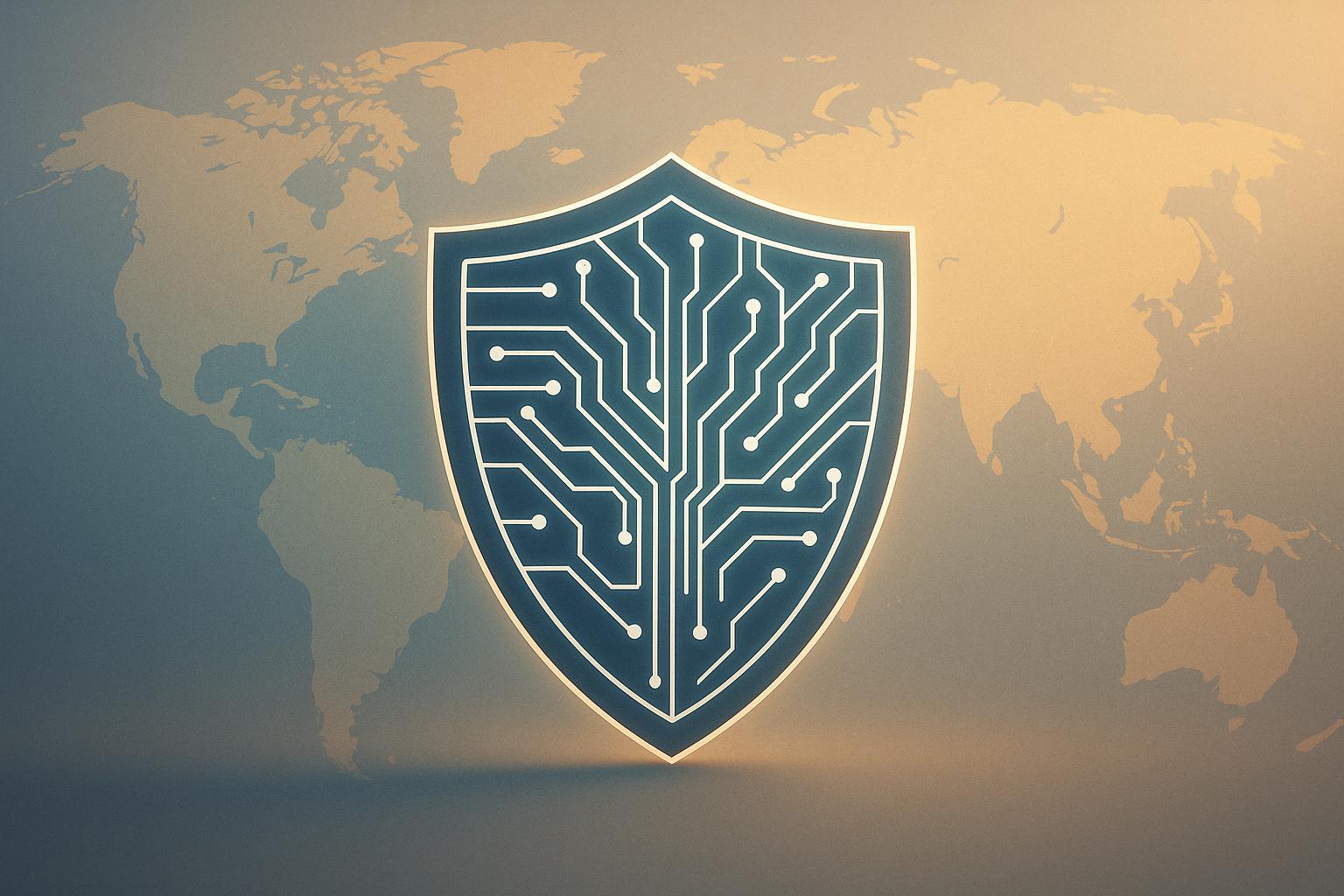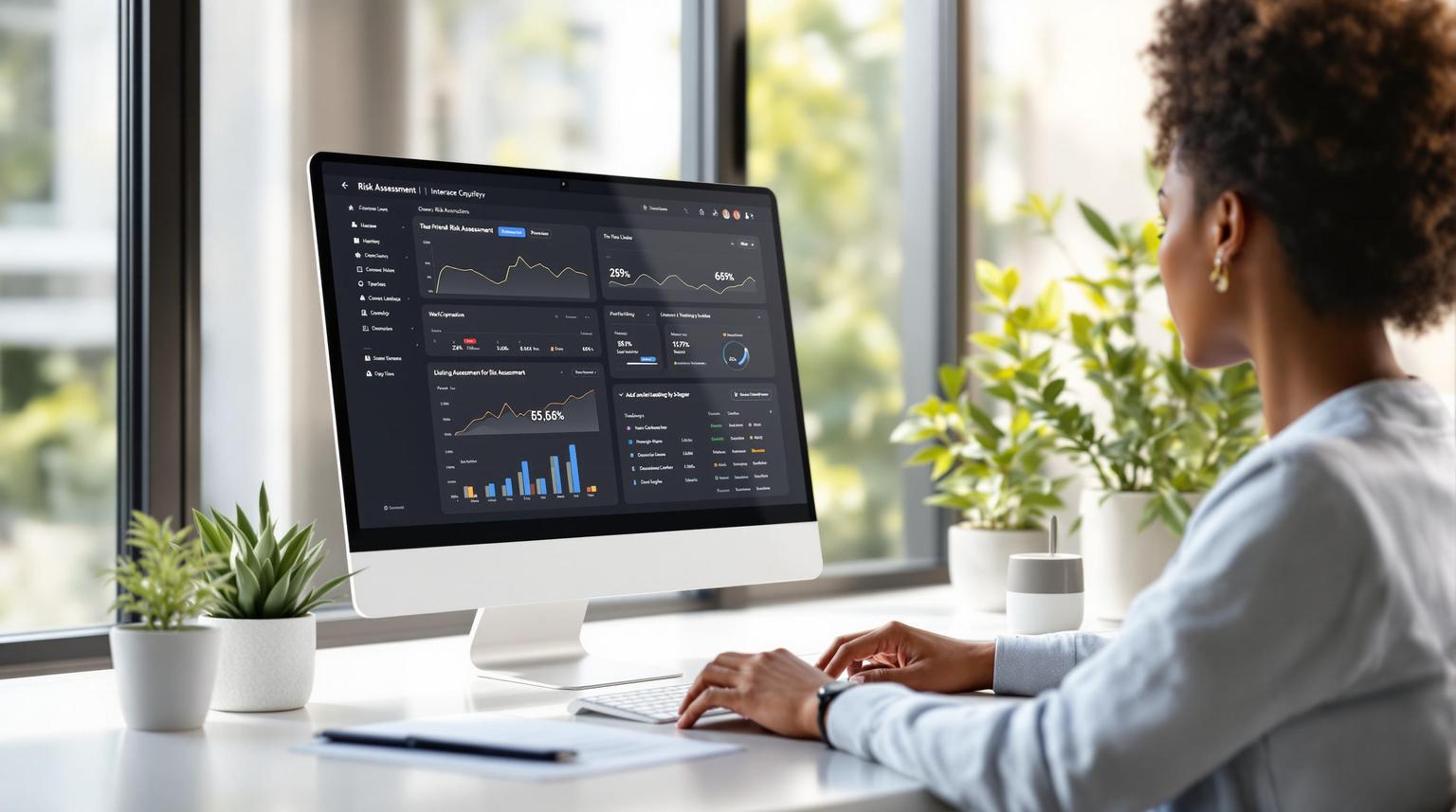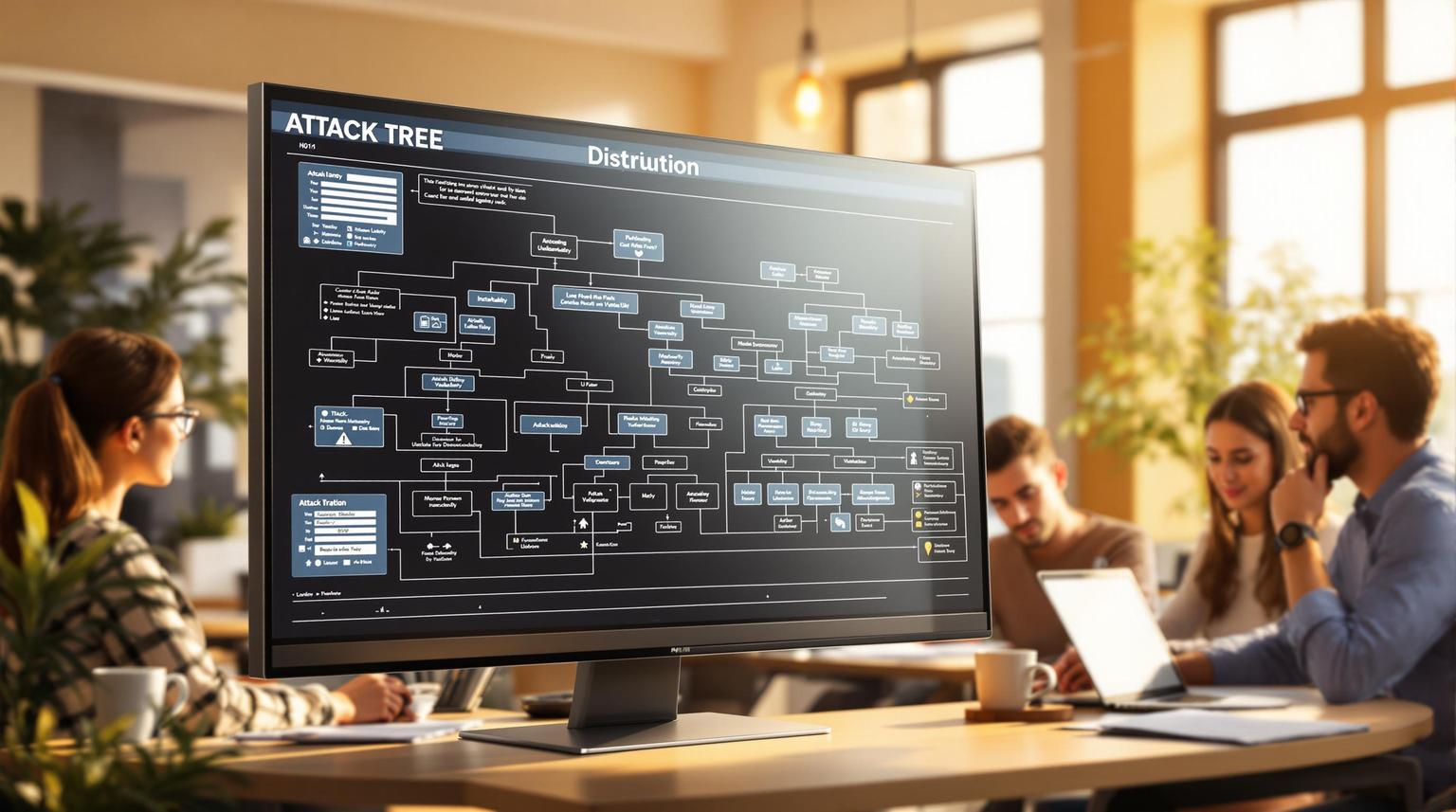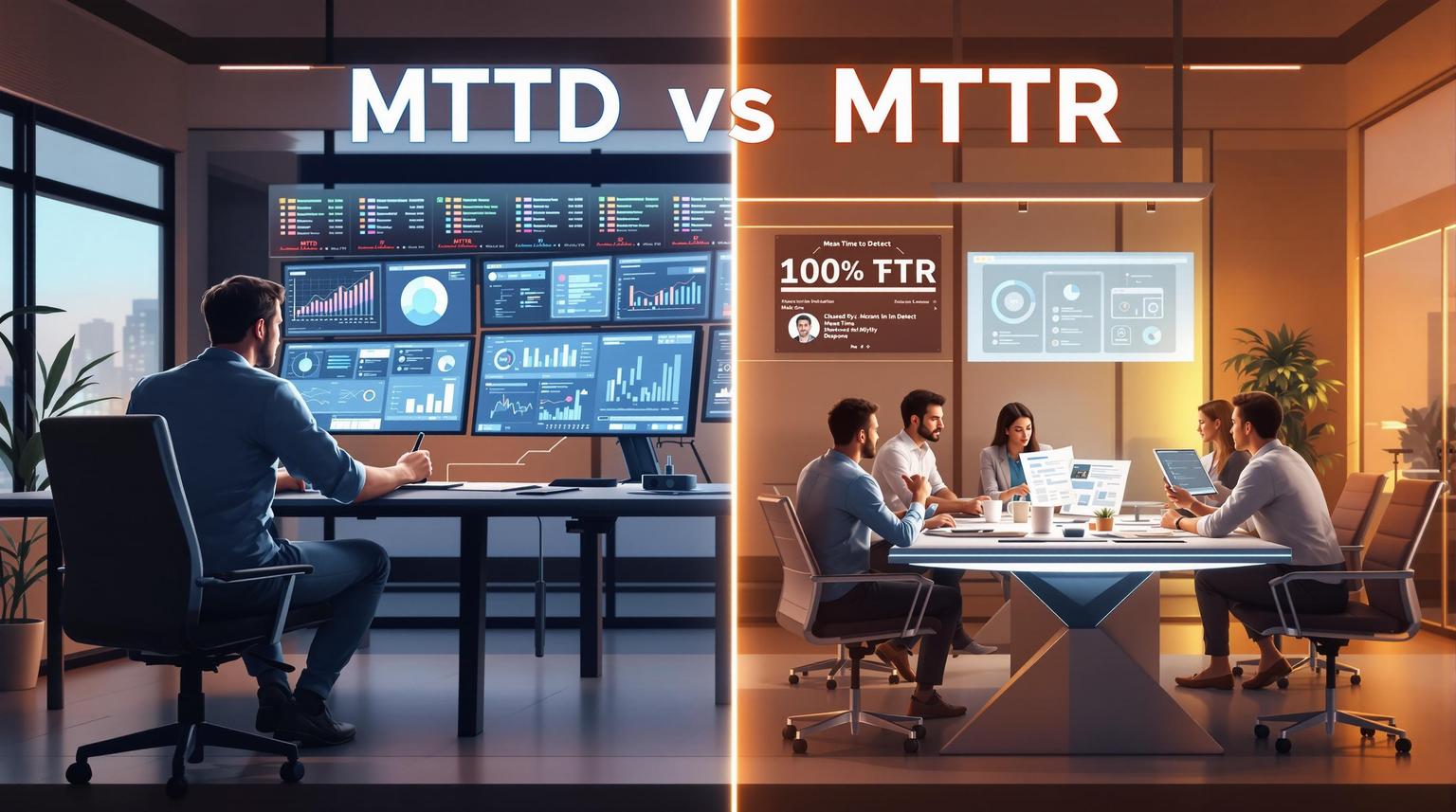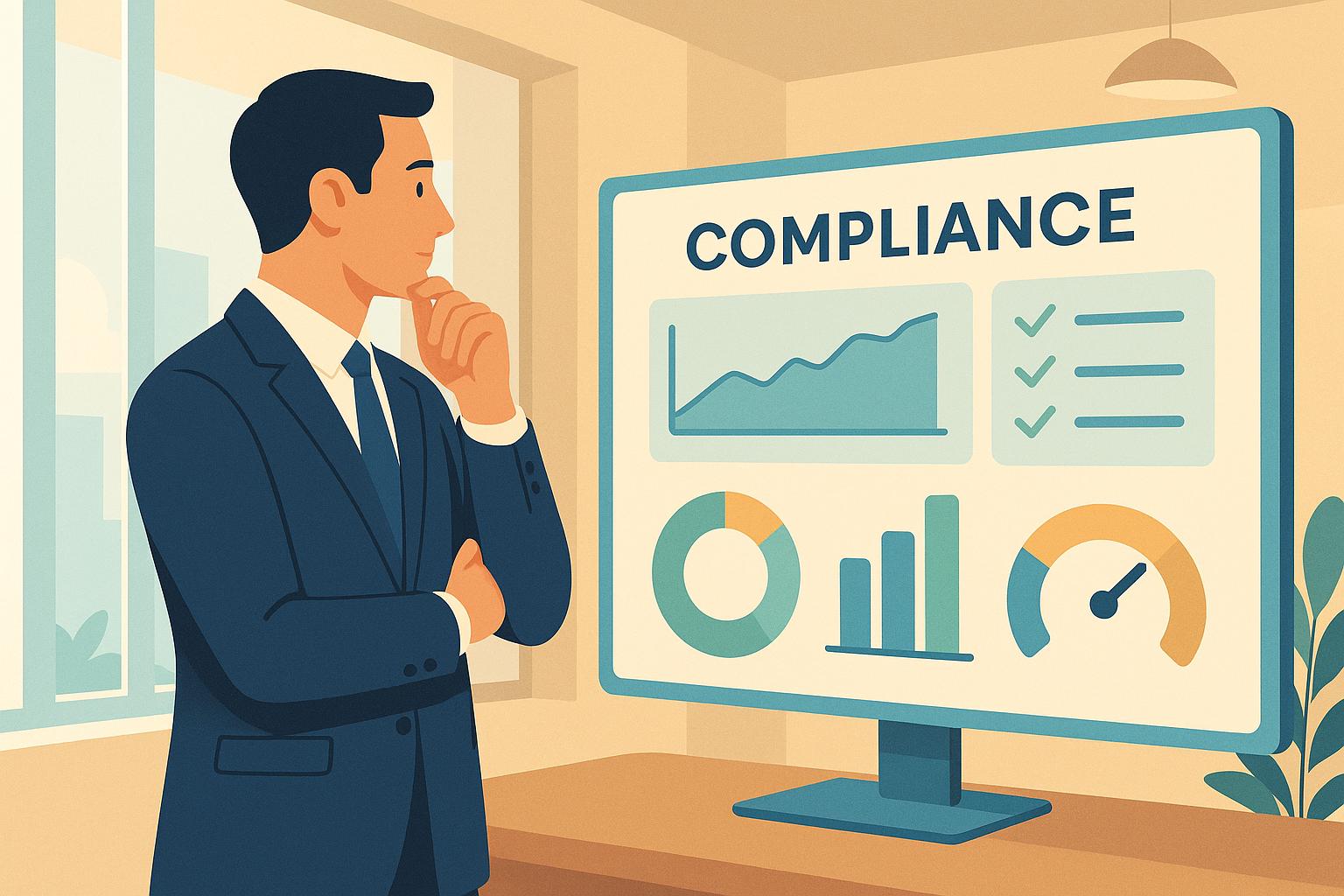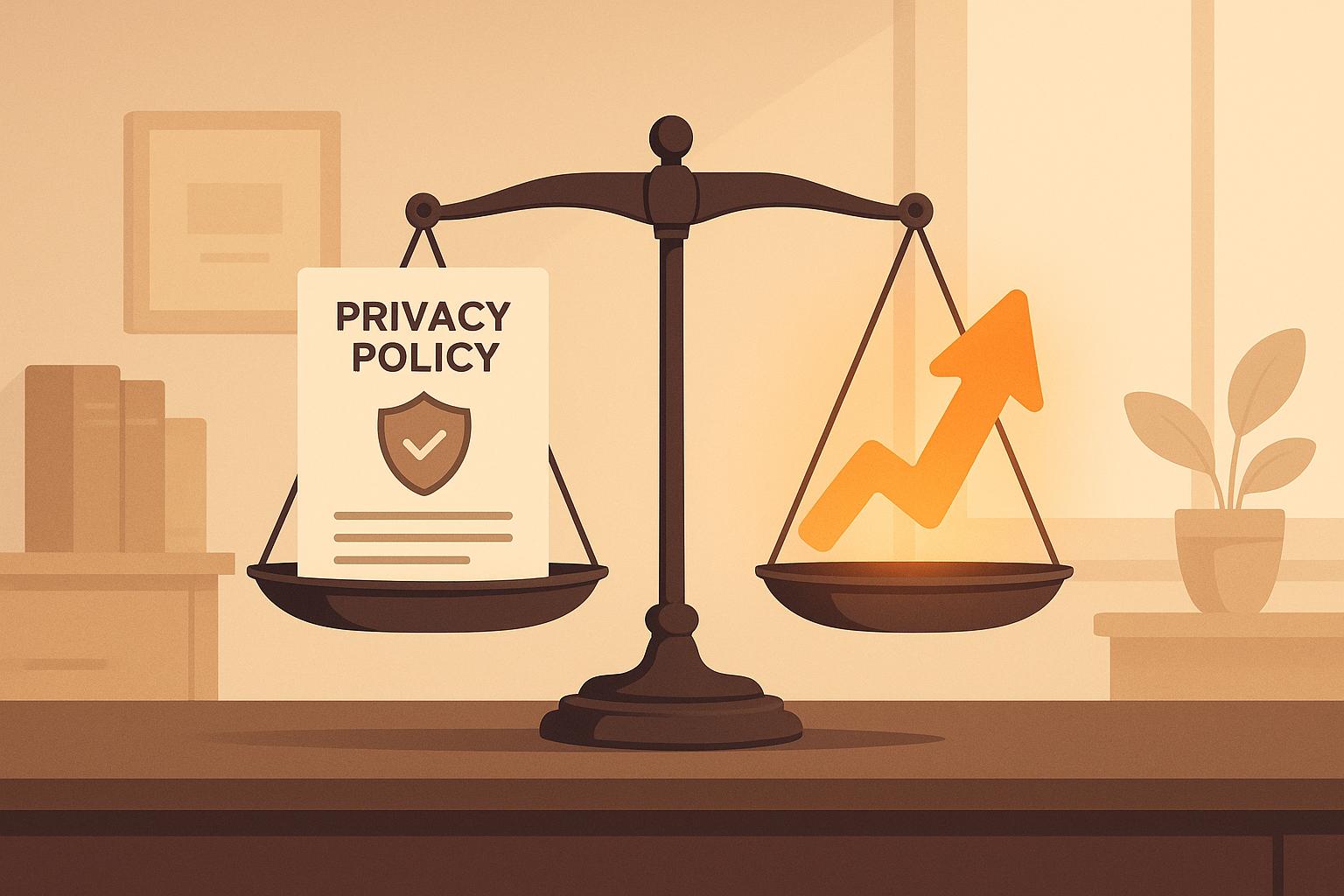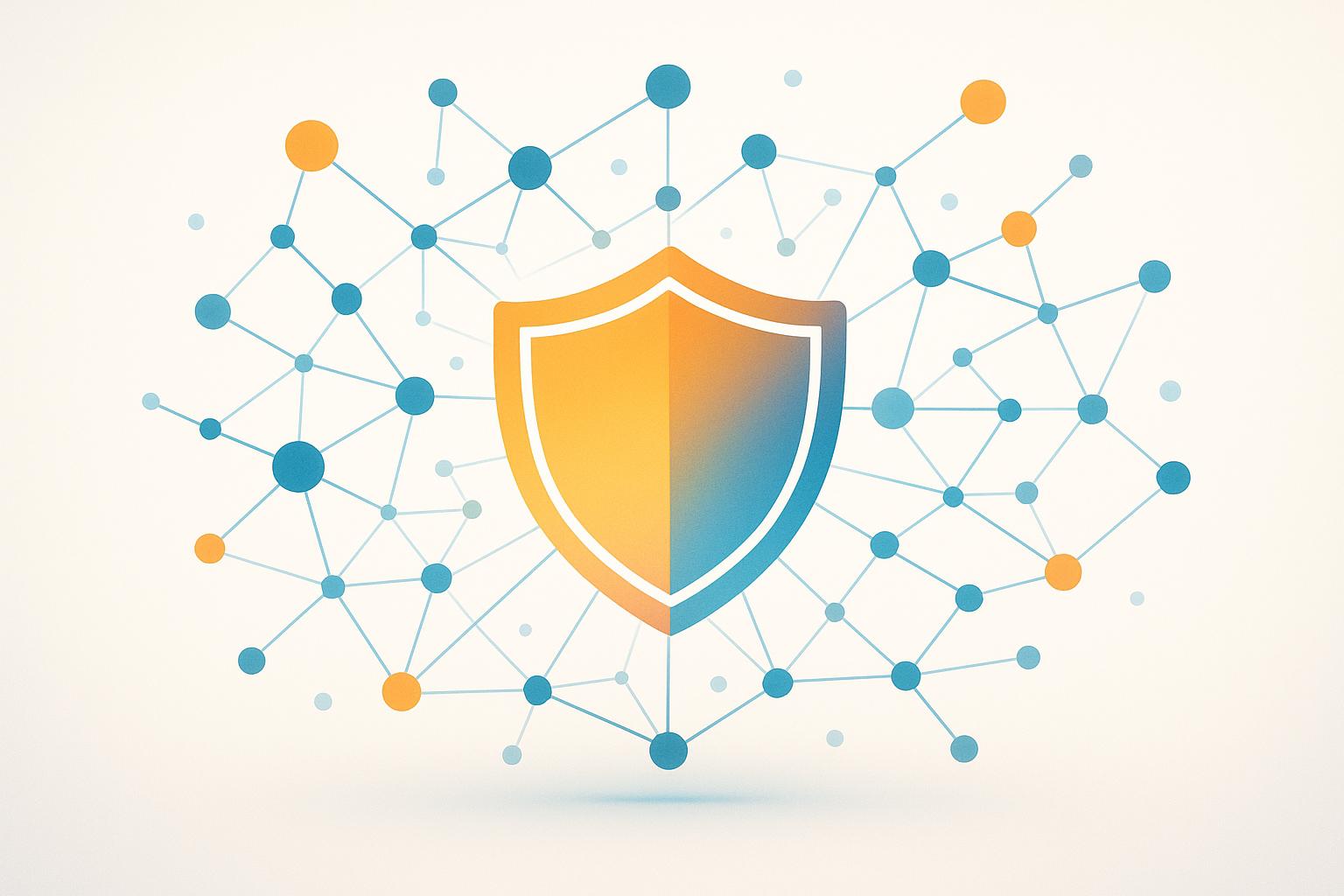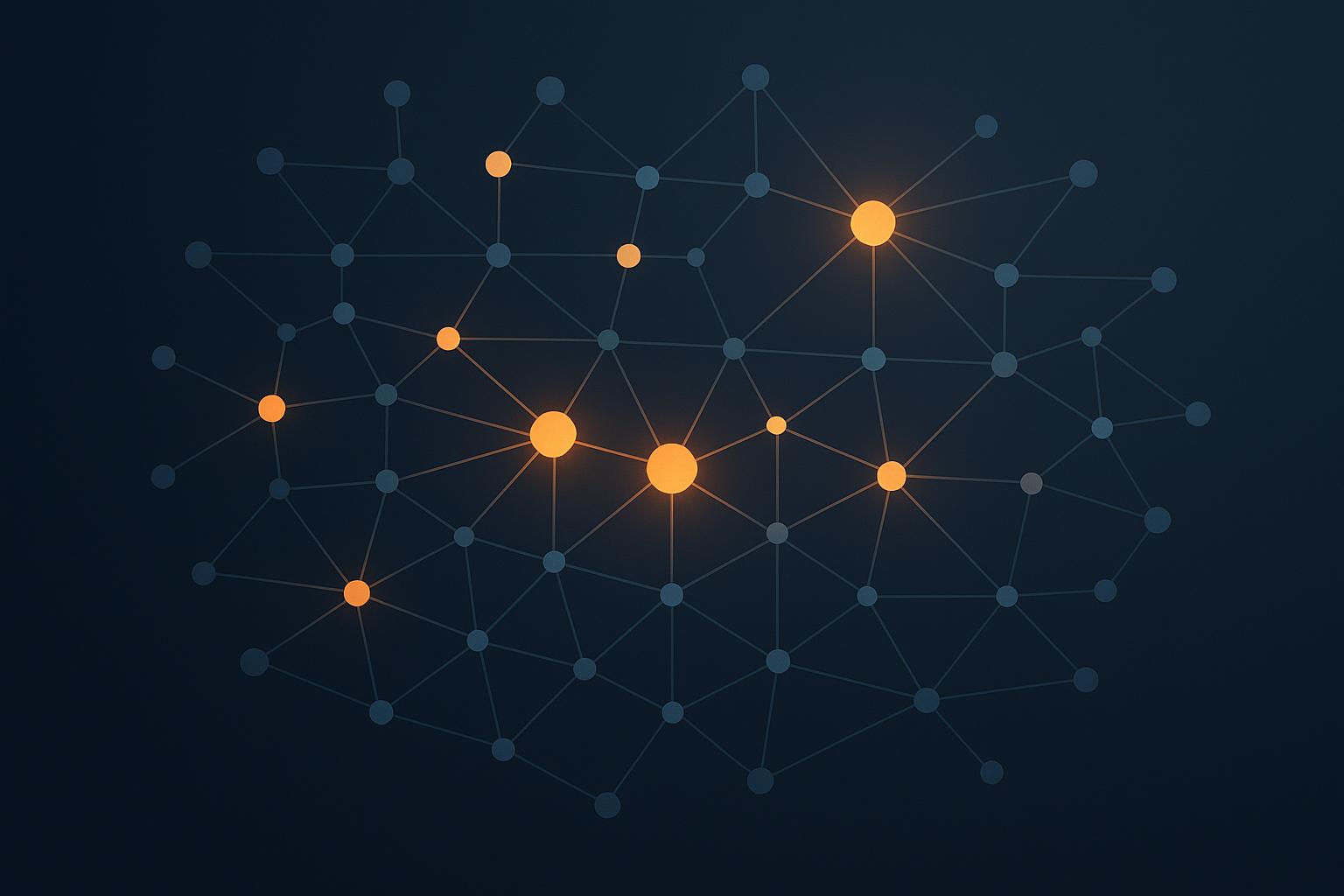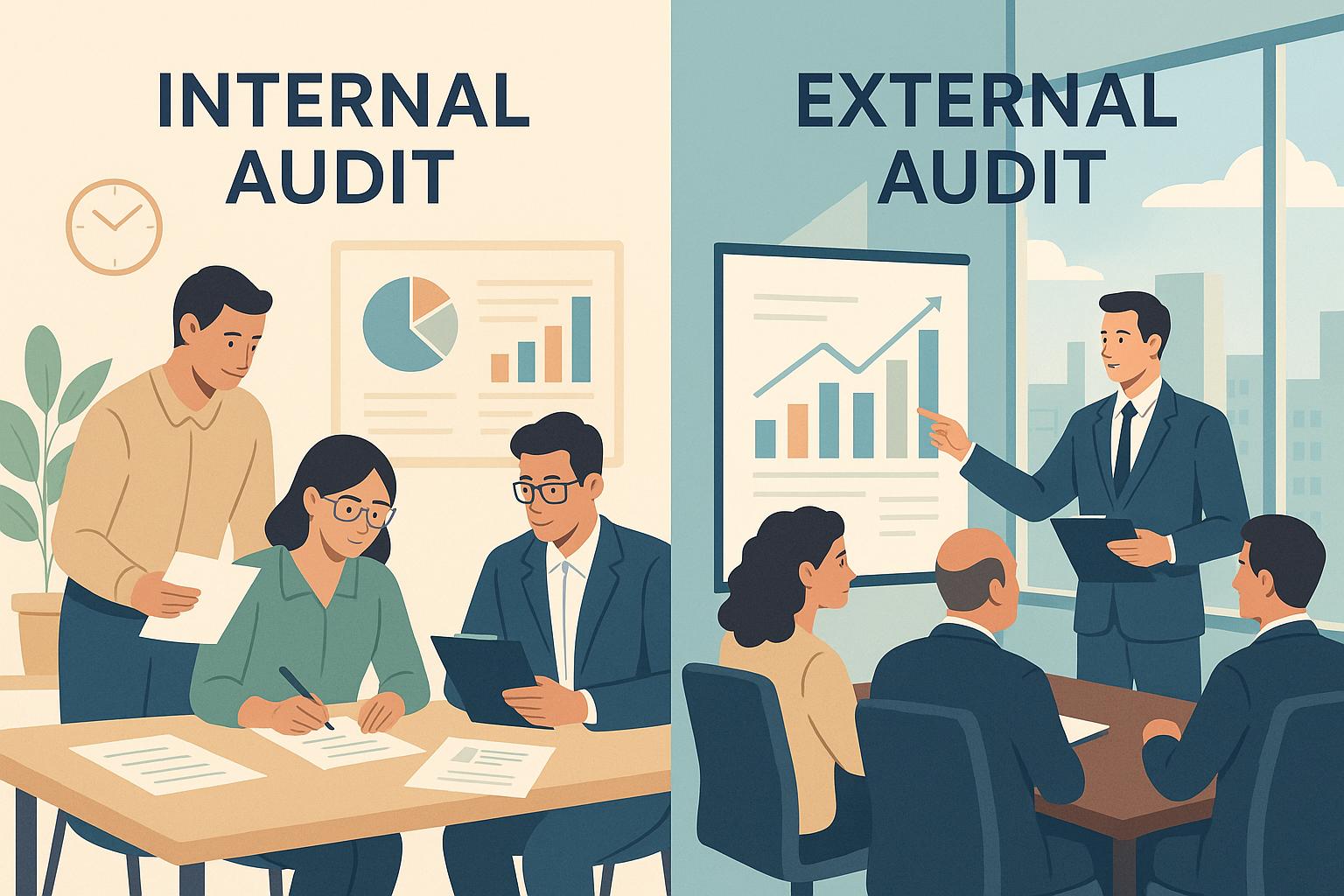
When deciding on your first audit framework - SOC 2, ISO 27001, or HIPAA - your choice depends on your industry, business goals, and the type of data you handle. Here’s a quick breakdown:
- SOC 2: Ideal for service organizations, especially SaaS and cloud providers, focusing on customer data security and trust. Flexible but requires ongoing effort to maintain compliance.
- ISO 27001: A globally recognized standard for managing information security. Best for organizations with international operations or those seeking a structured approach to risk management.
- HIPAA: Mandatory for healthcare entities and their partners handling protected health information (PHI). Focused on strict privacy and security rules.
Quick Comparison
| Framework | Best For | Focus Area | Legal Requirement | Certification Process |
|---|---|---|---|---|
| SOC 2 | SaaS, cloud, service providers | Data security, privacy | Voluntary | Audit report (Type I/II) |
| ISO 27001 | Global organizations, risk-focused | Information security (ISMS) | Voluntary | Certification body audit |
| HIPAA | Healthcare and related entities | Protected health information | Mandatory (U.S.) | Self-assessment or OCR audit |
Each framework serves distinct needs. SOC 2 is great for building customer trust in the U.S., ISO 27001 provides international credibility, and HIPAA ensures compliance for healthcare. Start with the one that aligns with your primary business requirements and customer expectations.
1. SOC 2
Scope
SOC 2 revolves around the Trust Services Criteria (TSC), which measure how service organizations safeguard data across five key areas: security, availability, processing integrity, confidentiality, and privacy. The scope of this framework includes the services, systems, policies, processes, and personnel that are evaluated against these criteria.
One of SOC 2's strengths is its flexibility, allowing organizations to tailor their reports to specific services while requiring strong security measures. Among the five principles, the security principle stands out as the most extensive, with over 30 mandatory criteria to meet.
Devika Anil, an ISC 2-certified compliance expert and ISO 27001 lead auditor at Sprinto, highlights the importance of these criteria:
"SOC 2 Trust Service Criteria are high-level guidelines on how you can keep your organization and its information safe and secure."
Defining the scope involves pinpointing relevant systems - such as software, infrastructure, procedures, data, and personnel - and addressing risks tied to each Trust Service Criteria. With a well-defined scope, SOC 2 ensures data protection and demonstrates a commitment to cybersecurity.
Objectives
SOC 2 aims to help service providers manage data securely, safeguarding both the organization’s interests and client privacy. This framework not only strengthens security practices but also reduces the risk of costly data breaches. For context, the average cost of a data breach climbed to $4.88 million in 2024, marking a 10% rise from the previous year.
Achieving SOC 2 compliance confirms that an organization’s data management practices align with industry standards, bolstering cybersecurity efforts. Beyond protection, it often serves as a competitive edge, showcasing readiness to meet stricter data protection laws and rising customer expectations. For businesses handling sensitive information, SOC 2 compliance is a cornerstone of trust and operational excellence.
Applicability
SOC 2 is particularly important for service organizations that deal with customer data. It’s nearly indispensable for SaaS providers and immensely beneficial for cloud service providers, given their role in managing large volumes of sensitive information. The framework is widely respected across industries - financial services, for instance, view it as a benchmark for security, while healthcare organizations use it to evaluate cybersecurity risks.
Industries with strict regulations are more likely to require SOC 2 compliance. For example, cloud-based software providers serving educational institutions have leveraged SOC 2 certification to operate securely at scale. Additionally, larger enterprises in regulated sectors like healthcare, finance, and government often make SOC 2 compliance a contractual necessity.
If your sales team frequently faces questions about security documentation or struggles to close deals due to a lack of SOC 2 certification, it may be time to pursue compliance. Ultimately, any organization that prioritizes data security and privacy as part of its growth strategy should consider SOC 2.
Audit Process
The SOC 2 audit process includes several steps: defining the scope and objectives, selecting criteria, documenting processes, conducting a readiness review, addressing identified gaps, and completing the formal audit. Proper preparation can streamline the path to certification.
Organizations can choose between two types of SOC 2 reports:
- SOC 2 Type 1: Evaluates controls at a specific point in time.
- SOC 2 Type 2: Assesses the design and operational effectiveness of controls over a period (usually 6–12 months), offering greater assurance.
Type 1 reports provide a snapshot, while Type 2 reports validate long-term control effectiveness.
Preparation involves updating administrative policies - such as access control, disaster recovery, incident response, risk assessment, and security training - and implementing technical controls like firewalls, encryption, backups, audit logging, intrusion detection, and vulnerability scans. Building a capable compliance team with clearly defined roles and gathering detailed documentation (e.g., security policies, certifications, third-party contracts, and risk assessments) are critical steps in this process.
US-Specific Considerations
SOC 2, overseen by the AICPA, aligns closely with U.S. business practices and incorporates AICPA "points of focus" to support compliance efforts.
Its adaptability makes it particularly suited to the diverse U.S. business environment. However, organizations are encouraged to begin their SOC 2 compliance journey early, as the process can take months. Waiting until a major deal or client request arises can create unnecessary pressure. To maintain compliance, organizations must engage in continuous monitoring and regularly review policies and controls - an approach that reflects U.S. regulatory expectations for ongoing improvement.
2. ISO 27001
Scope
ISO 27001 focuses on creating an Information Security Management System (ISMS) to systematically address risks across an organization. The scope of the ISMS specifies which parts of the business are covered, ensuring stakeholders know exactly what is protected. This scope can include subsidiaries, departments, products, services, physical locations, mobile workers, geographies, systems, and processes that need safeguarding. The certification scope, which appears on the official certificate, serves as a public declaration of the organization’s commitment to security.
In January 2024, Sensiba San Filippo LLP shared an example scope statement for a company’s "SecureVault 360" platform, a cloud-based solution for data security and storage. This statement included development, operation, and customer support processes for the platform across three sites in the U.S. and Europe, with headquarters in Austin, Texas. Later, in April 2024, they provided another example for a fully remote organization offering cloud-based software development services, which used a New York mailing address solely for correspondence.
It’s essential for the scope to align with the organization’s business objectives, clearly outlining both in-scope and out-of-scope areas, as well as any interfaces and dependencies with external entities. Senior management, IT teams, legal advisors, and department heads should work together to define this scope. A well-defined scope lays the groundwork for using ISO 27001 to improve security practices and align them with broader strategic goals.
Objectives
With a clear scope in place, ISO 27001 transforms security from a reactive measure into a strategic advantage. The framework helps organizations shift from simply responding to threats to proactively managing risks, showcasing a strong commitment to data security and privacy. Certified organizations have reported tangible benefits, such as a 44% drop in blocked sales or re-audits, as well as faster crisis recovery times - more than one-third shorter than their uncertified peers. By introducing structure where there may have been uncertainty, ISO 27001 enables teams to identify vulnerabilities and implement ongoing improvements.
Beyond compliance with regulations like GDPR, HIPAA, and PCI DSS, ISO 27001 helps organizations stand out in the marketplace and reduces internal risks - especially considering that up to 90% of breaches originate within organizations.
Applicability
ISO 27001 is relevant to all types of organizations. The ISMS can cover the entire organization or be tailored to specific functions or locations. This flexibility is particularly useful for organizations operating globally or across multiple jurisdictions. Companies that handle sensitive information, aim to speed up deal closures, or want to embed continuous improvement into their processes find ISO 27001 especially beneficial.
The global recognition of ISO 27001 provides additional value for companies expanding internationally, as it assures stakeholders that their information security practices meet international standards. It also lays a foundation for meeting other compliance requirements, making it a versatile tool for businesses of all sizes.
Audit Process
The ISO 27001 audit process includes both internal readiness assessments and formal external audits conducted by accredited certification bodies. Typically, organizations spend 6–12 months preparing for and completing their first certification audit. The external audit has two stages: Stage 1 evaluates the ISMS design, while Stage 2 is the full certification audit. After certification, annual surveillance audits ensure continued compliance, and full recertification is required every three years.
Preparation for the audit involves several steps: defining a clear scope, conducting risk assessments, implementing policies, training employees, and ensuring proper documentation. Organizations should also perform readiness assessments, map assets with assigned ownership, and address any nonconformities through corrective actions.
US-Specific Considerations
In the U.S., organizations must recertify by October 31, 2025, under the updated 2022 version of ISO 27001. The standard’s risk-based approach aligns with U.S. regulatory expectations, emphasizing continuous monitoring and clear role definitions. This commitment helps organizations maintain a strong security posture, meeting the needs of both domestic and international stakeholders.
3. HIPAA
Scope
HIPAA is all about safeguarding protected health information (PHI) and ensuring its security wherever it’s stored or transmitted. Unlike more general frameworks, HIPAA zeroes in on healthcare data, covering application databases, systems with electronic PHI (ePHI), backup records, cloud-based file sharing, and even integrations with cloud visualization tools. It applies to both covered entities (like healthcare providers) and their business associates, which means any organization working with PHI on behalf of a healthcare provider must also comply with HIPAA’s strict standards. This focused approach underscores HIPAA’s commitment to protecting sensitive health data.
Objectives
HIPAA is a federal law in the U.S. aimed at ensuring the privacy and security of PHI. Its main goal is to set clear rules for how PHI is handled, with hefty penalties for violations. For instance, in May 2017, Mount Sinai-St. Luke's Hospital in New York City faced a $387,000 fine for improperly disclosing patient data.
Applicability
HIPAA compliance is required for any entity that creates, receives, maintains, or transmits PHI. It applies to three main types of covered entities:
| Health Care Providers | Health Plans | Health Care Clearinghouses |
|---|---|---|
| Doctors, clinics, psychologists, dentists, chiropractors, nursing homes, pharmacies (if they electronically transmit data in connection with HHS-standard transactions) | Health insurance companies, HMOs, company health plans, and government programs like Medicare, Medicaid, and military/veterans health care programs | Entities that convert nonstandard health info into a standard electronic format or vice versa |
To determine if they fall under HIPAA, organizations can use the CMS decision tool. If an organization doesn’t handle PHI, it doesn’t need to comply. By 2017, 86% of U.S. hospitals had adopted electronic health records (EHR), largely driven by HITECH Act requirements.
Audit Process
HIPAA requires annual internal audits to check compliance with administrative, physical, and technical safeguards. These audits, which can span weeks or months depending on the organization’s size and complexity, focus on three core areas. Organizations can self-assess or work with an independent assessor, and preparation involves appointing a HIPAA champion, defining the audit scope, reviewing documentation, interviewing staff, and conducting technical evaluations. The cost of preparing for these audits ranges from $10,000 to $100,000. Additionally, the Office for Civil Rights (OCR) conducts external audits periodically to ensure ongoing compliance.
As SecurityMetrics points out:
"Remember, the point of an audit is to help your organization become more secure, protecting you, your workforce members, and ultimately your patients."
US-Specific Considerations
HIPAA compliance is overseen by the Department of Health and Human Services (HHS) and enforced by the OCR. The HITECH Act has strengthened HIPAA by holding business associates directly accountable for violations and requiring formal business associate agreements (BAAs) with covered entities. The HIPAA Security Rule specifically addresses the protection of electronic PHI (ePHI), reflecting the healthcare industry’s shift to digital systems. Organizations must carefully track PHI throughout their operations to identify where patient data is created, stored, transmitted, and maintained.
"HIPAA's primary goal is to protect the privacy and security of patients' protected health information (PHI), and the best way to verify compliance is with an internal audit." - Fortinet
This framework’s targeted focus on PHI sets the stage for a deeper analysis of its benefits and limitations.
sbb-itb-ec1727d
SOC2 vs ISO 27001 - Which should you get?
Framework Advantages and Drawbacks
This section breaks down the strengths and challenges of each framework discussed earlier, helping you weigh their pros and cons. Every framework has its own set of benefits and hurdles, and selecting the right one depends on your organization's specific needs and goals. Here's a closer look at how each framework stacks up.
SOC 2
SOC 2 stands out for its flexibility, thanks to its Trust Services Criteria approach. Organizations can choose from five criteria - security, availability, processing integrity, confidentiality, and privacy - to tailor the audit to their unique business model and customer expectations. This adaptability makes SOC 2 especially appealing for service organizations looking to build customer trust and attract enterprise clients. SOC 2 Type 2 reports also provide ongoing assurance, which is a significant advantage in maintaining long-term customer confidence.
However, this flexibility can also create challenges. The absence of prescriptive controls means organizations must interpret the requirements and design their own implementation strategies. This can complicate the scoping process and evidence collection. Additionally, maintaining continuous compliance is resource-intensive, requiring detailed documentation and proactive vendor risk management.
ISO 27001
ISO 27001 offers a globally recognized framework for managing information security. Its structured approach, with 93 Annex A controls, provides clear guidance on what needs to be implemented. The risk-based methodology ensures that security measures are aligned with actual business threats, and its focus on continuous improvement helps organizations strengthen their security posture over time.
That said, ISO 27001 can be daunting for smaller organizations. Establishing an Information Security Management System (ISMS) demands extensive documentation, formal risk assessments, and a mature approach to security. The initial implementation can feel overwhelming, especially for those with limited resources. While the cyclical compliance process is beneficial for long-term security, it requires a sustained commitment to meet its demands.
HIPAA
HIPAA is a federally mandated framework designed for healthcare organizations and their business associates. It provides clear, definitive guidance for safeguarding protected health information (PHI) through administrative, physical, and technical safeguards. Organizations benefit from established regulatory guidance and legal precedents, which help clarify compliance requirements.
However, HIPAA's focus is limited to PHI, which may not cover other sensitive data types. Organizations handling broader categories of data might need to adopt additional frameworks. Moreover, the mandatory nature of HIPAA comes with significant penalties for non-compliance. Fines range from $100 to $50,000 per violation, with the possibility of criminal penalties for severe breaches.
"If you are in an organization that handles healthcare information (especially one that provides technology services), adding SOC 2 to your existing HIPAA compliance may unlock competitive opportunities and ultimately increase trust in the services you provide to customers and society." – Evan Rowse, GRC Subject Matter Expert, Vanta
Framework Comparison
Here's a side-by-side look at how these frameworks compare:
| Framework | Scope | Legal Weight | Primary Focus | Compliance Process | Consequences of Non-Compliance |
|---|---|---|---|---|---|
| SOC 2 | Service organizations handling customer data | Voluntary third-party framework | Data security, confidentiality, processing integrity, privacy, and availability | Audit report (Type I or Type II) | Operational issues, loss of business and customer trust |
| ISO 27001 | Any organization seeking structured information security management | Voluntary international standard | Risk-based information security management system (ISMS) | Certification through an accredited body with annual surveillance | Reputational damage, competitive disadvantage |
| HIPAA | Healthcare providers, insurers, and business associates handling PHI | Mandatory federal regulation | Privacy and security of protected health information | Self-assessments and ongoing risk management | Fines of $100-$50,000 per violation, criminal penalties possible |
Key Considerations
The framework you choose depends heavily on your industry and operational priorities. For instance, technology service providers often start with SOC 2 to meet customer expectations, while healthcare organizations are legally obligated to comply with HIPAA. Companies aiming for international recognition or a comprehensive security management system may lean toward ISO 27001.
It's worth noting that the cost of data breaches averaged $4.24 million in 2021, with reputational damage accounting for 38% of total expenses. This highlights the importance of selecting a framework that not only meets compliance requirements but also strengthens overall security and builds stakeholder confidence.
Ultimately, each framework's audit process comes with its own set of demands. Carefully evaluate your internal capabilities and resources to ensure you choose the framework that aligns best with your goals and challenges.
Conclusion
Selecting your first audit framework is about aligning your security efforts with your business goals and customer expectations. The right choice depends on your industry, target audience, and growth trajectory.
For companies focused on U.S.-based clients, particularly in the SaaS industry, SOC 2 often emerges as the go-to option. Many enterprise customers specifically request SOC 2 reports during vendor assessments, making it a key differentiator. On the other hand, if your business has global aspirations or serves clients outside North America, ISO 27001's international recognition may be the better fit.
For organizations handling protected health information, HIPAA compliance is non-negotiable. However, healthcare technology providers can gain an edge by combining HIPAA compliance with SOC 2 certification.
"If you are in an organization that handles healthcare information (especially one that provides technology services), adding SOC 2 to your existing HIPAA compliance may unlock competitive opportunities and ultimately increase trust in the services you provide to customers and society." – Evan Rowse, GRC Subject Matter Expert, Vanta
It's also important to assess your organization's current stage of maturity. SOC 2 offers flexibility and scalability for growing businesses, while ISO 27001 requires the implementation of a detailed ISMS but provides a solid framework for long-term security.
The financial stakes are high. With the average cost of a data breach reaching $4.24 million, choosing the right framework is about more than meeting compliance requirements - it's about safeguarding your business and earning stakeholder confidence.
Ultimately, as businesses expand, many choose to adopt multiple frameworks to meet diverse needs and build a stronger security foundation.
FAQs
How can I choose the right audit framework for my organization?
Choosing the right audit framework hinges on your industry, compliance obligations, and operational goals. Here's a quick breakdown of some popular options:
- SOC 2: Perfect for service providers aiming to showcase trust and transparency, particularly in how they manage customer data.
- ISO 27001: A globally recognized standard for building a strong Information Security Management System (ISMS), ideal for organizations seeking international credibility.
- HIPAA: A must-have for any organization dealing with protected health information (PHI) in the healthcare field.
When making your decision, assess your regulatory requirements, customer demands, and long-term objectives. Think about the type of data you manage, your target audience, and any contractual commitments. Matching the framework to your operational priorities ensures a strategic and effective choice for your first audit.
What are the key differences between SOC 2, ISO 27001, and HIPAA compliance processes?
SOC 2 ensures that your organization’s systems align with trust service criteria like security, availability, and confidentiality by focusing on ongoing monitoring and evidence collection. ISO 27001, however, revolves around a structured Information Security Management System (ISMS) that prioritizes risk assessment and continuous improvement. Meanwhile, HIPAA is designed for organizations managing protected health information (PHI), enforcing strict privacy and security measures specific to the healthcare sector.
When choosing a framework, think about your industry, customer needs, and the type of data you manage. For example, SOC 2 is a common choice for SaaS companies, ISO 27001 works well for businesses aiming for global credibility, and HIPAA is a must for healthcare providers and their affiliates.
Can my organization pursue more than one audit framework at the same time, and what are the advantages?
Yes, your organization can work toward multiple audit frameworks at the same time, and there are plenty of advantages to doing so. By aligning controls that overlap, you can cut down on duplication, boost efficiency, and make your compliance processes smoother. This method also enhances risk management by tackling various regulatory requirements in a unified way.
On top of that, managing multiple frameworks together keeps you in a state of continuous audit readiness. This makes it much easier to respond to shifting customer expectations and changing regulations. While it takes thoughtful planning to pull off, this approach can ultimately save both time and resources.


